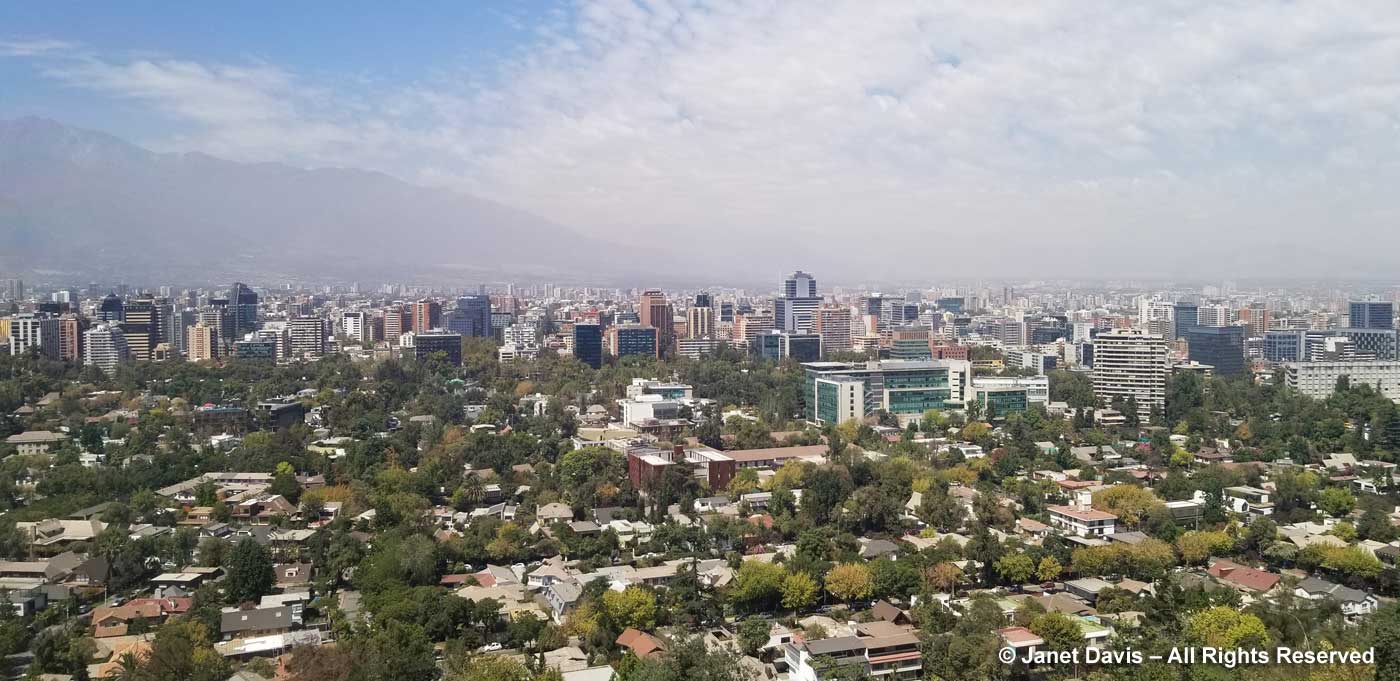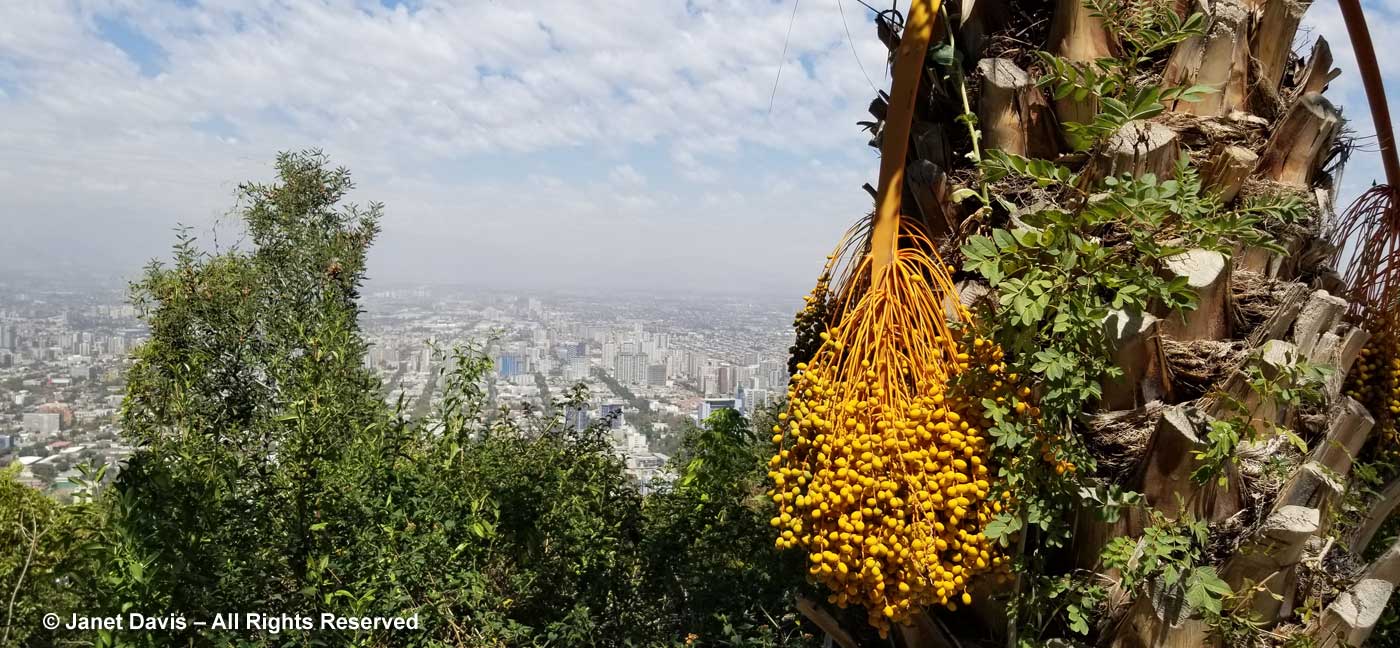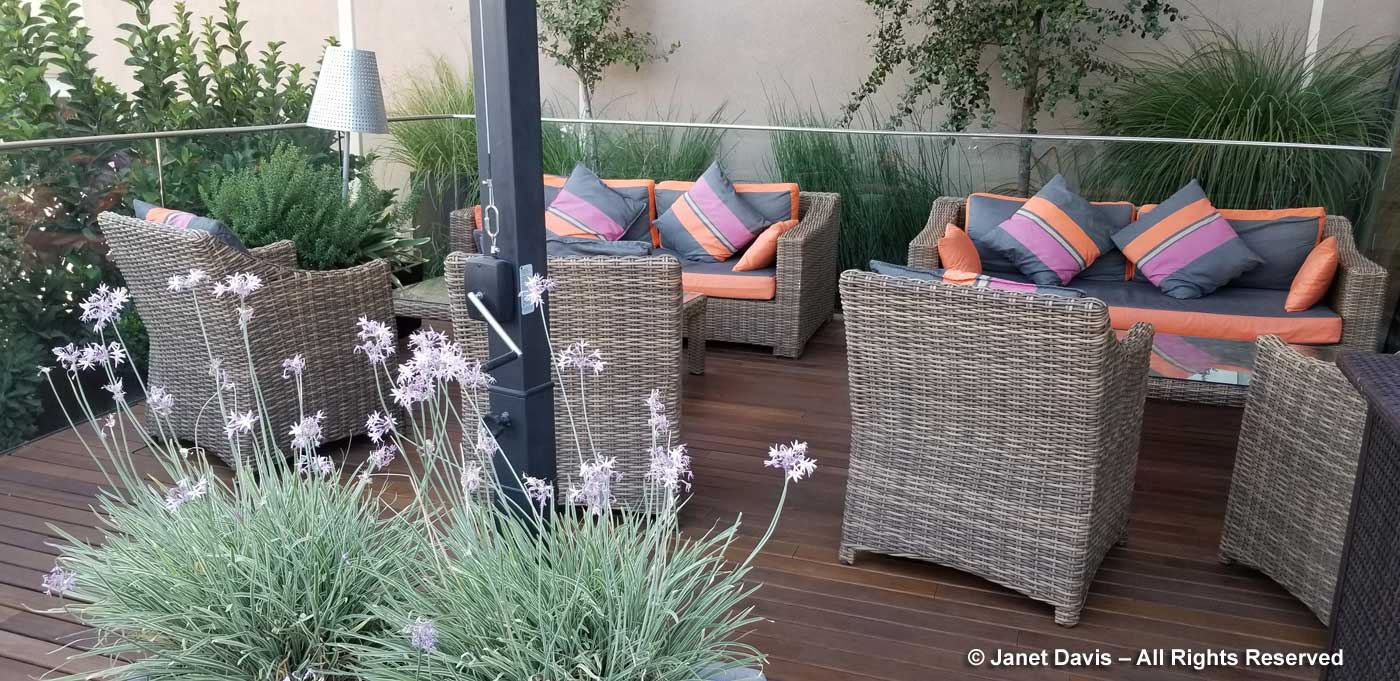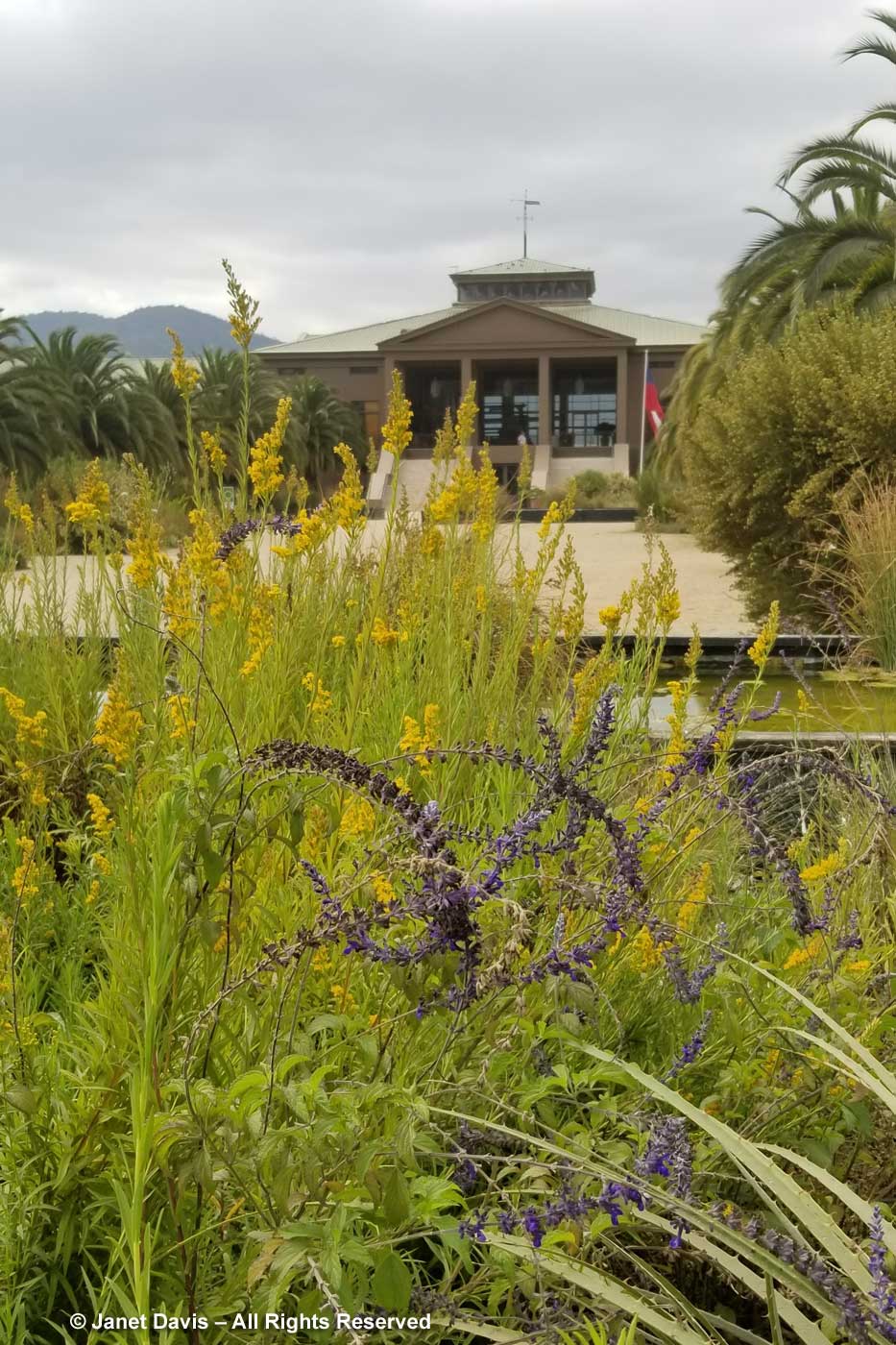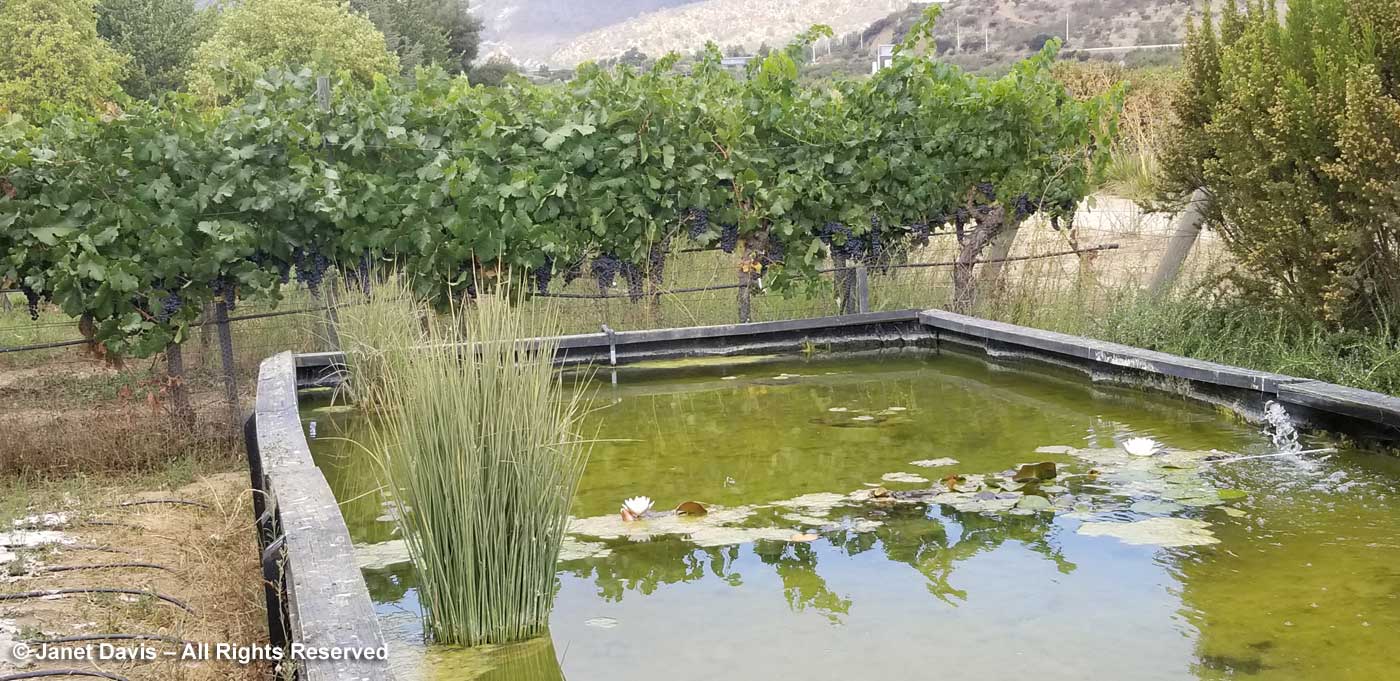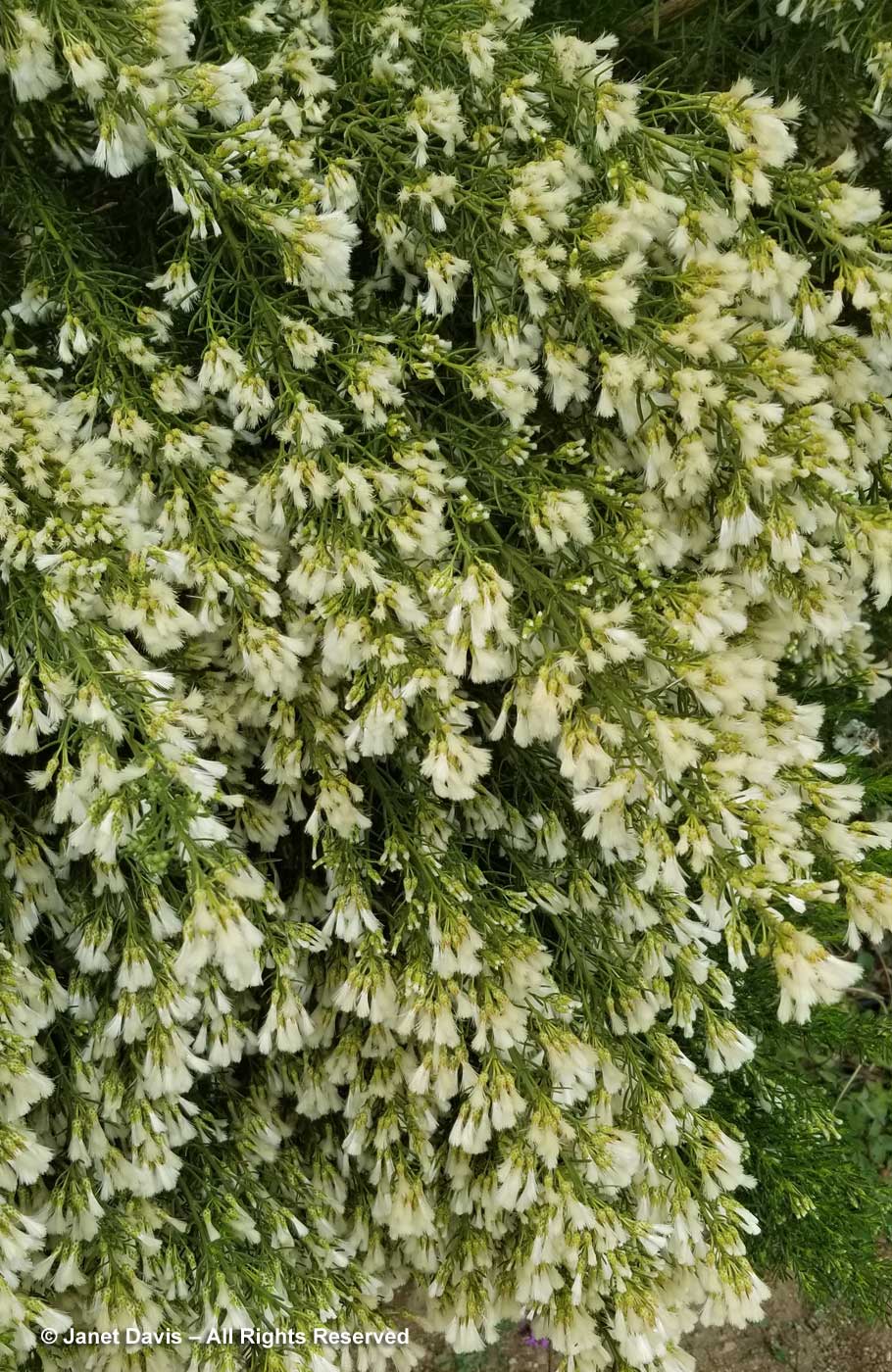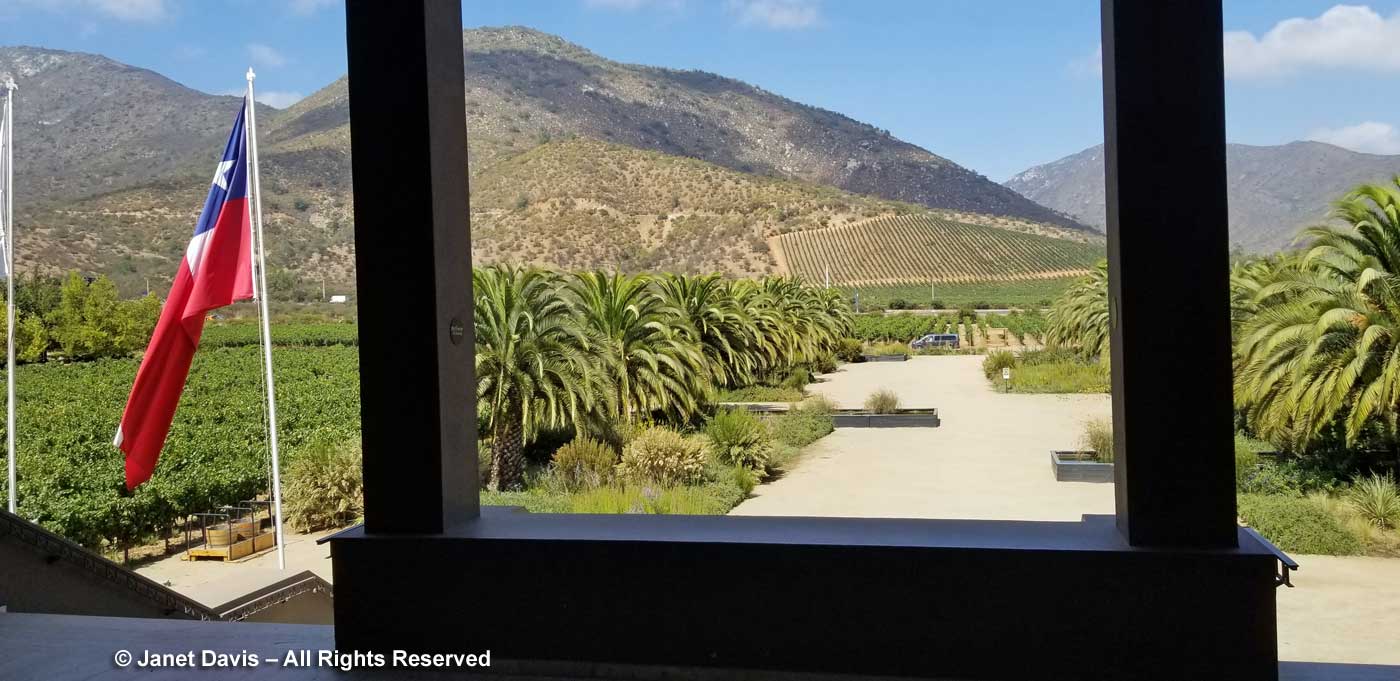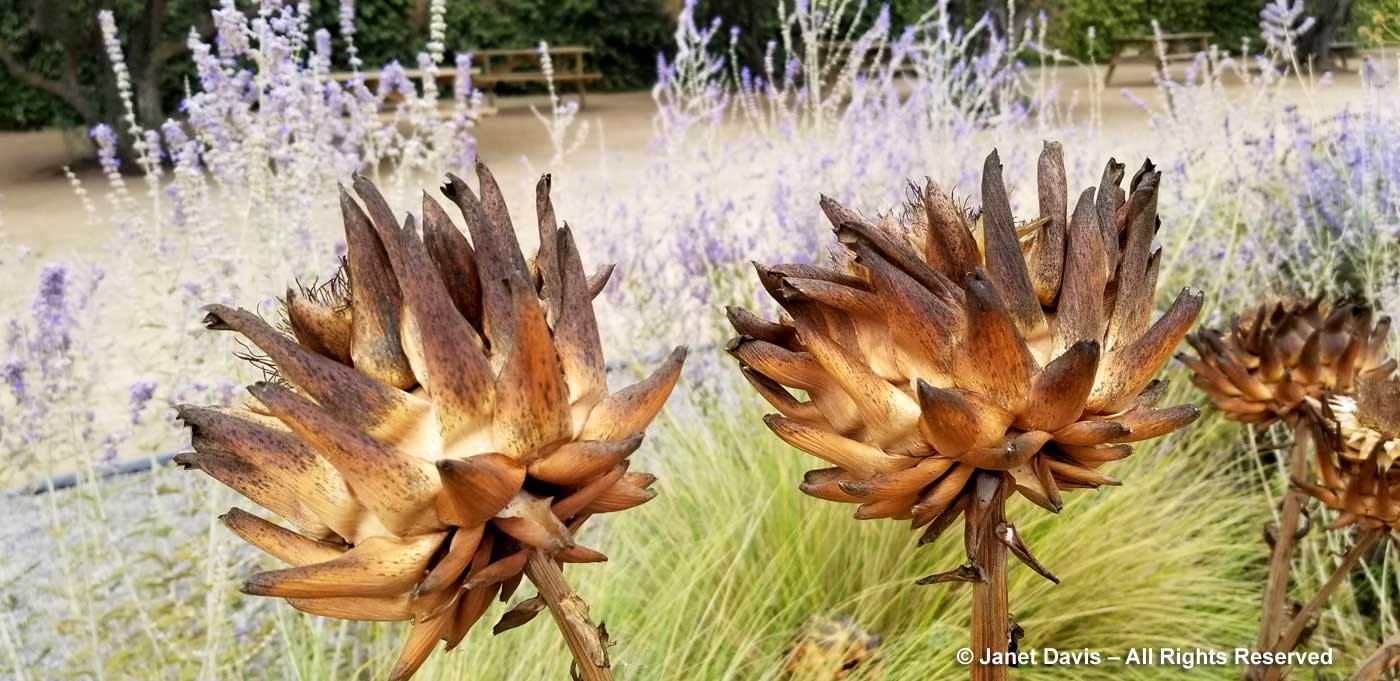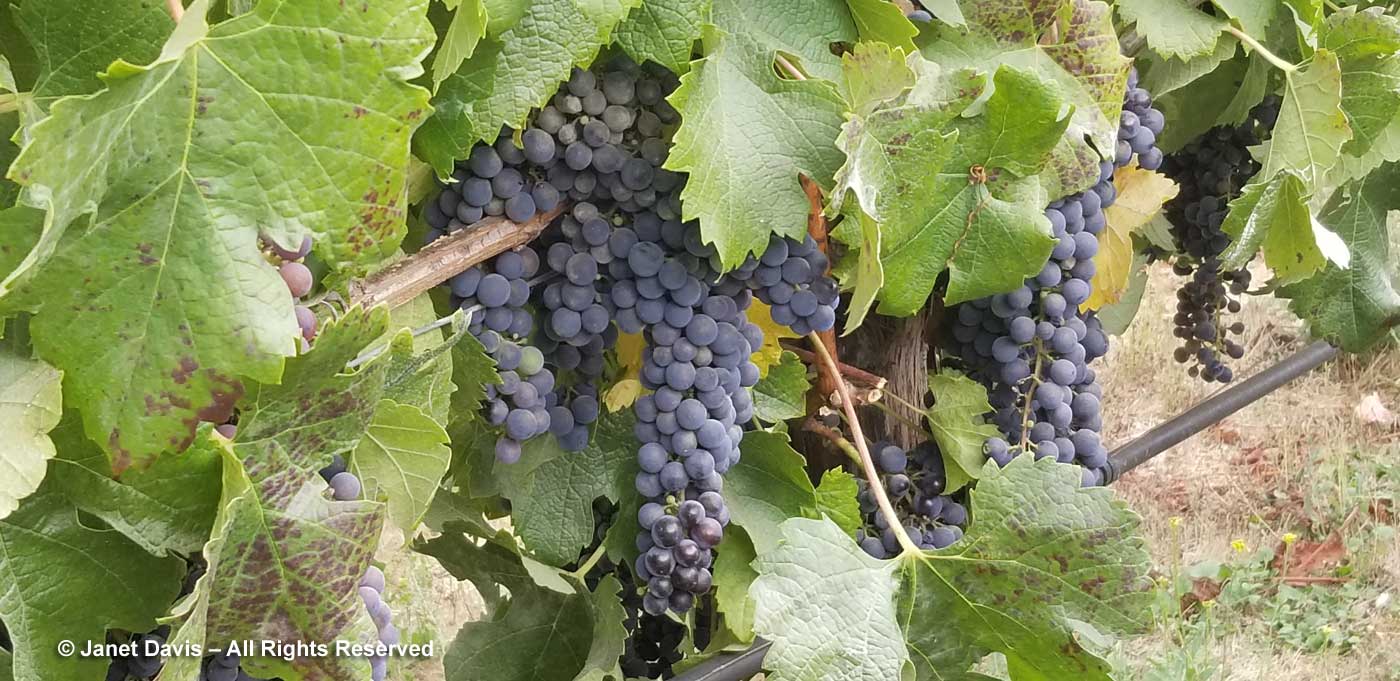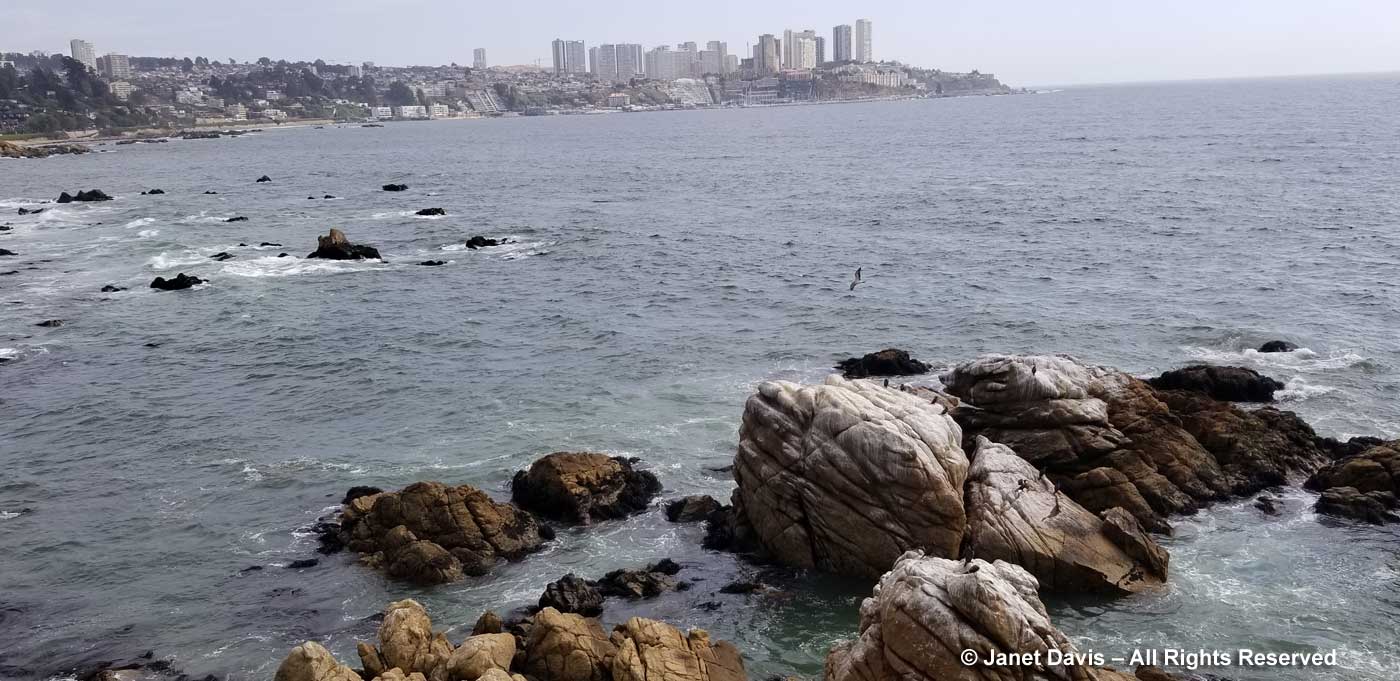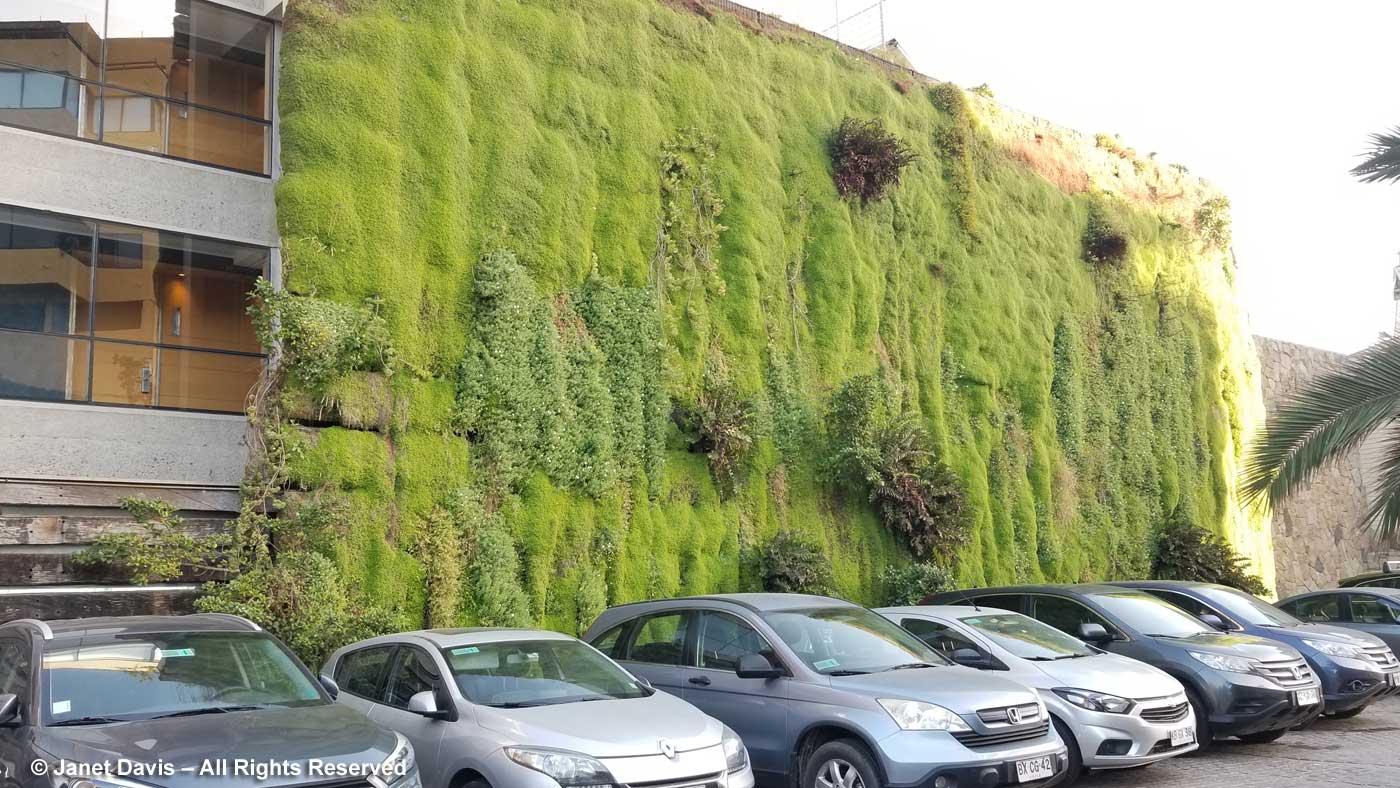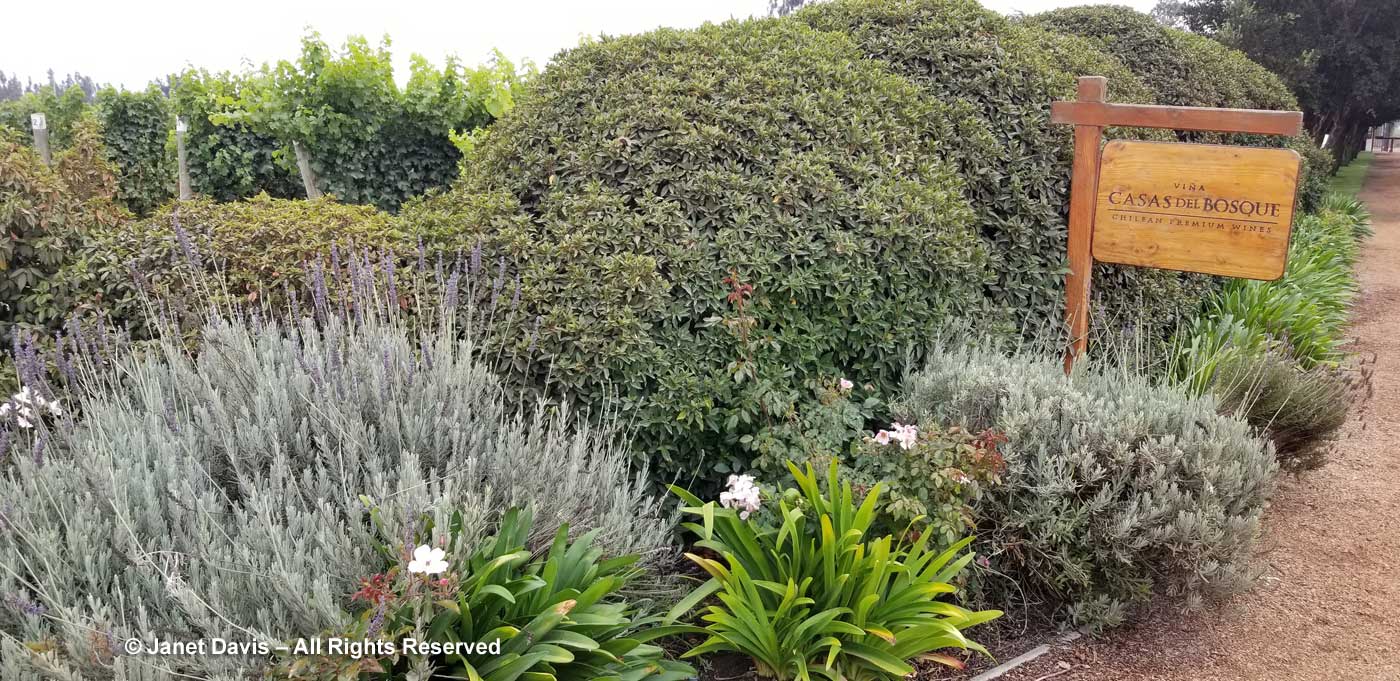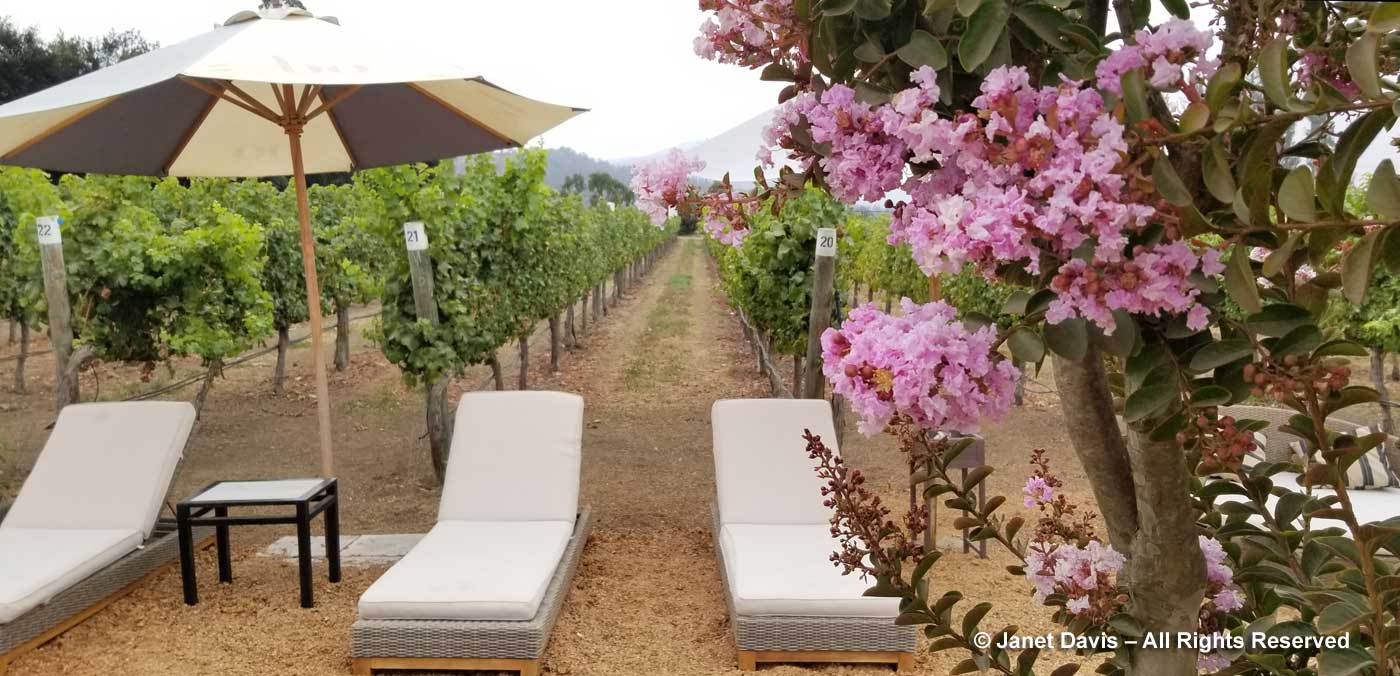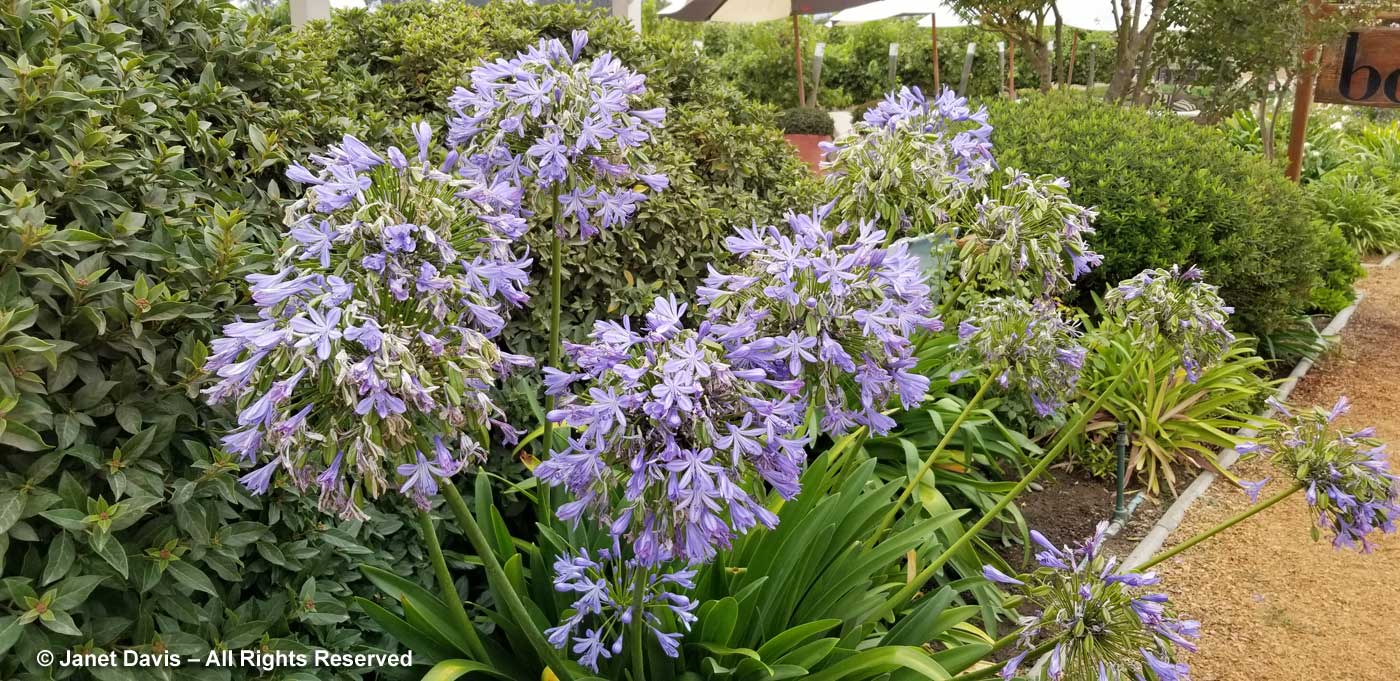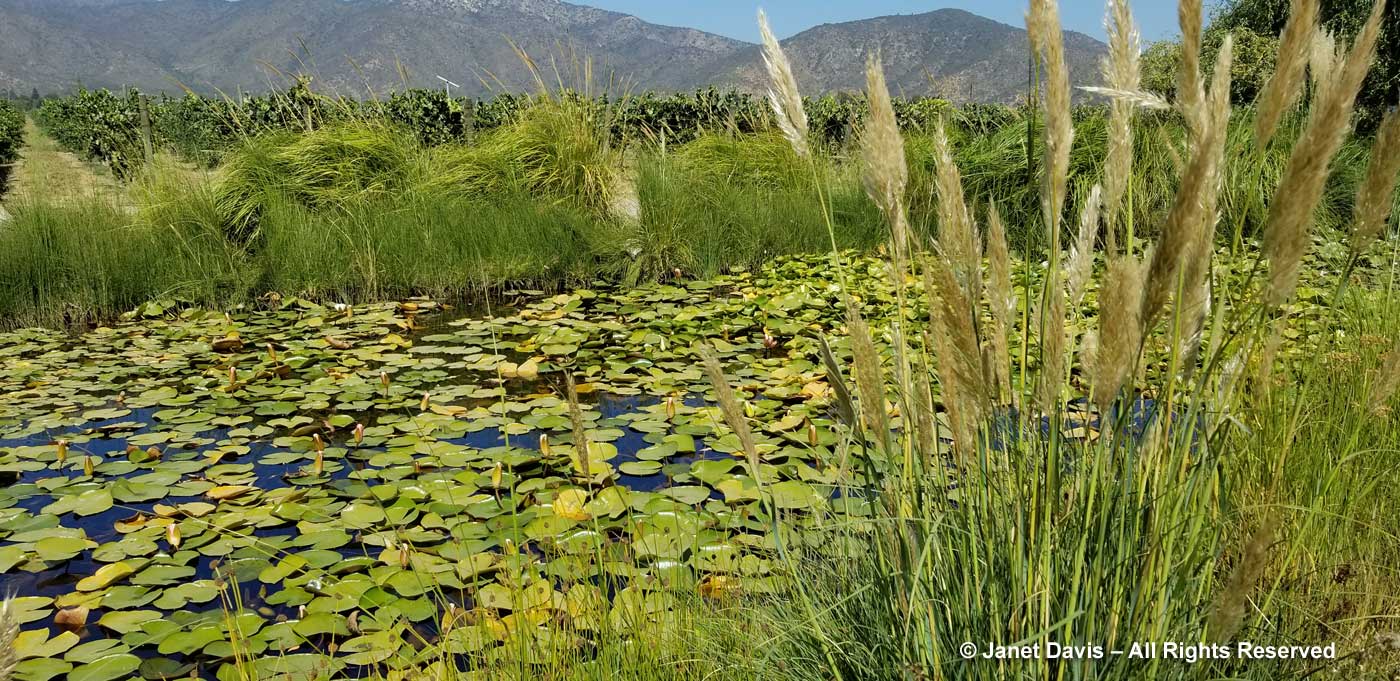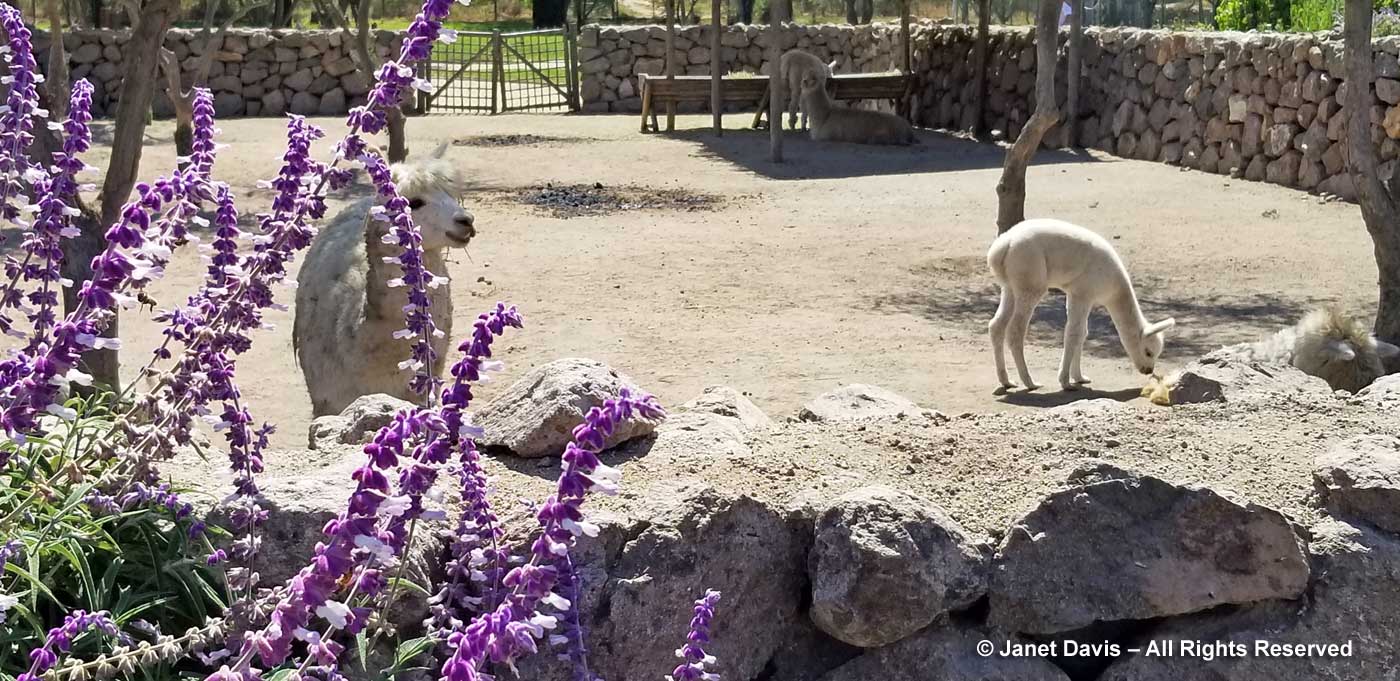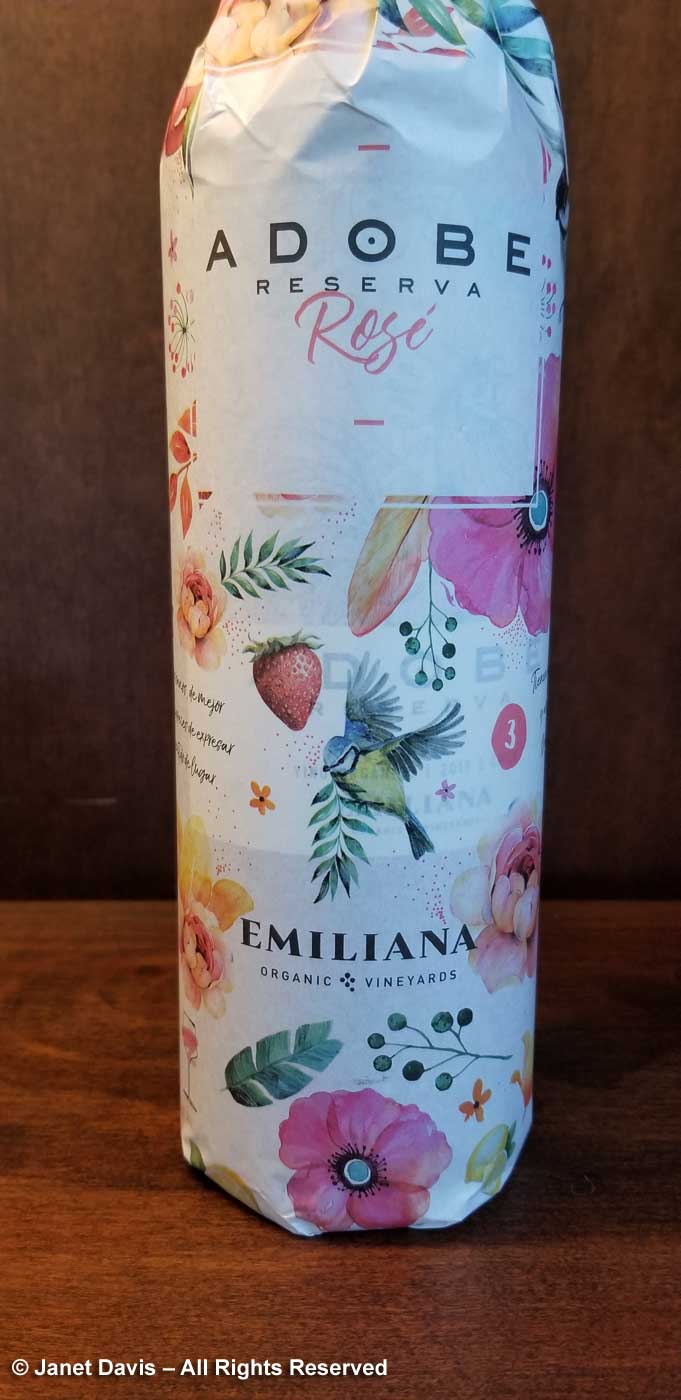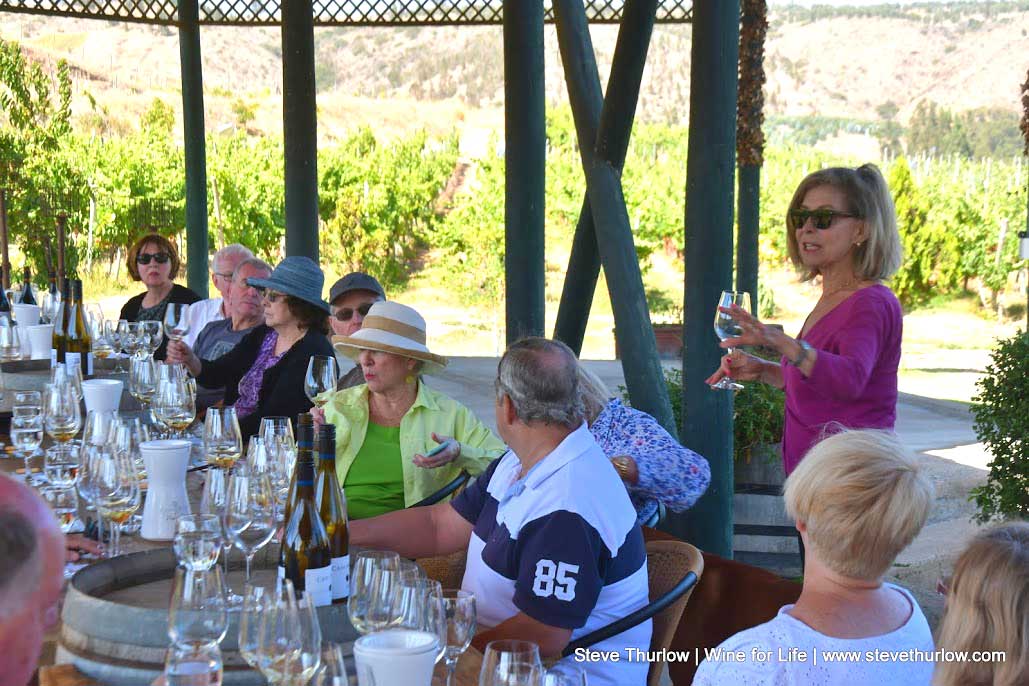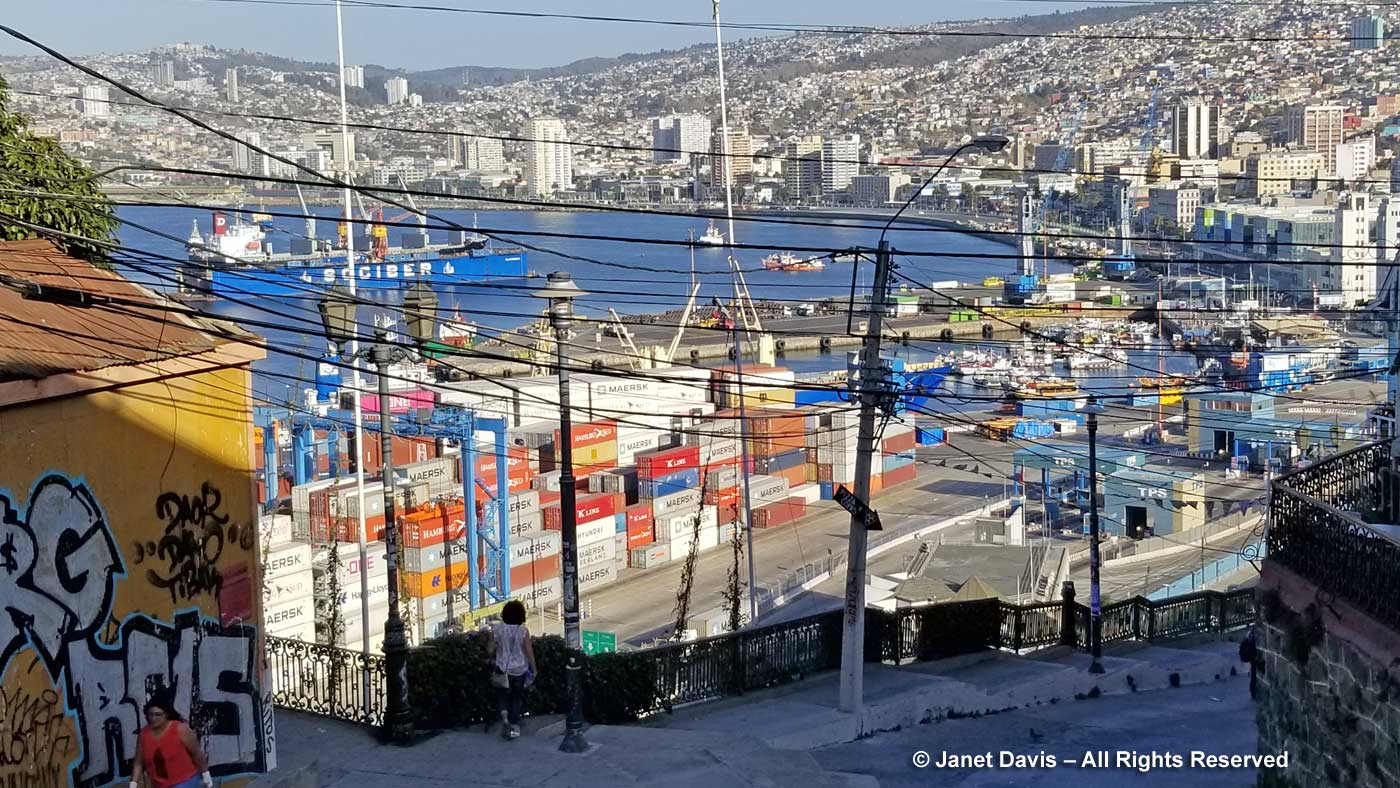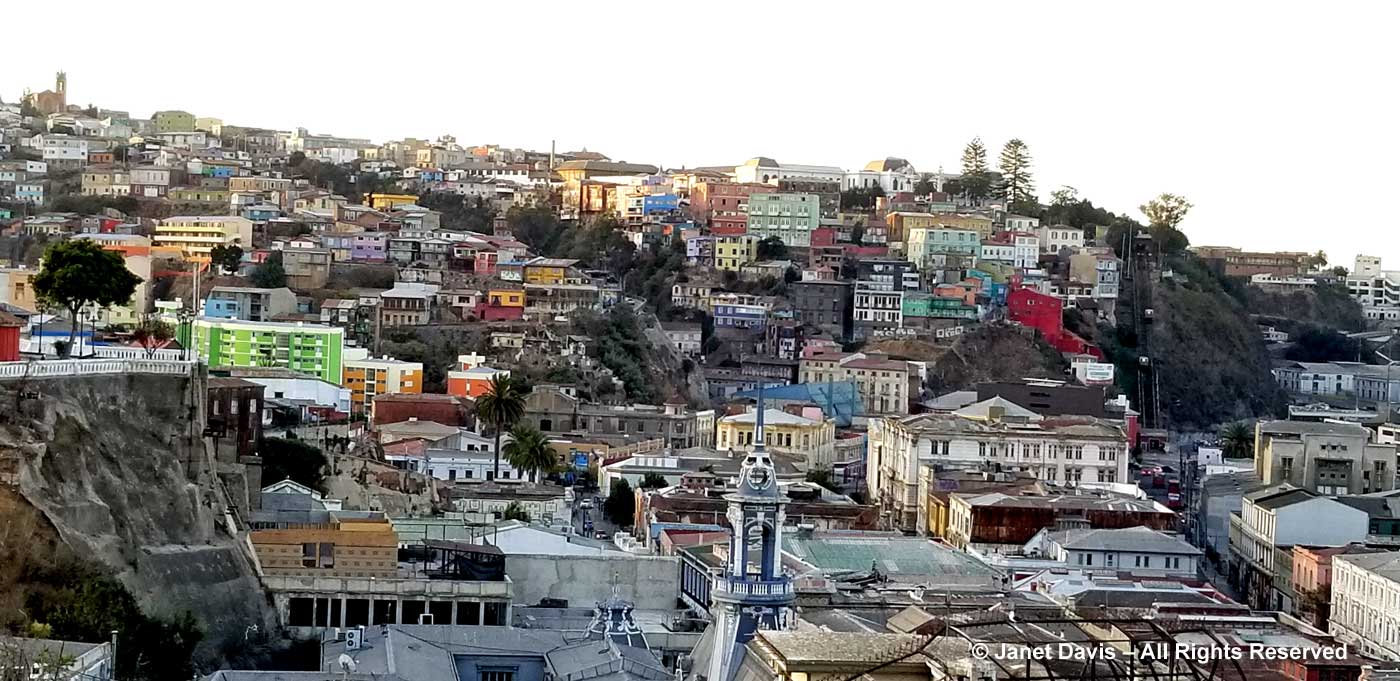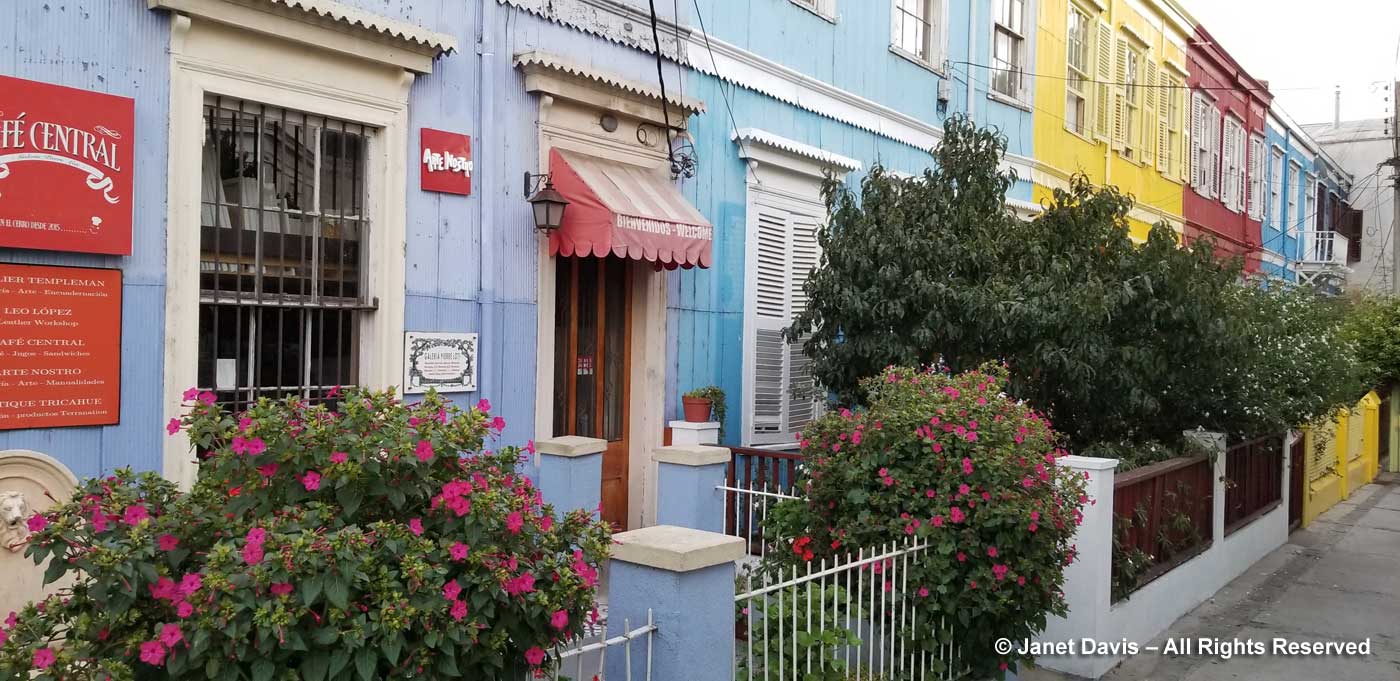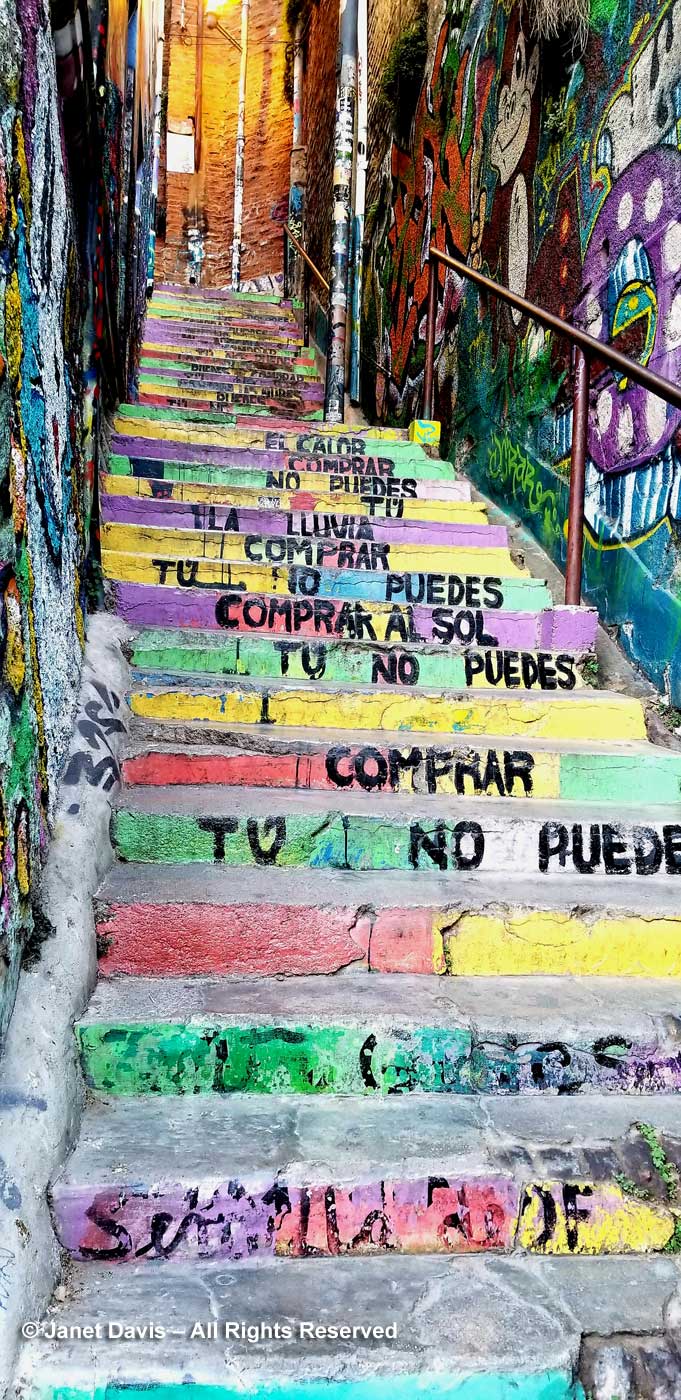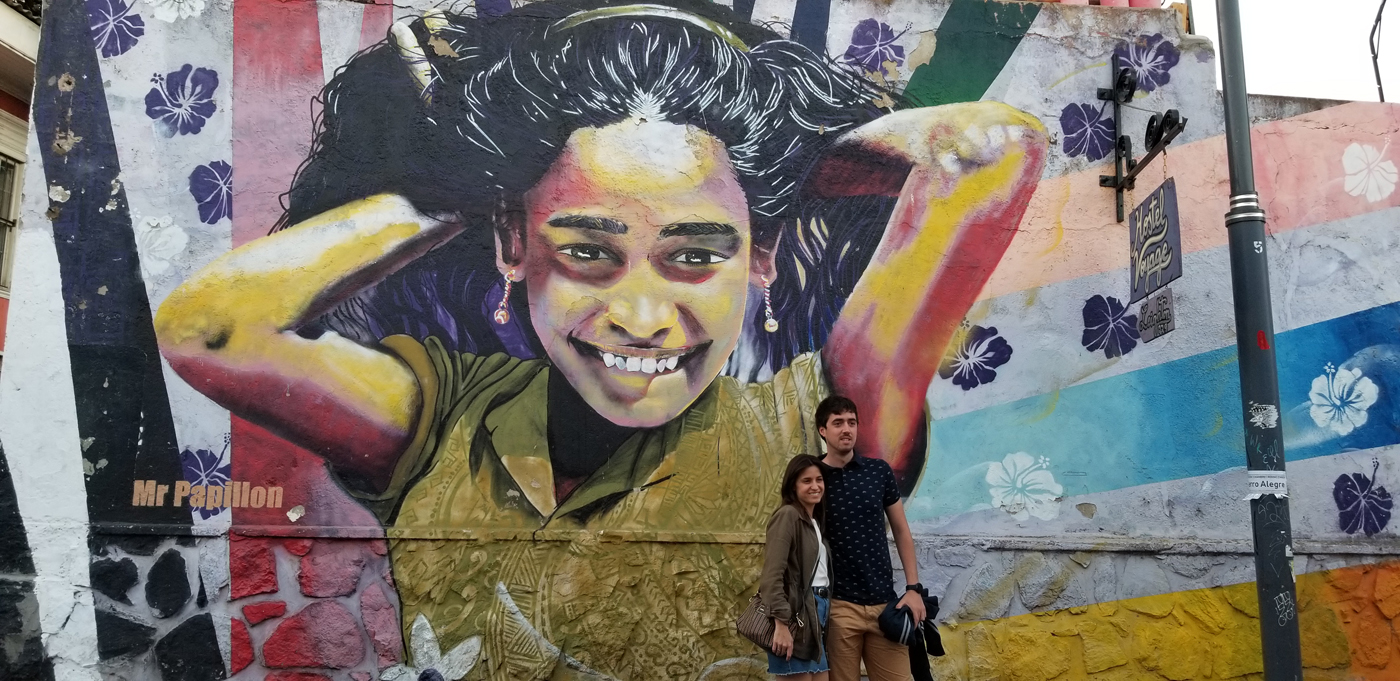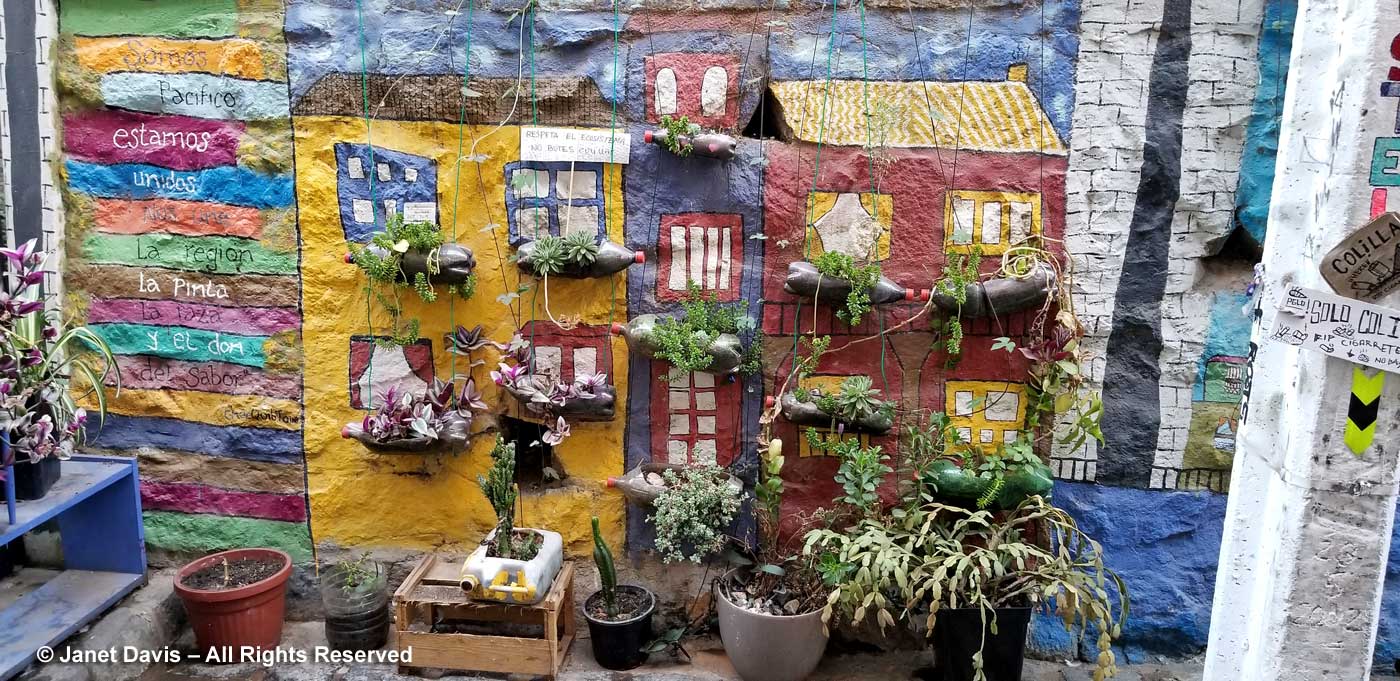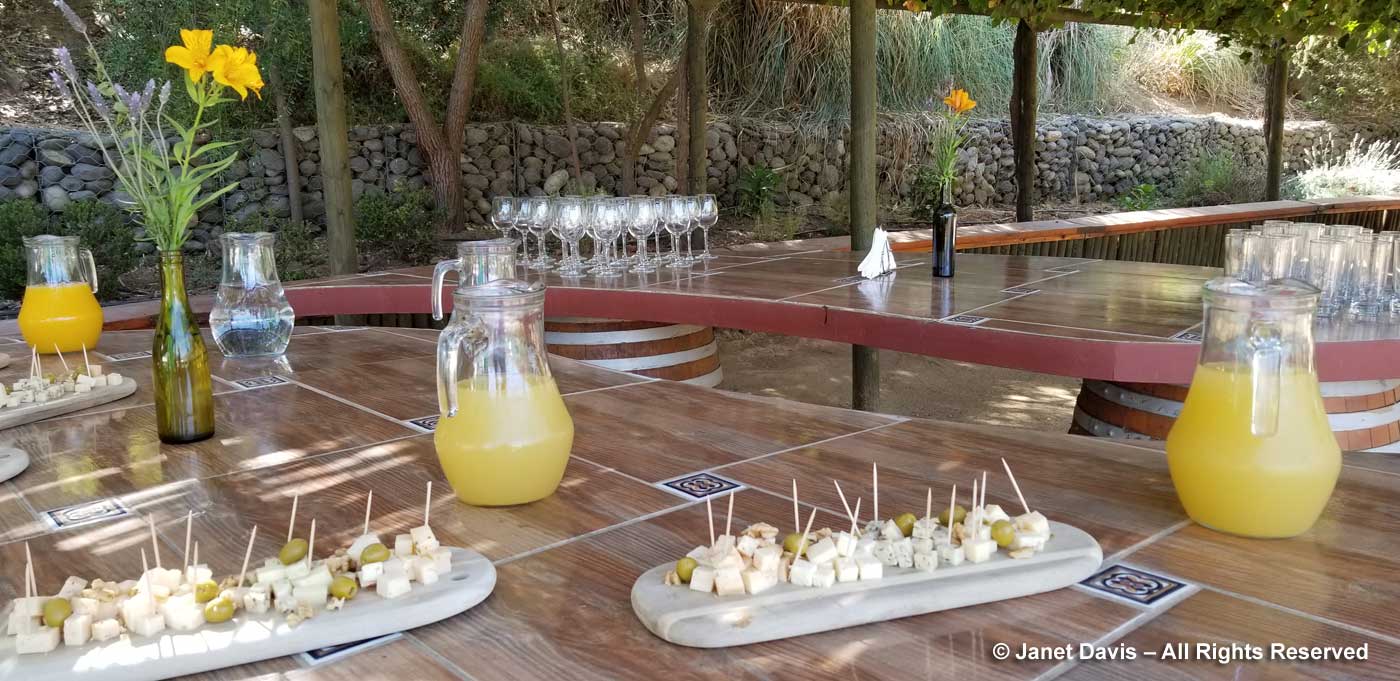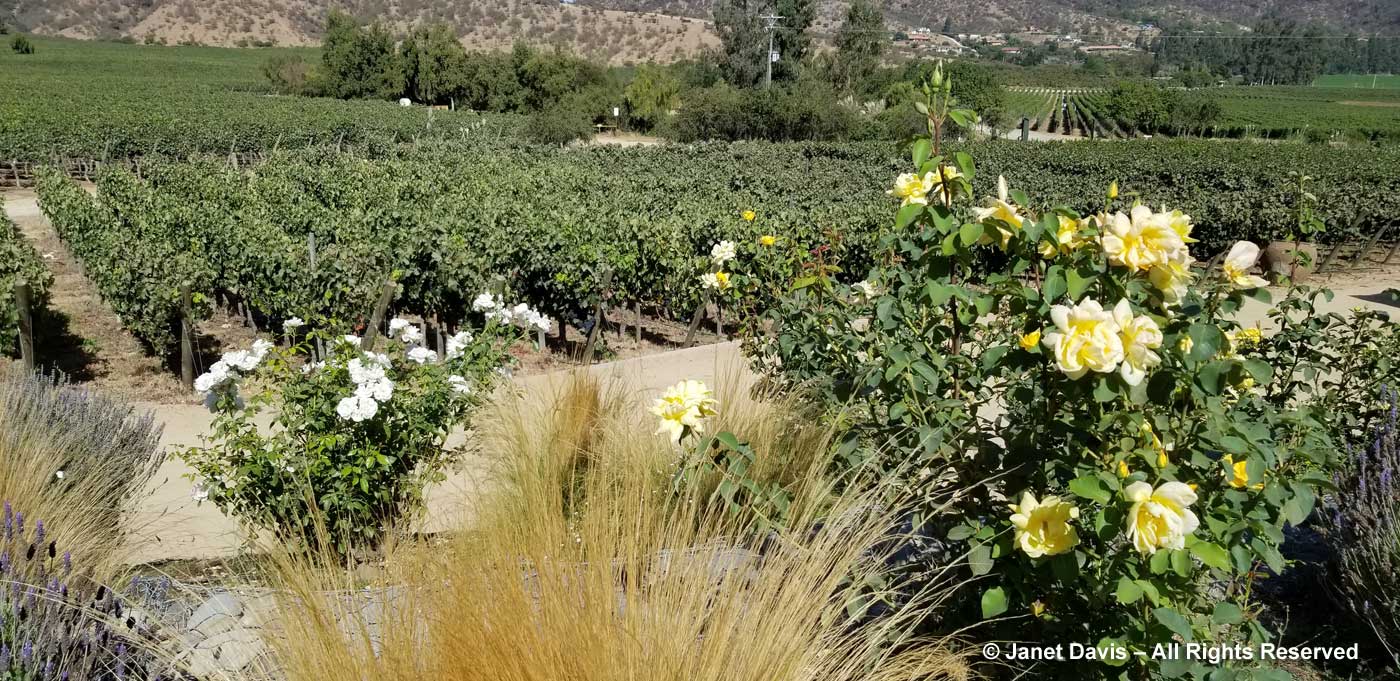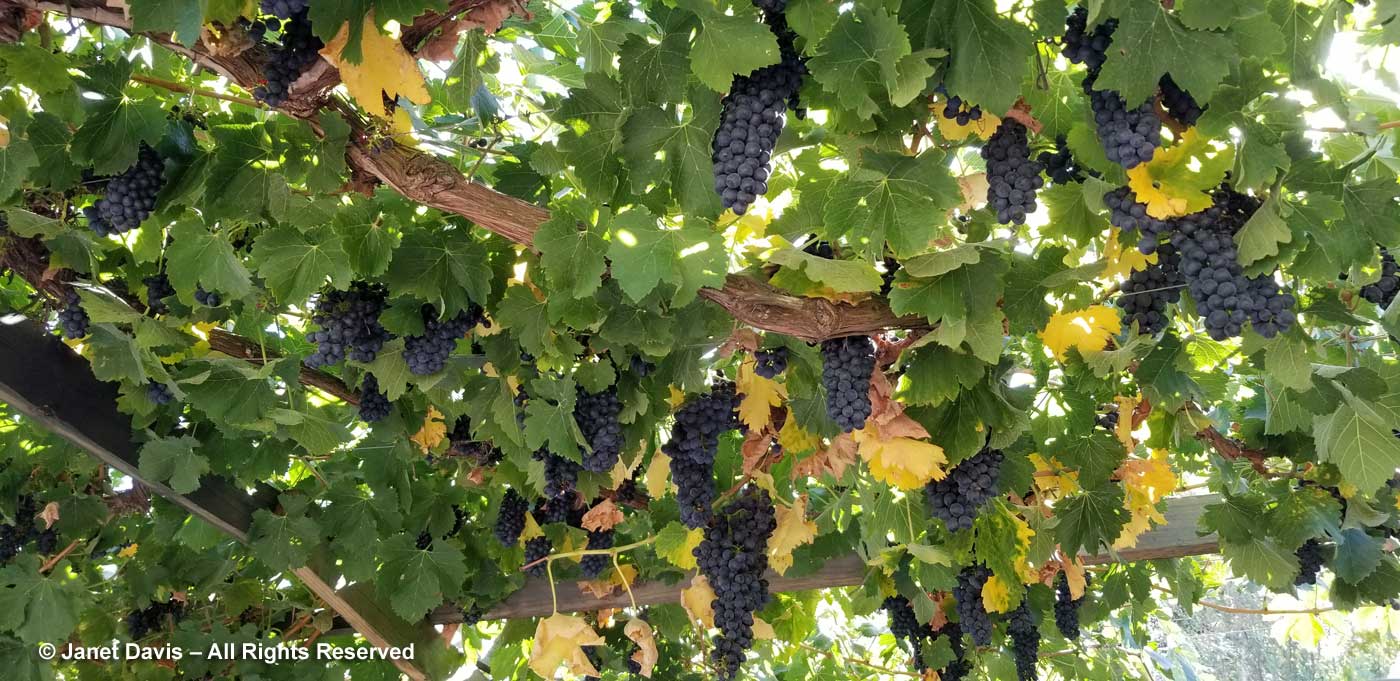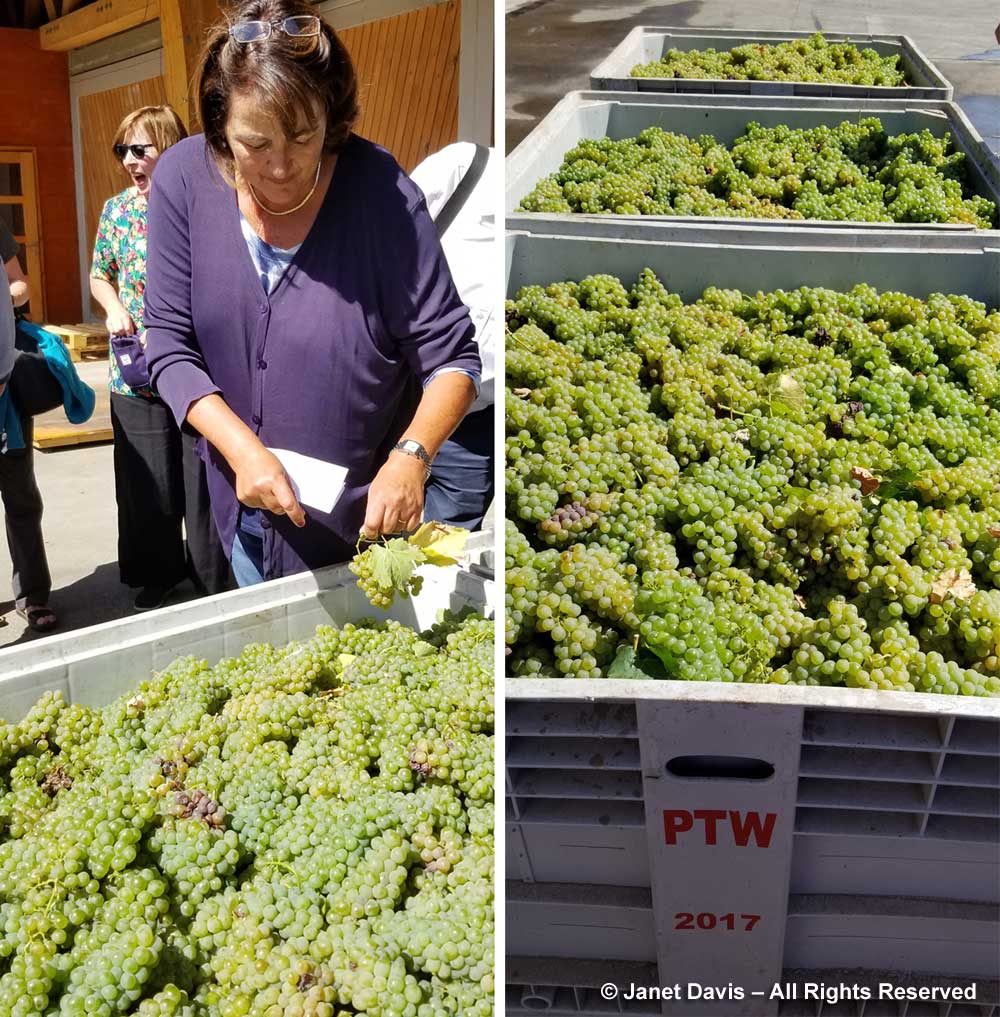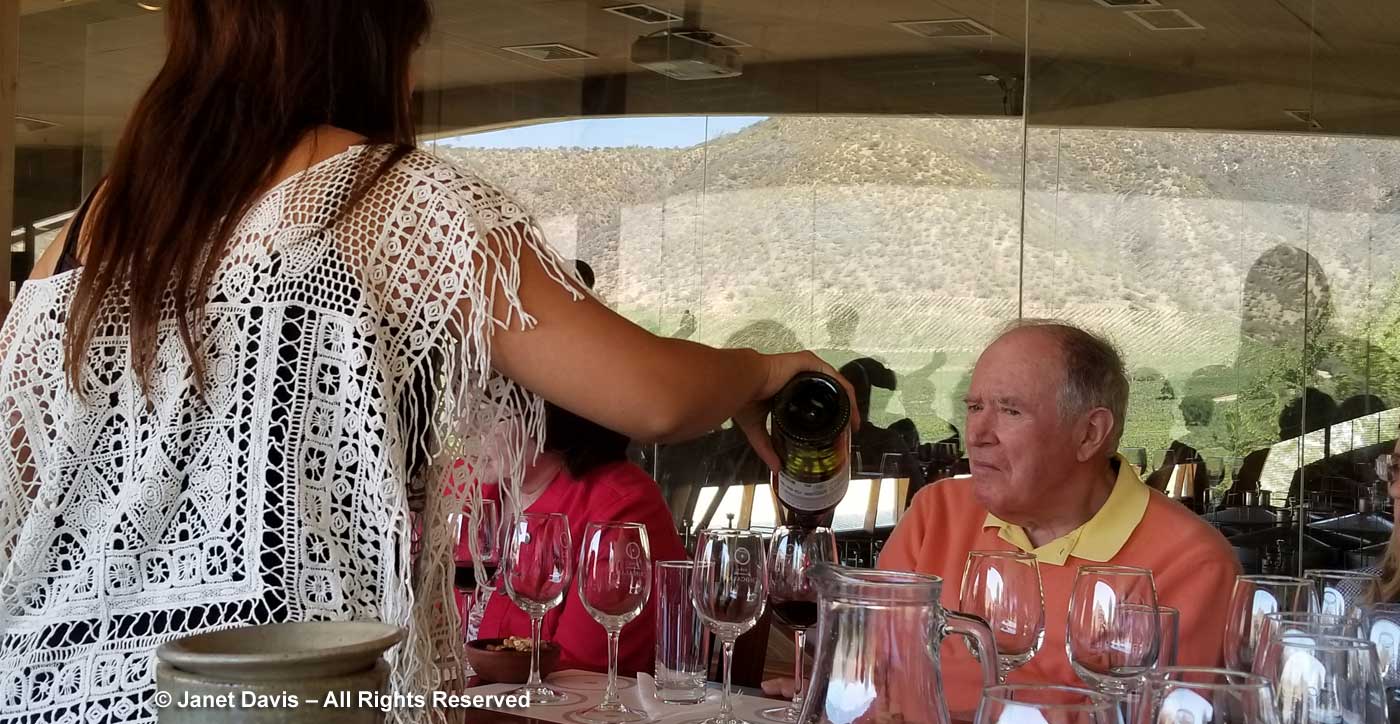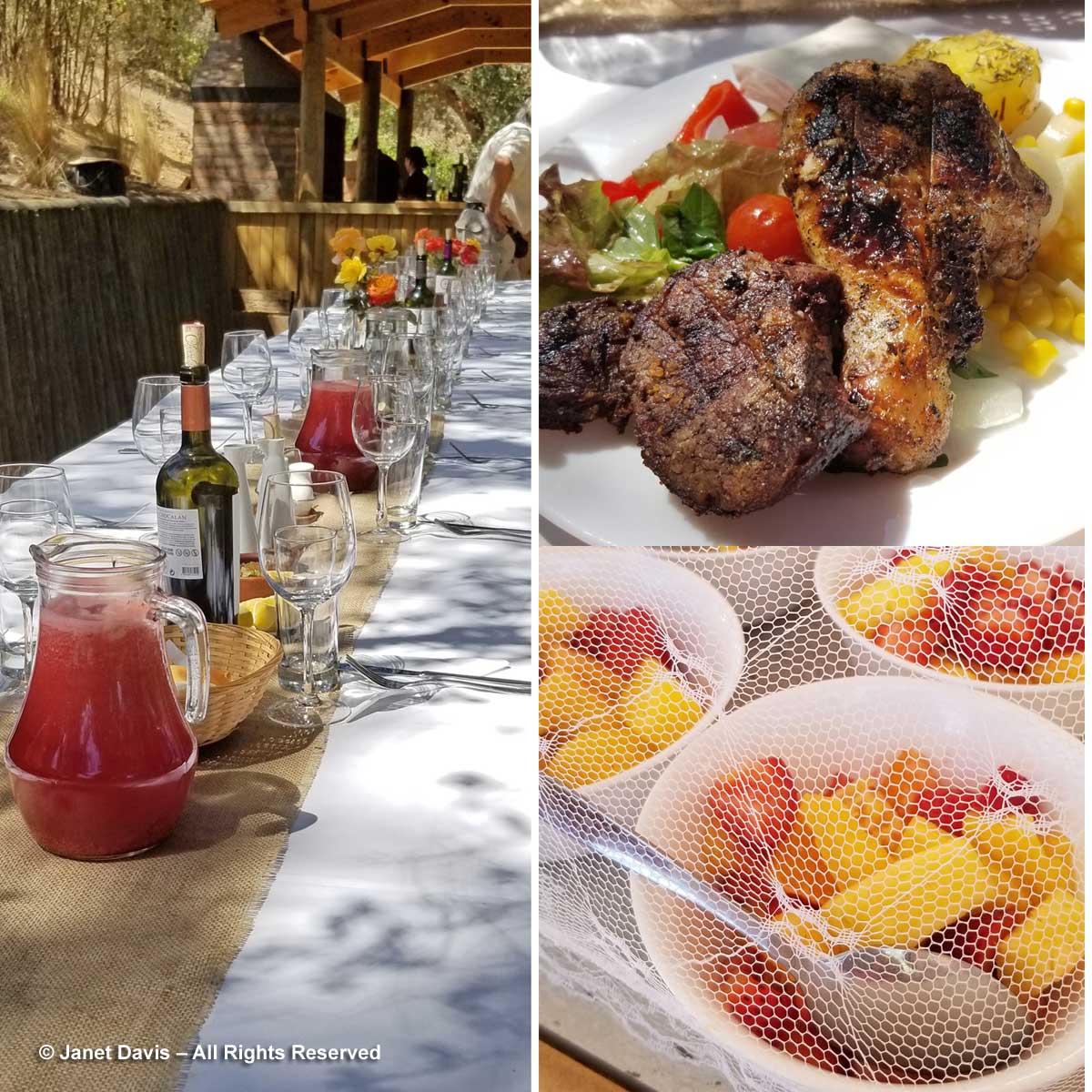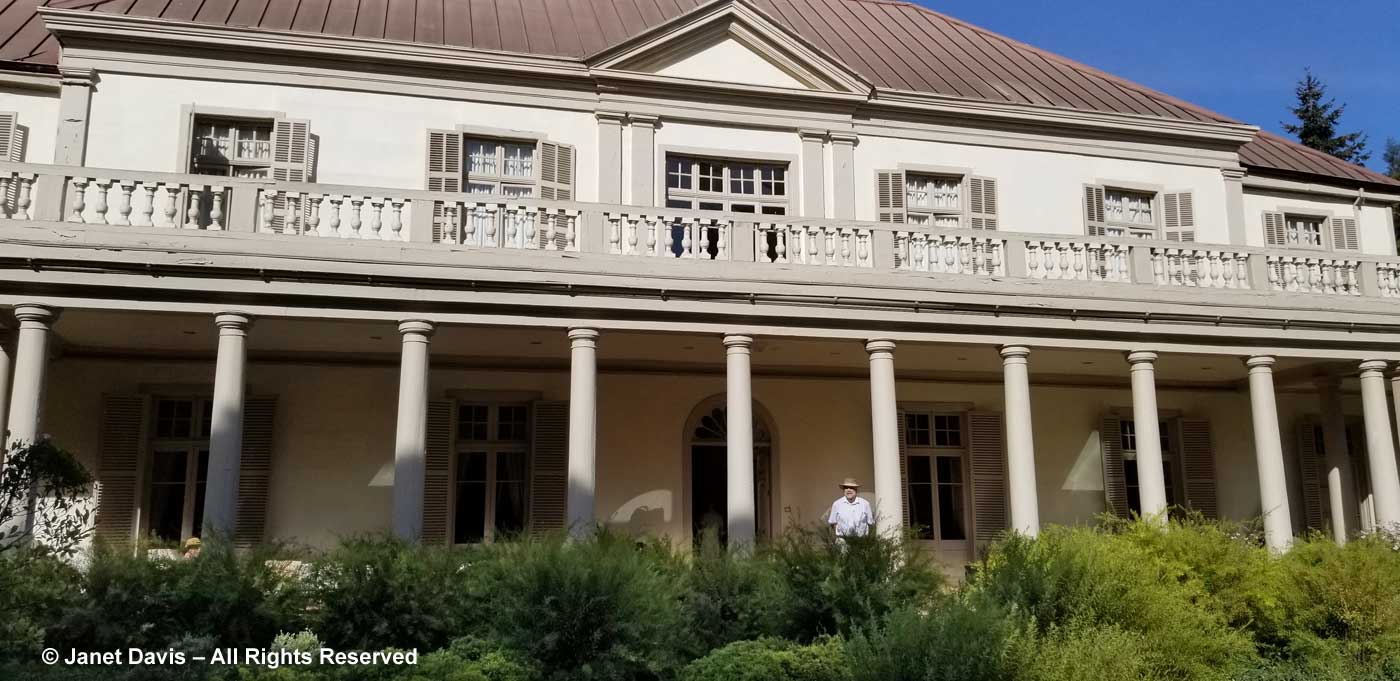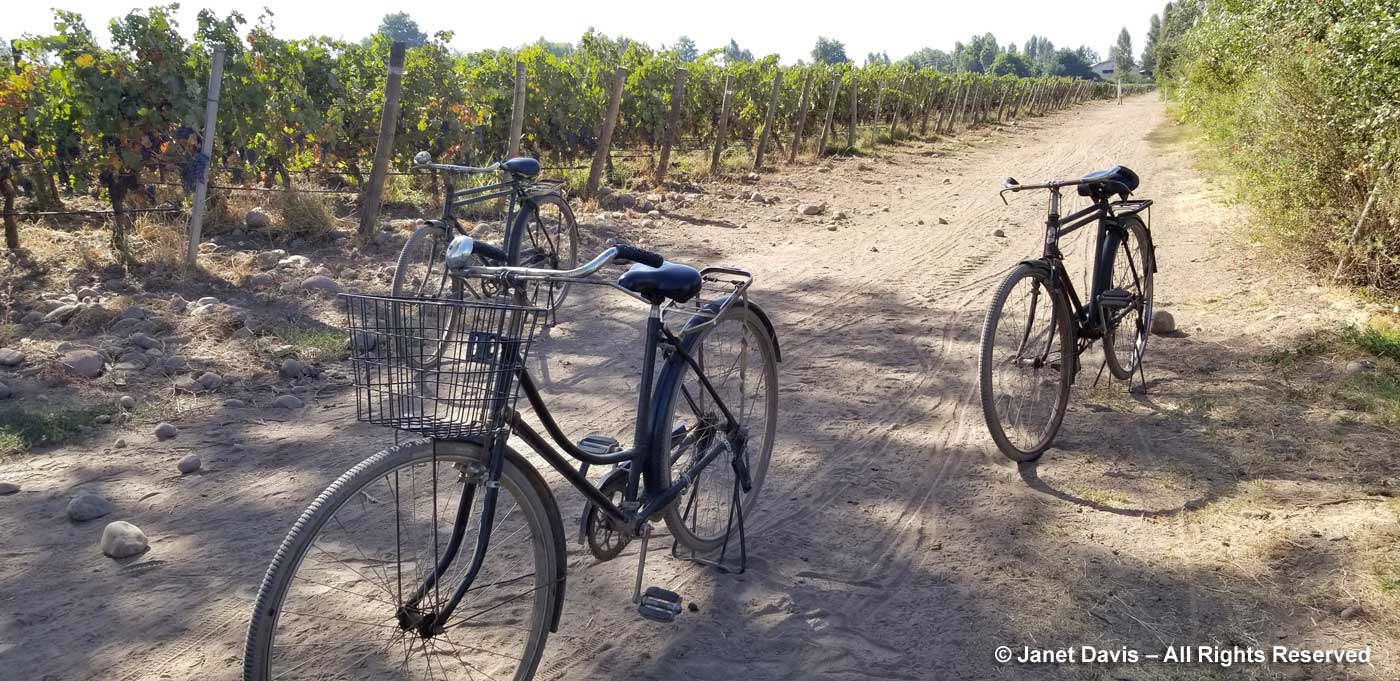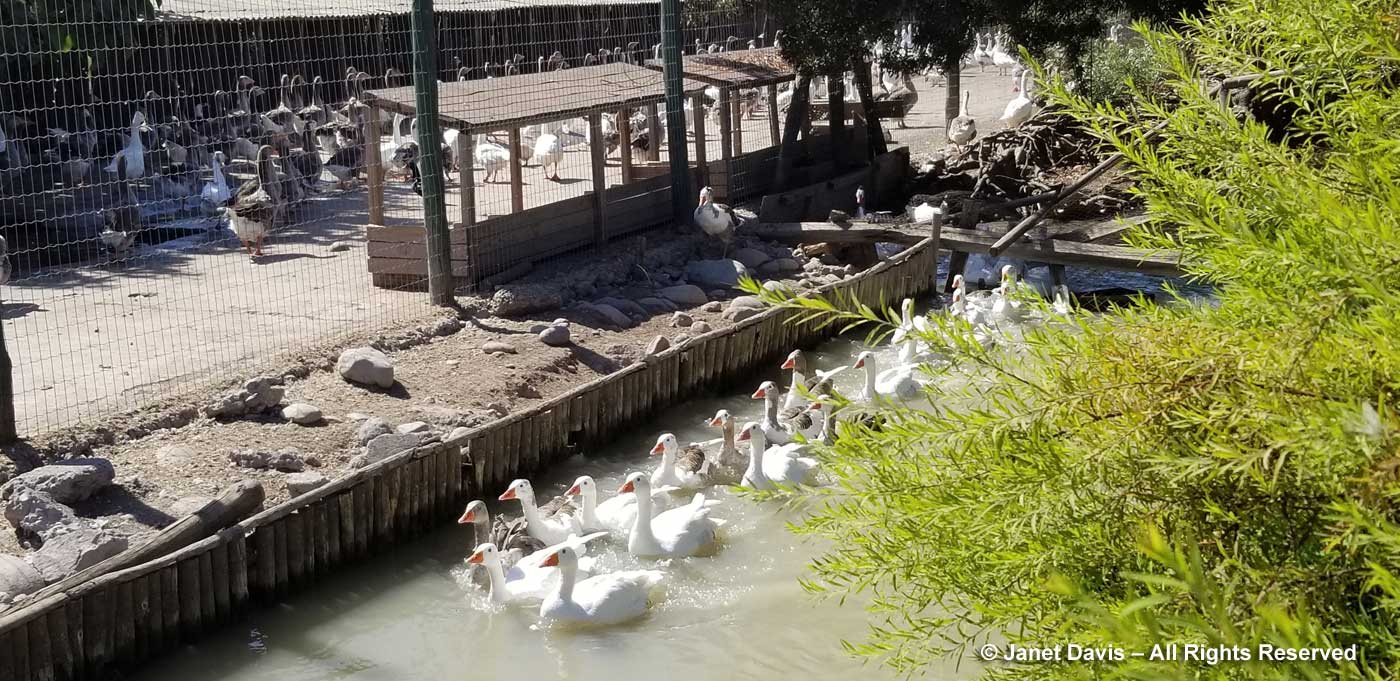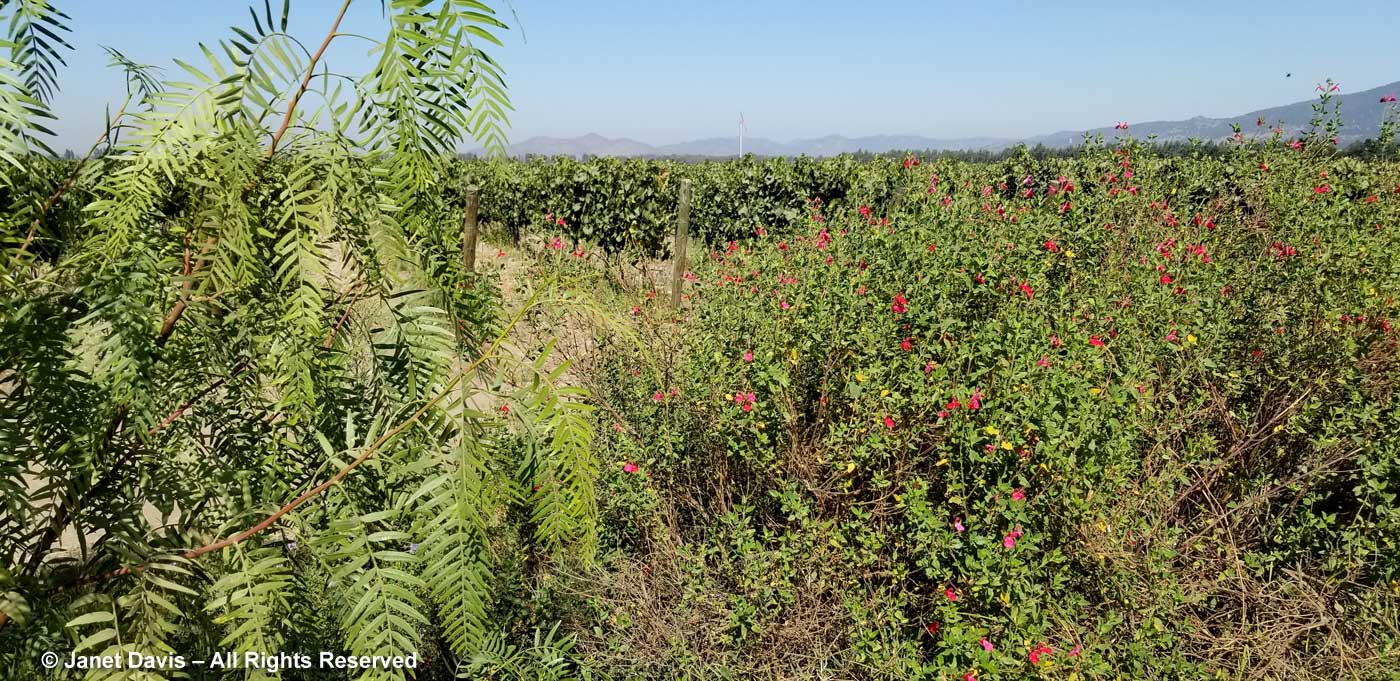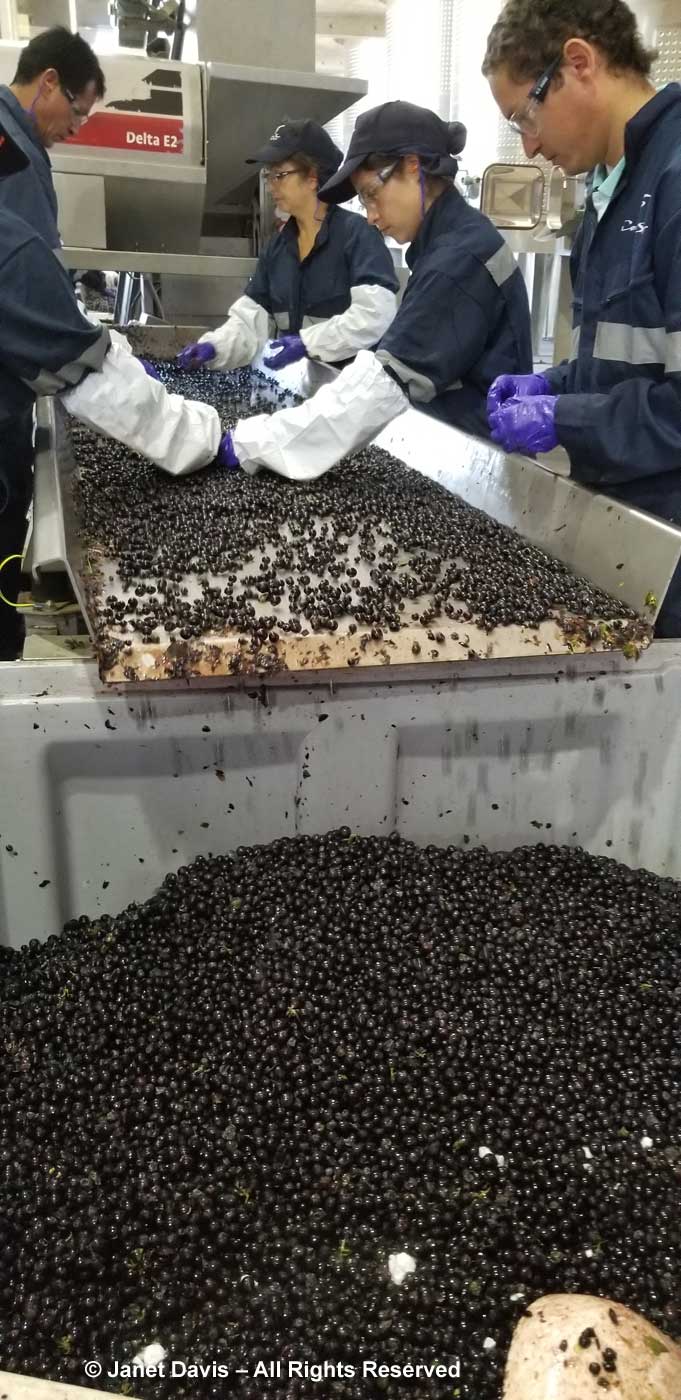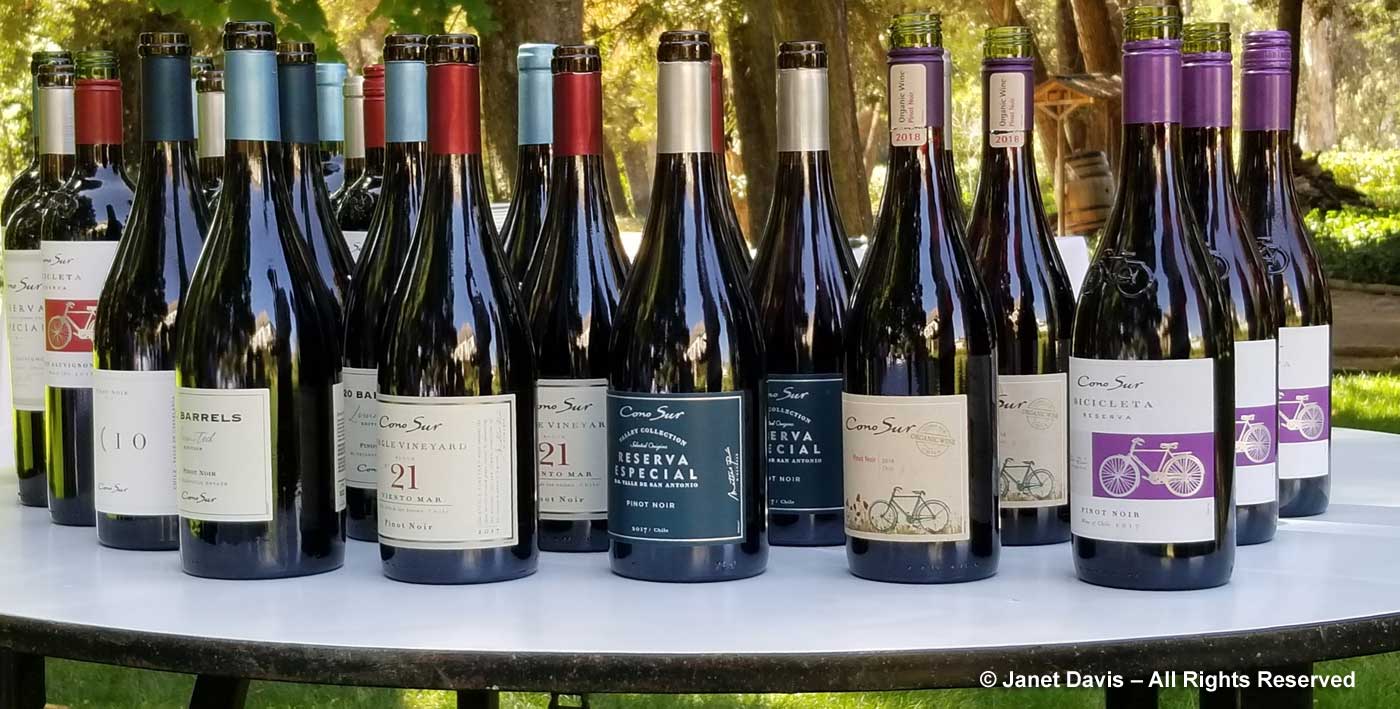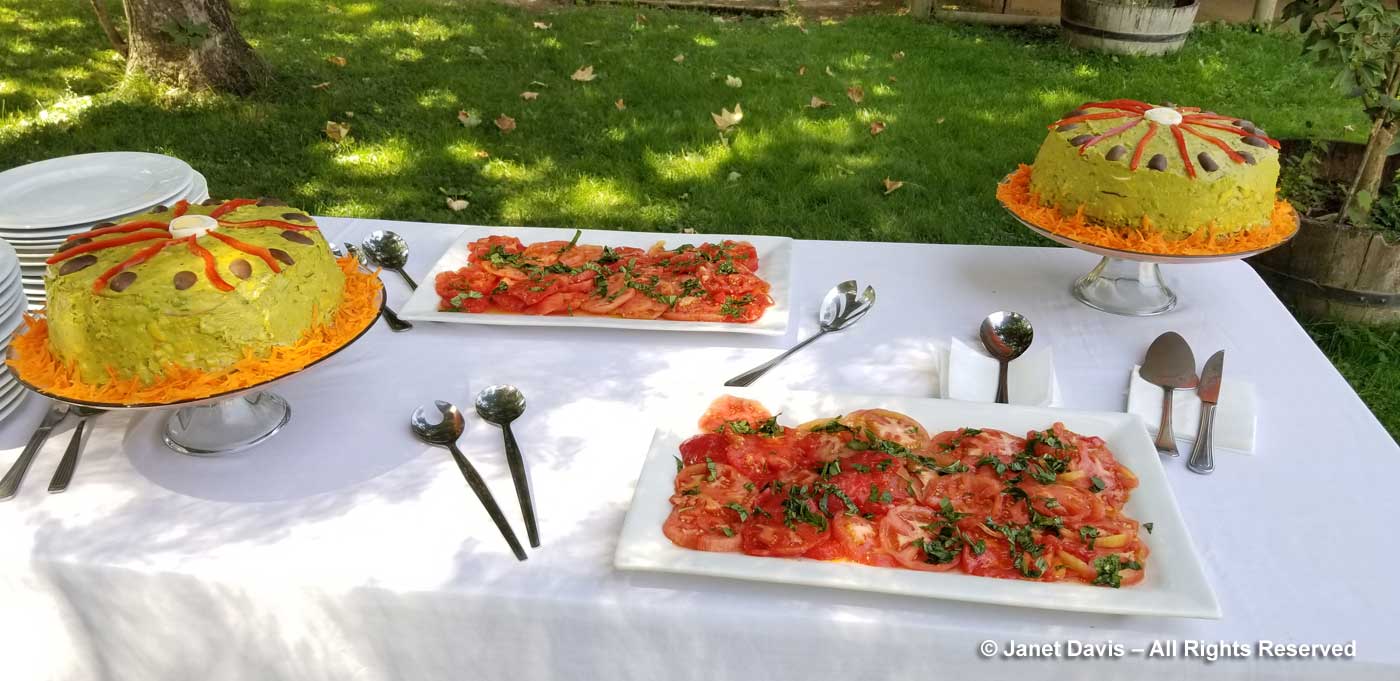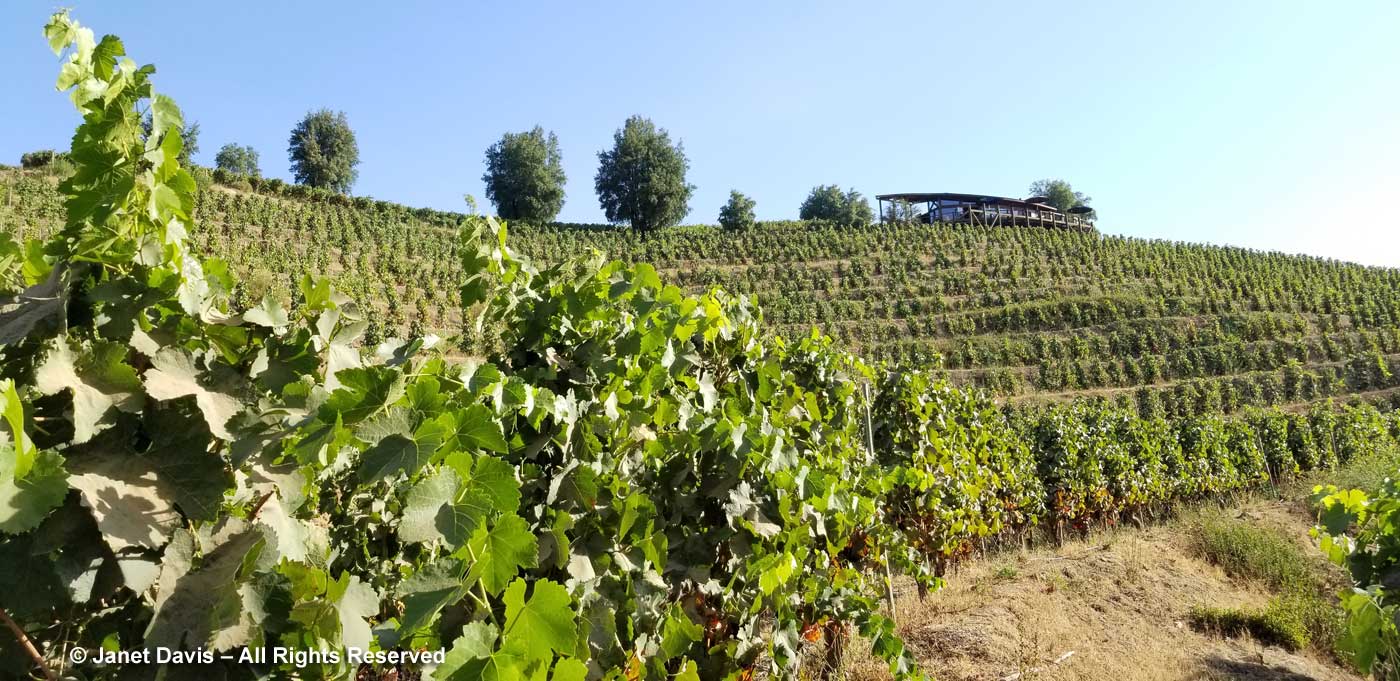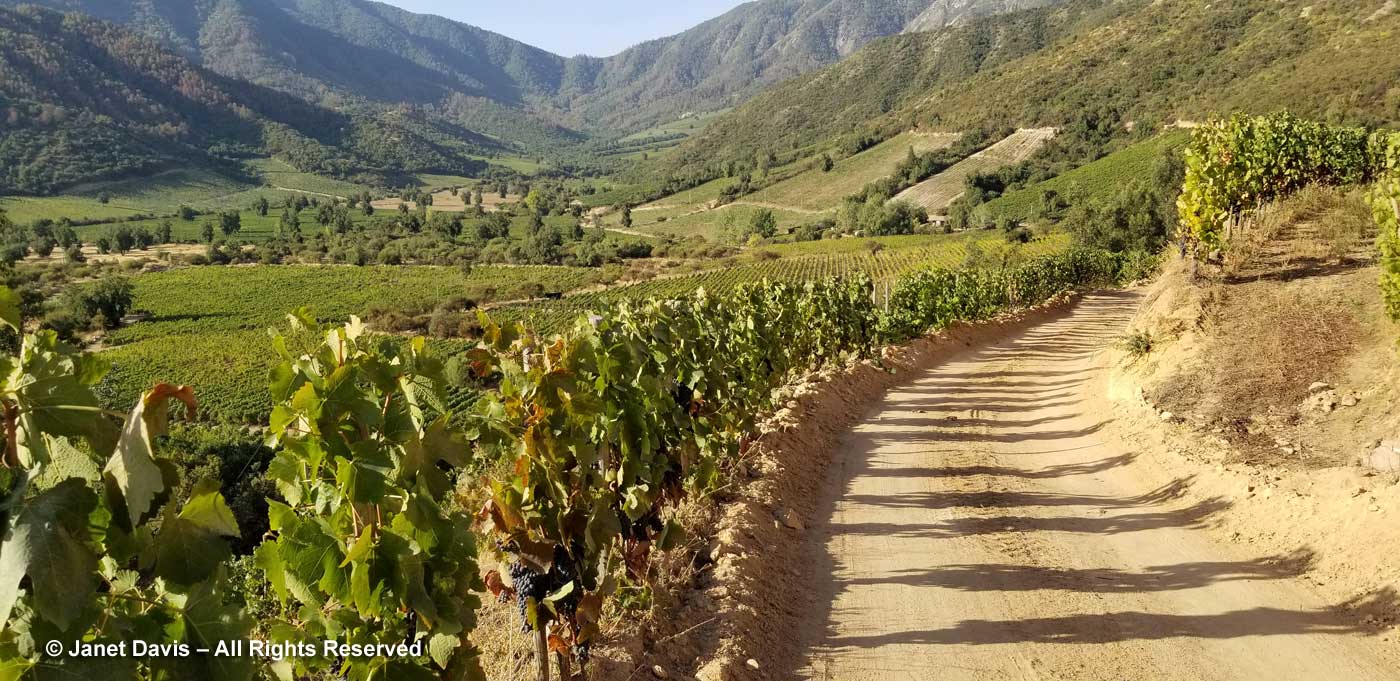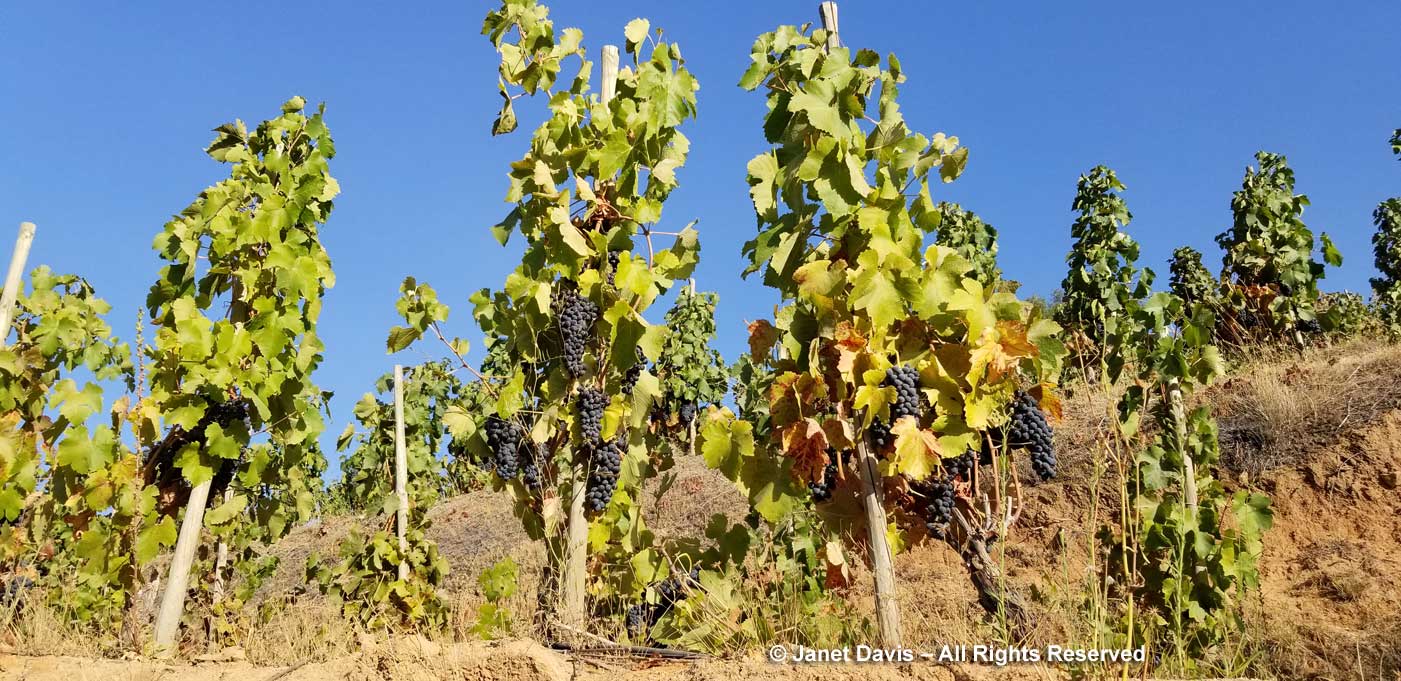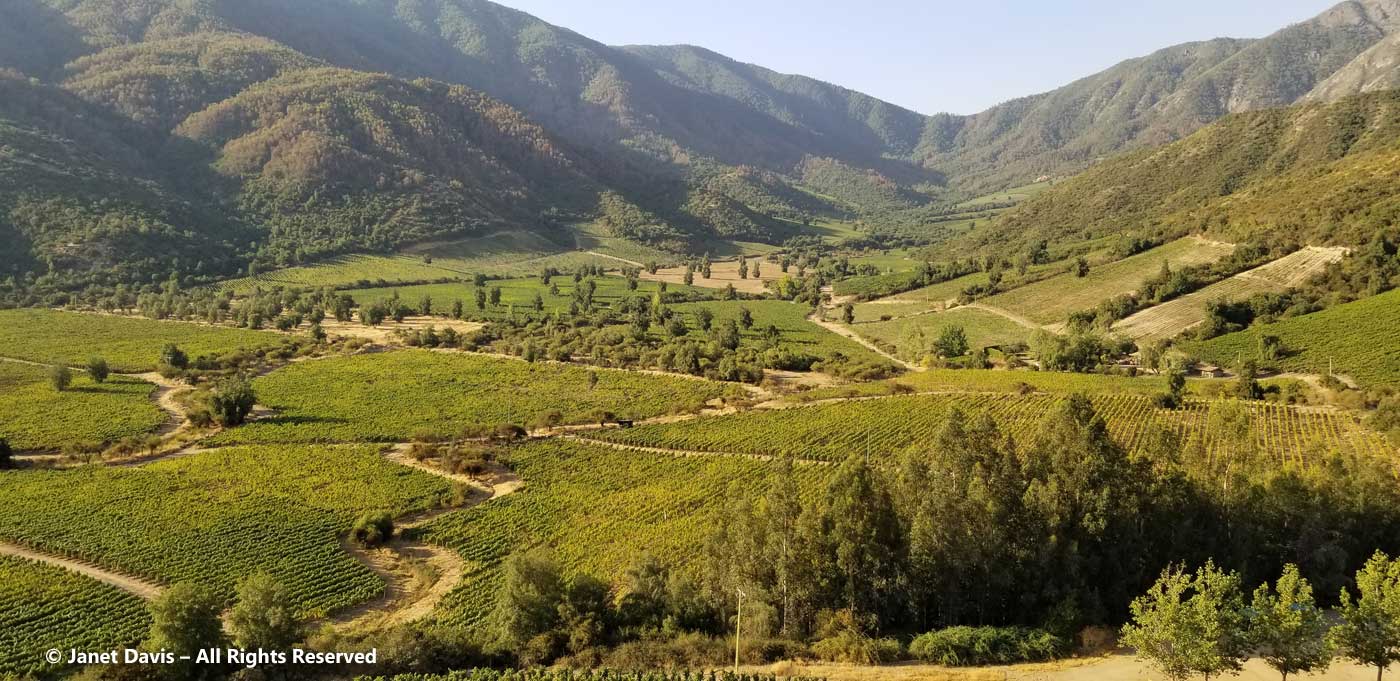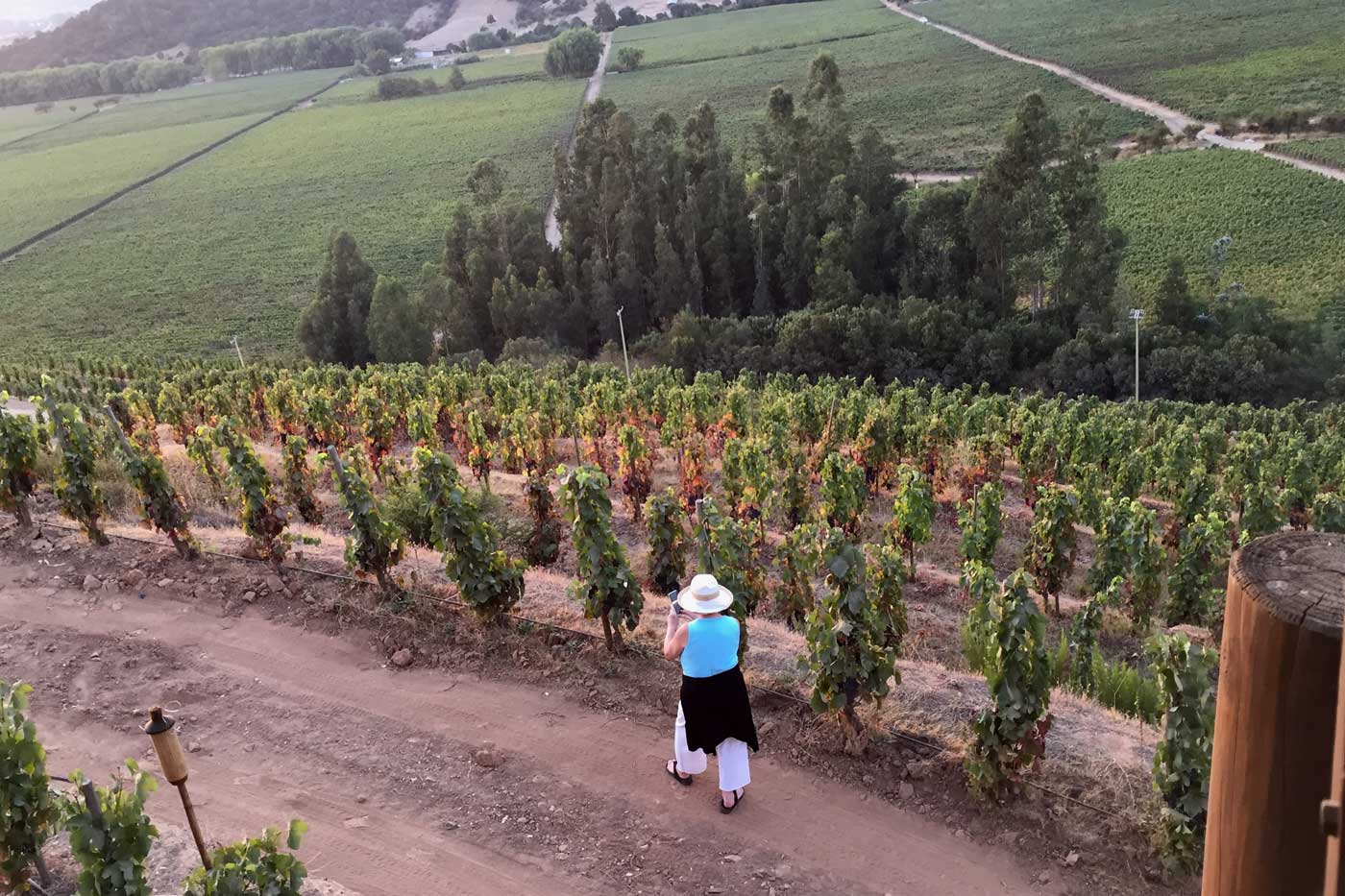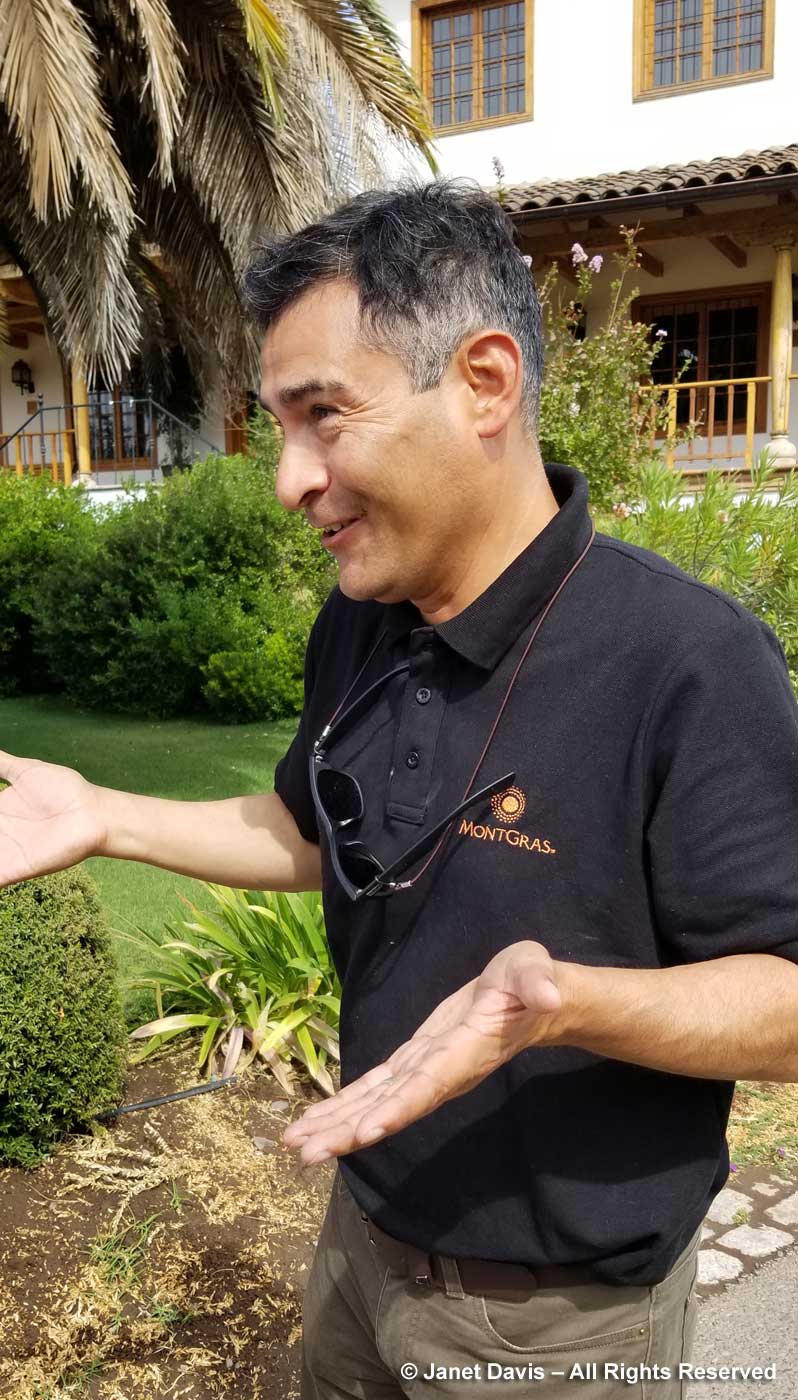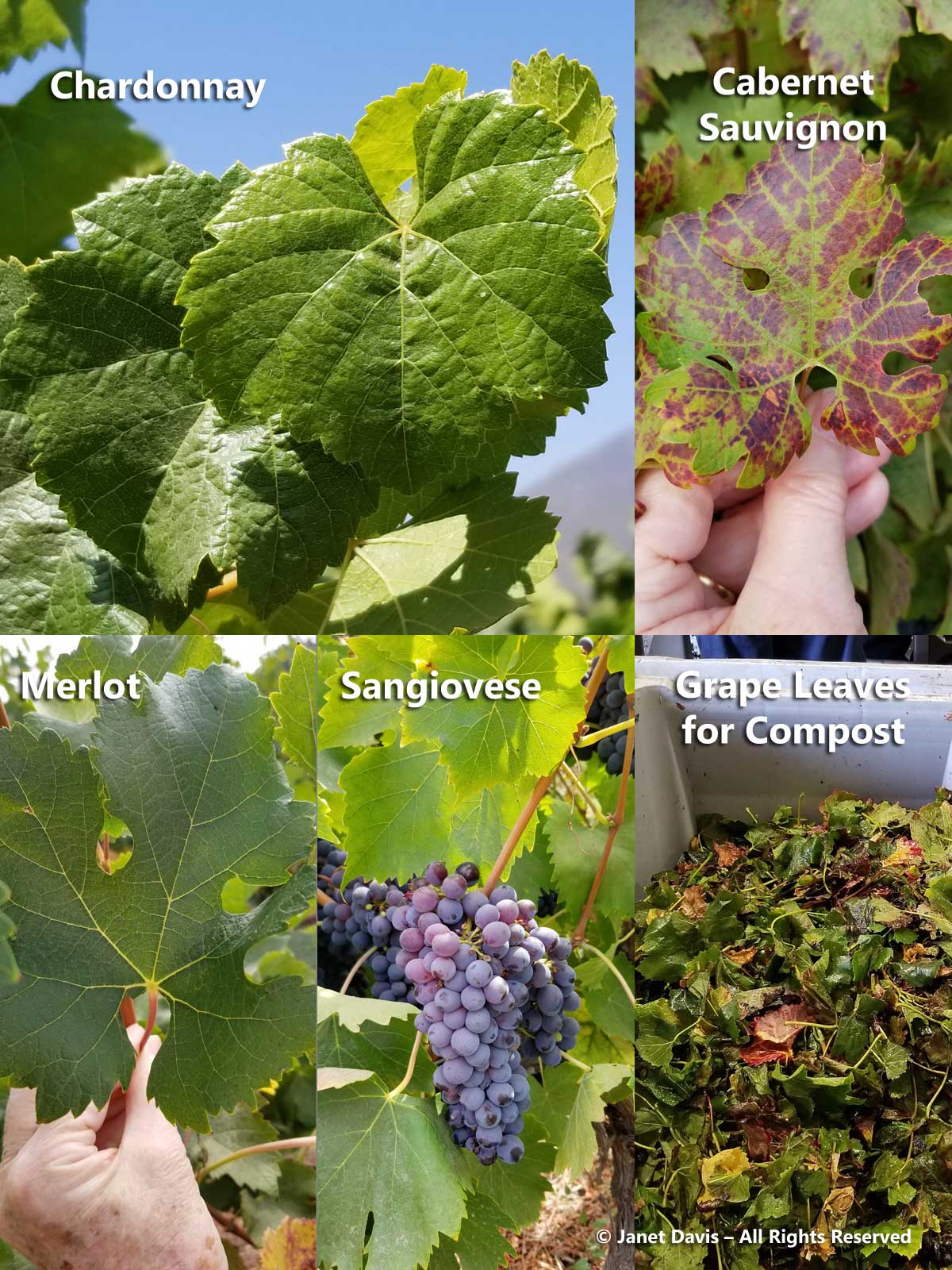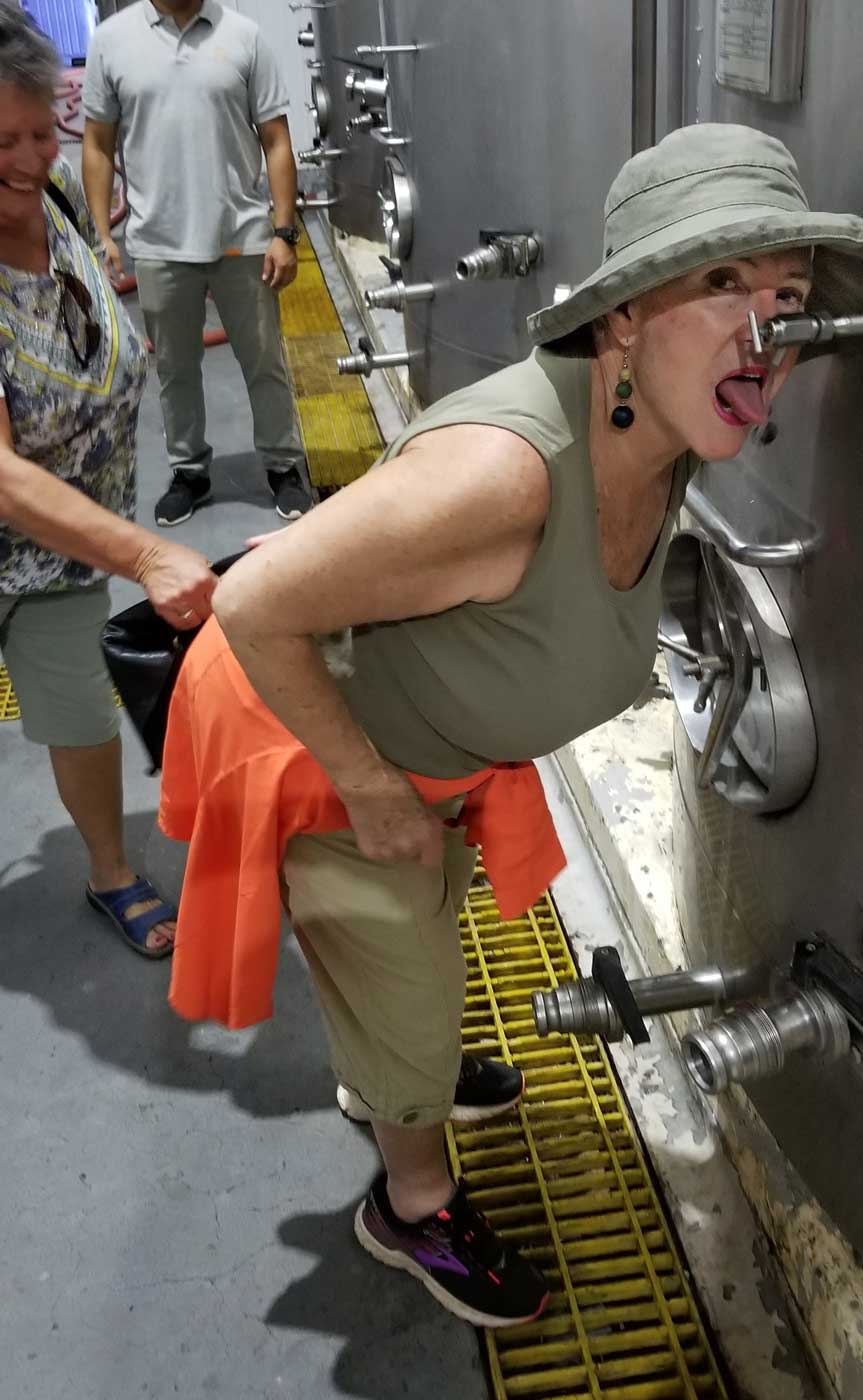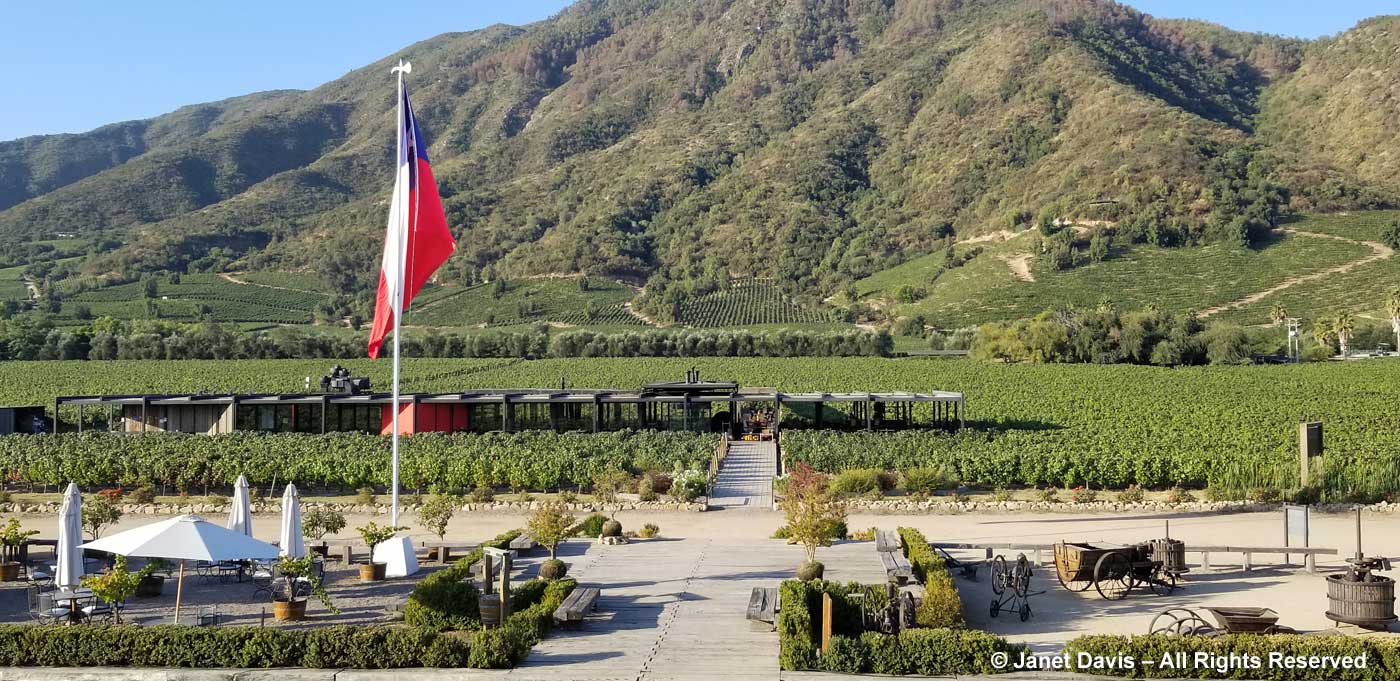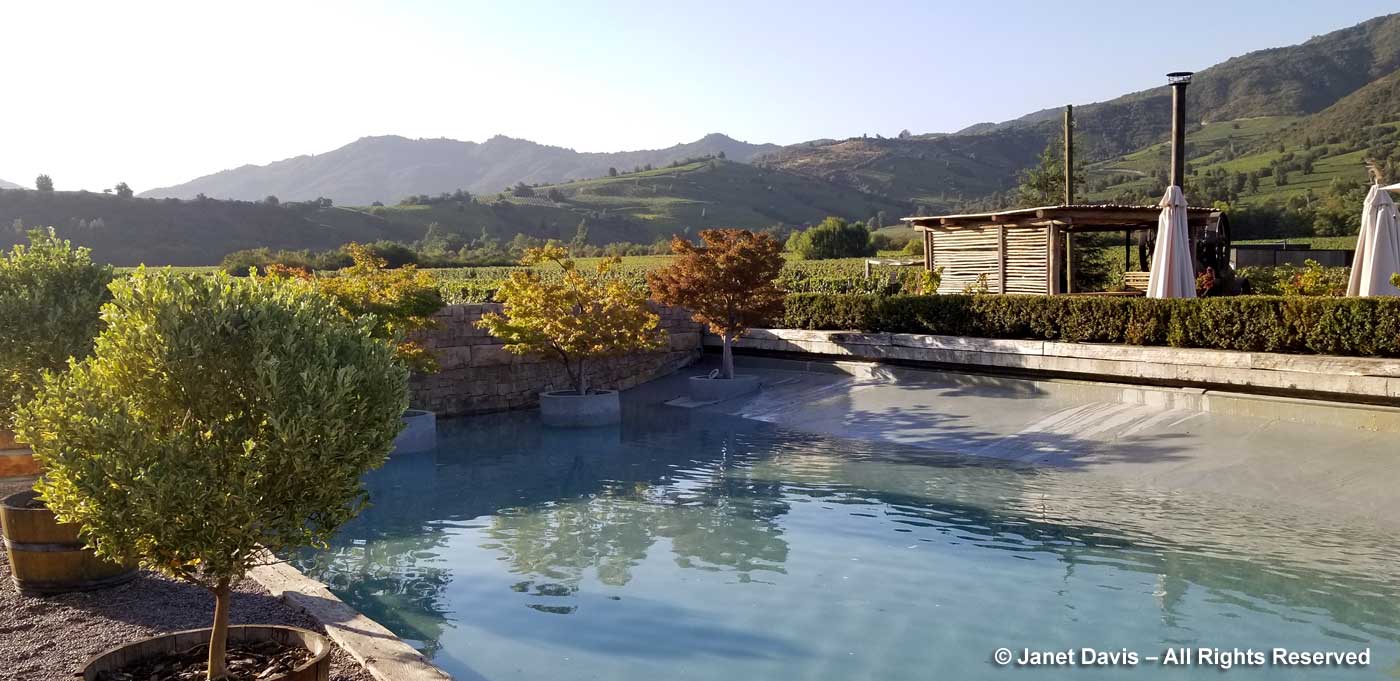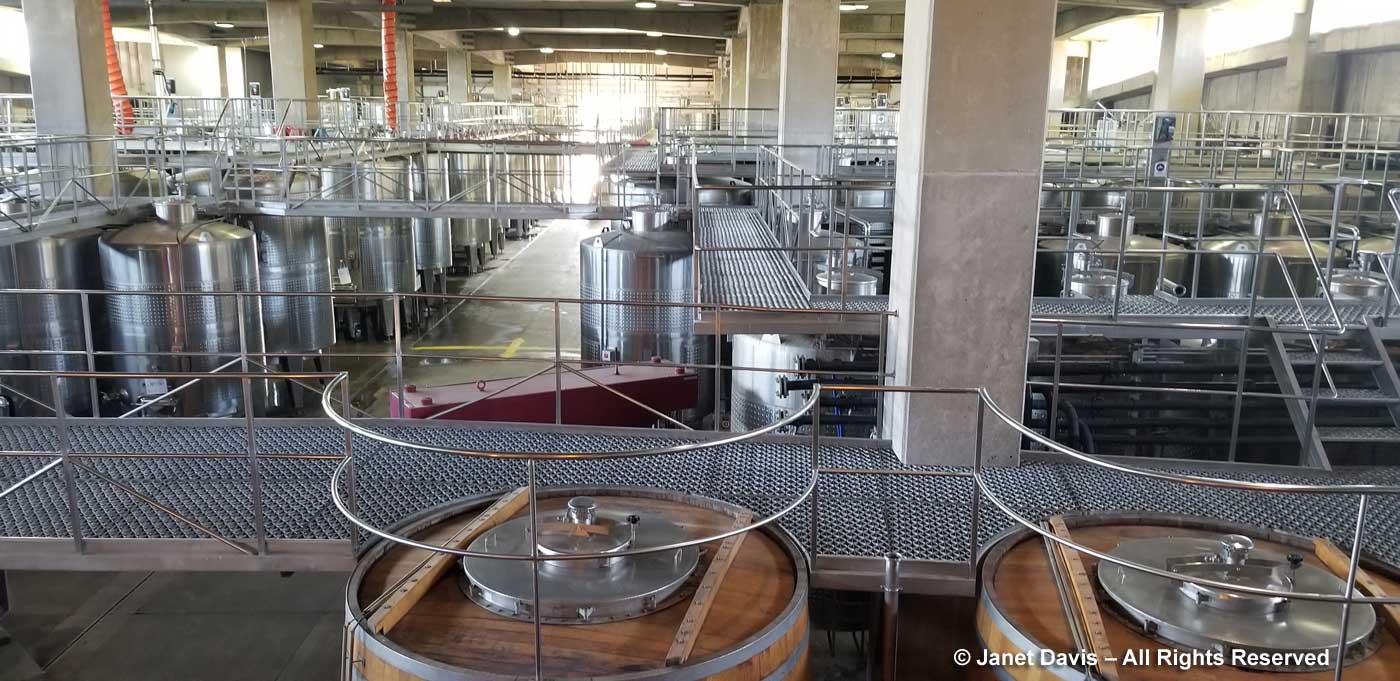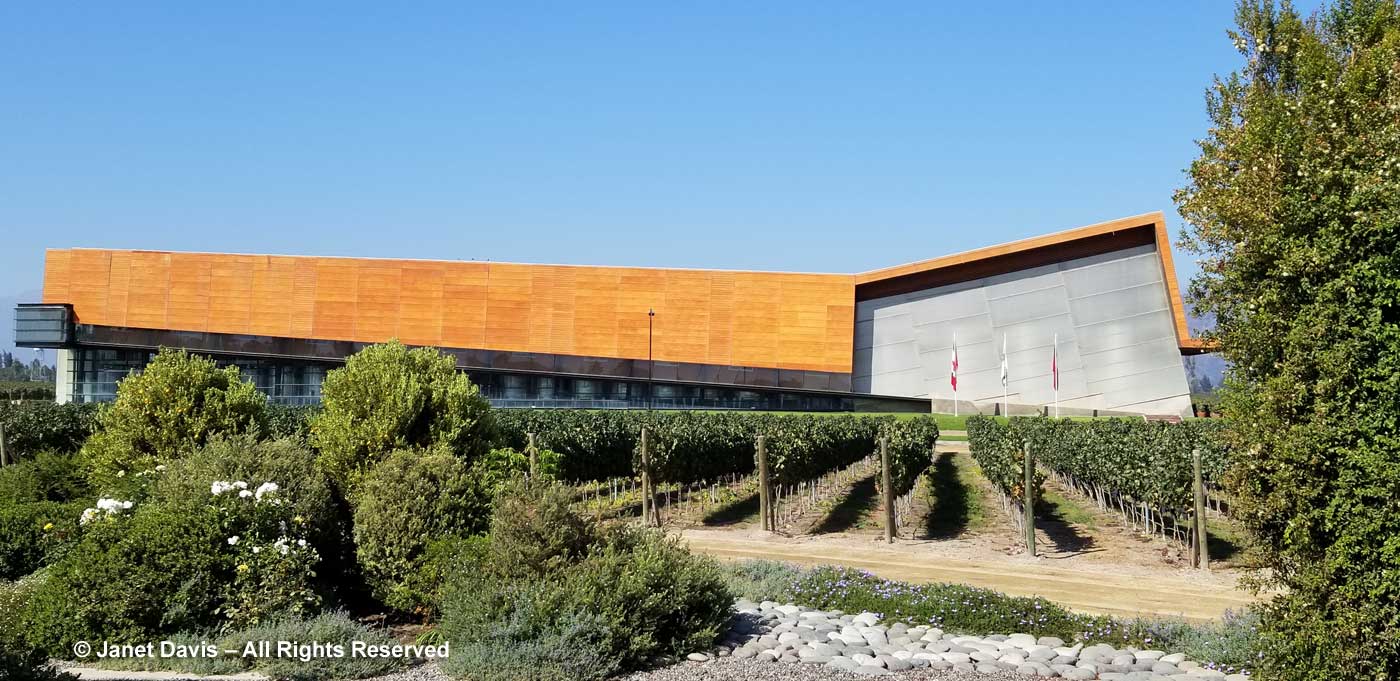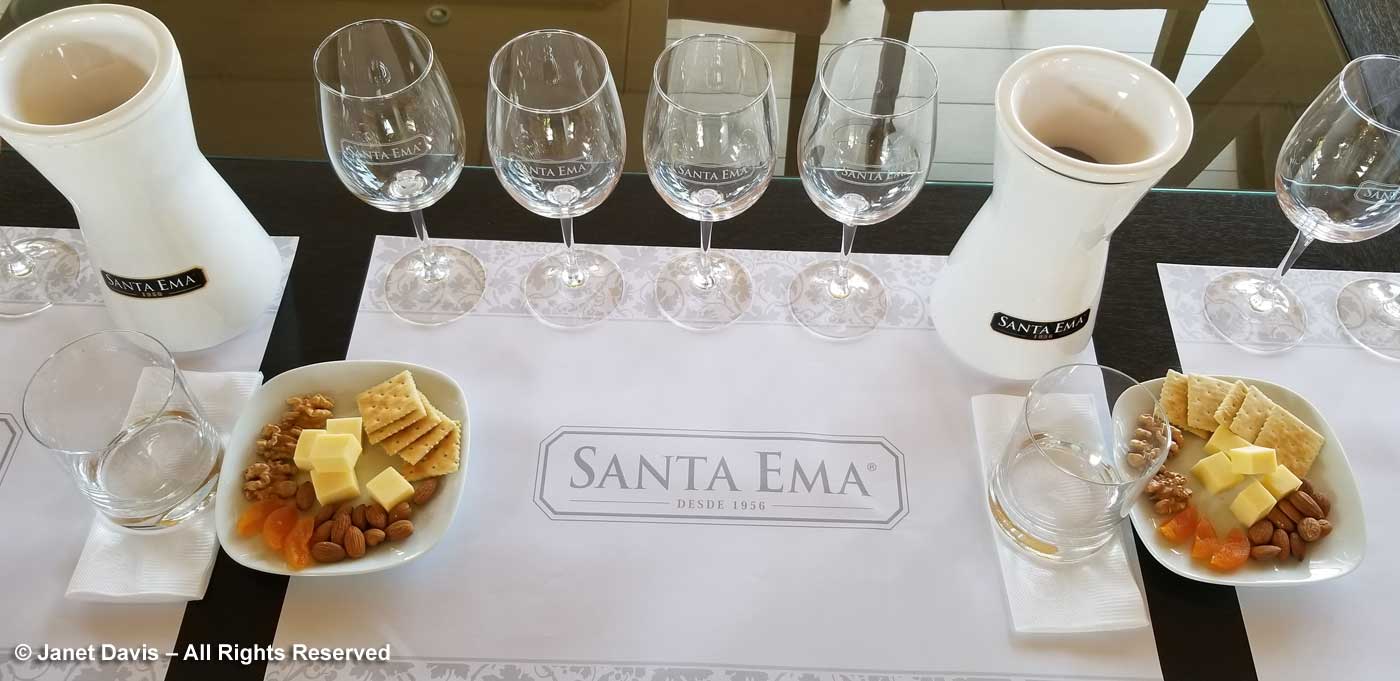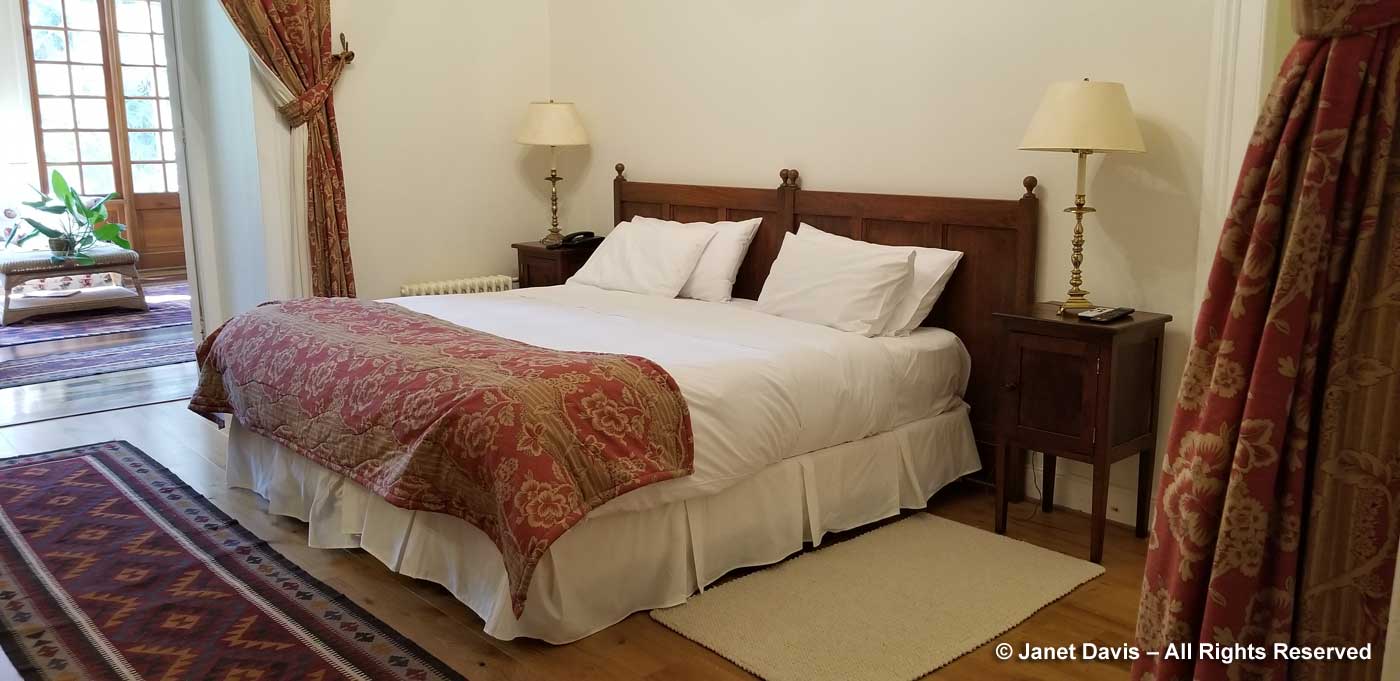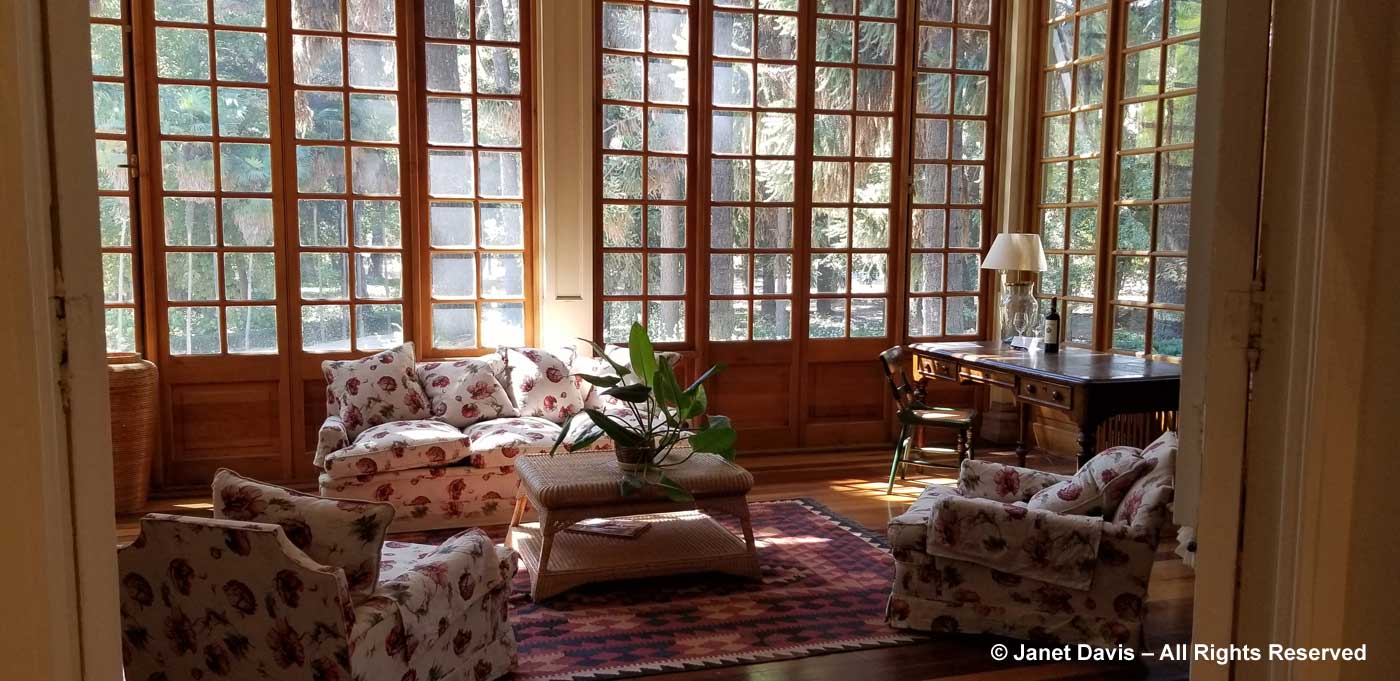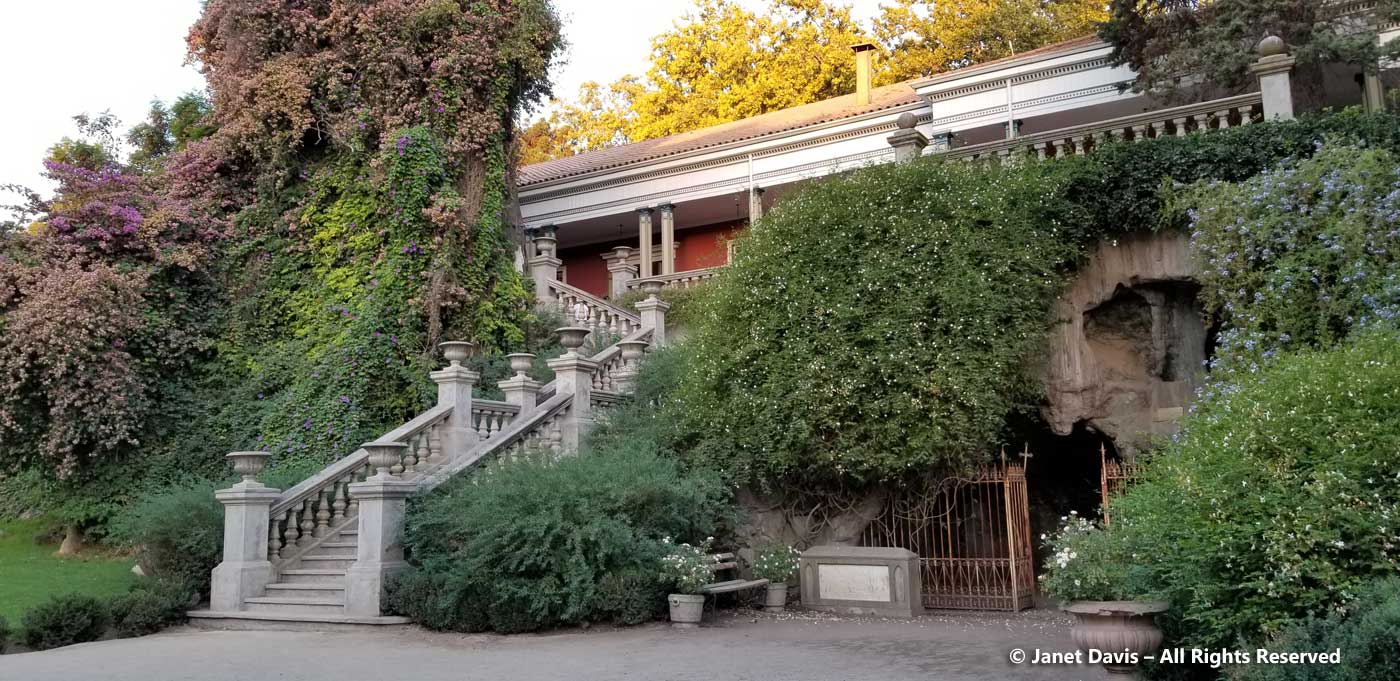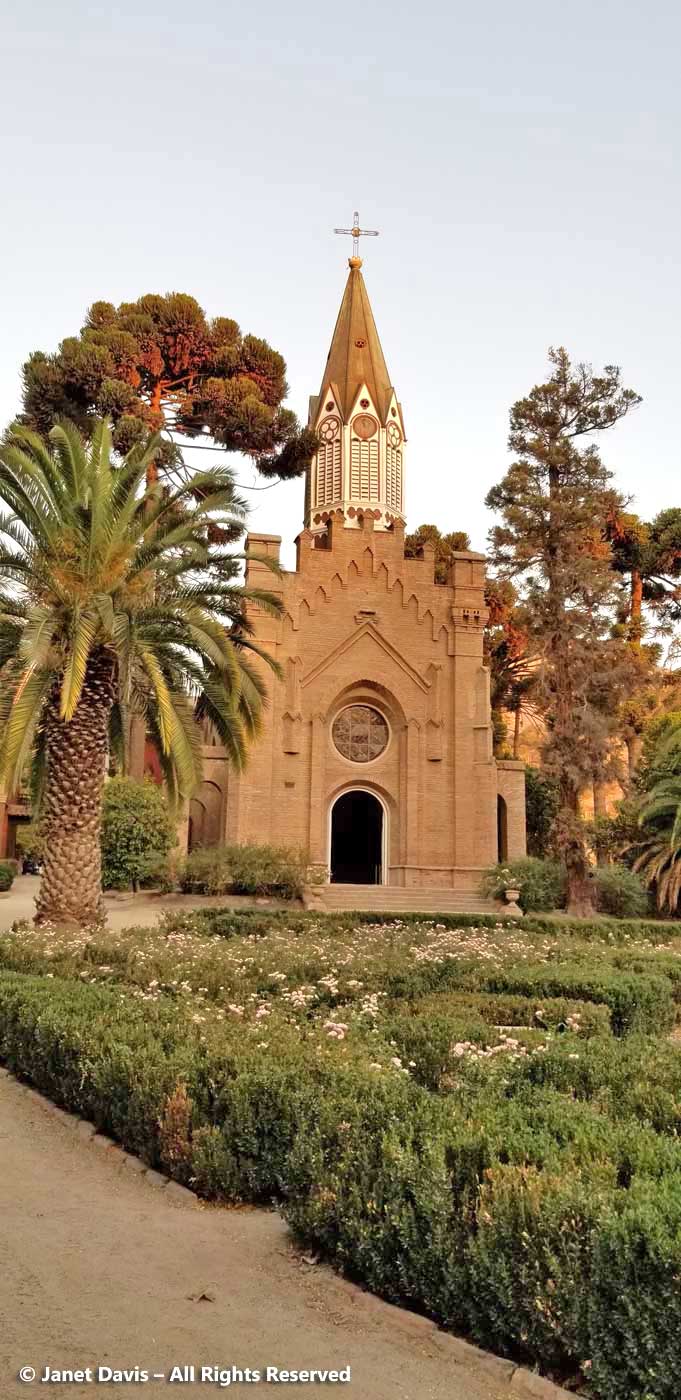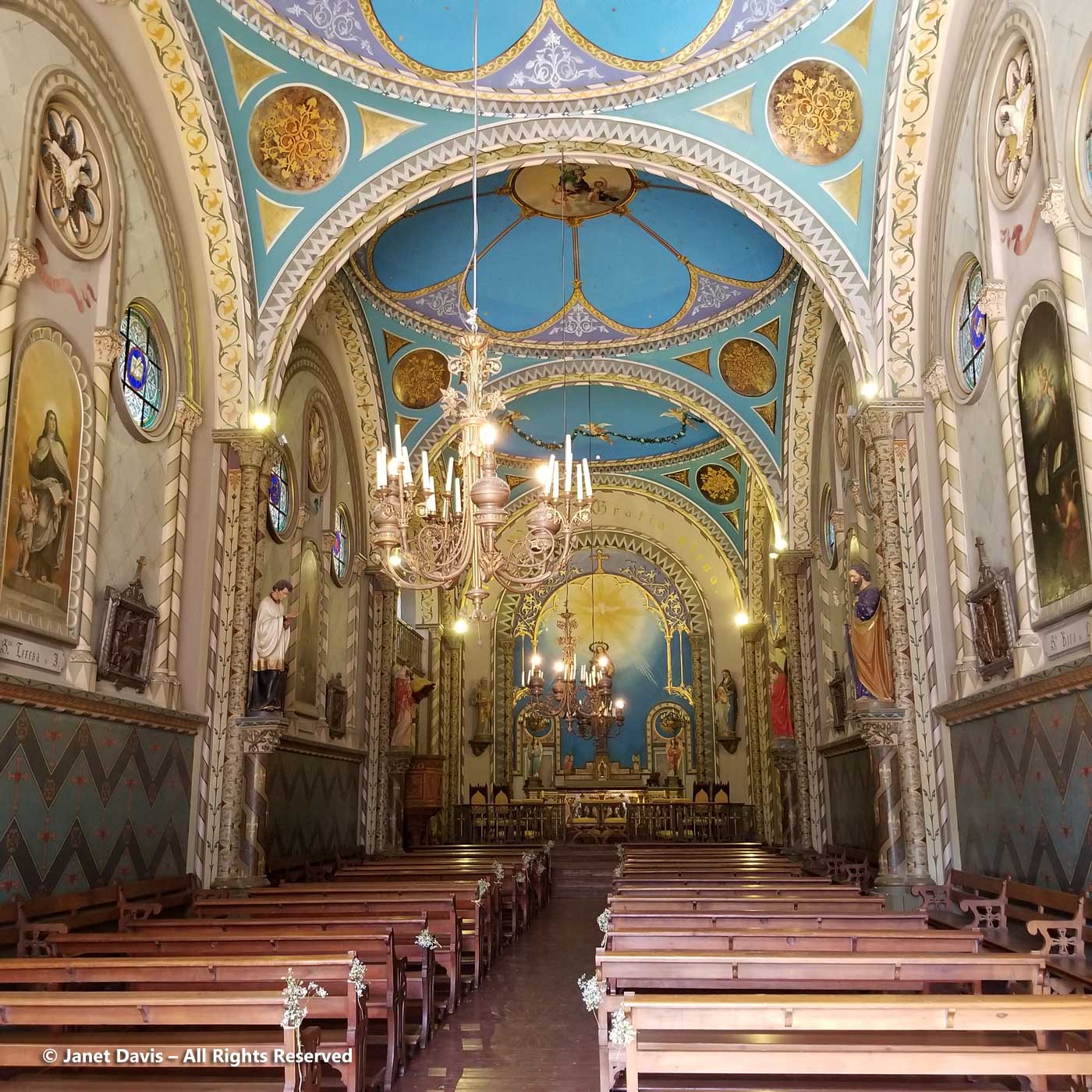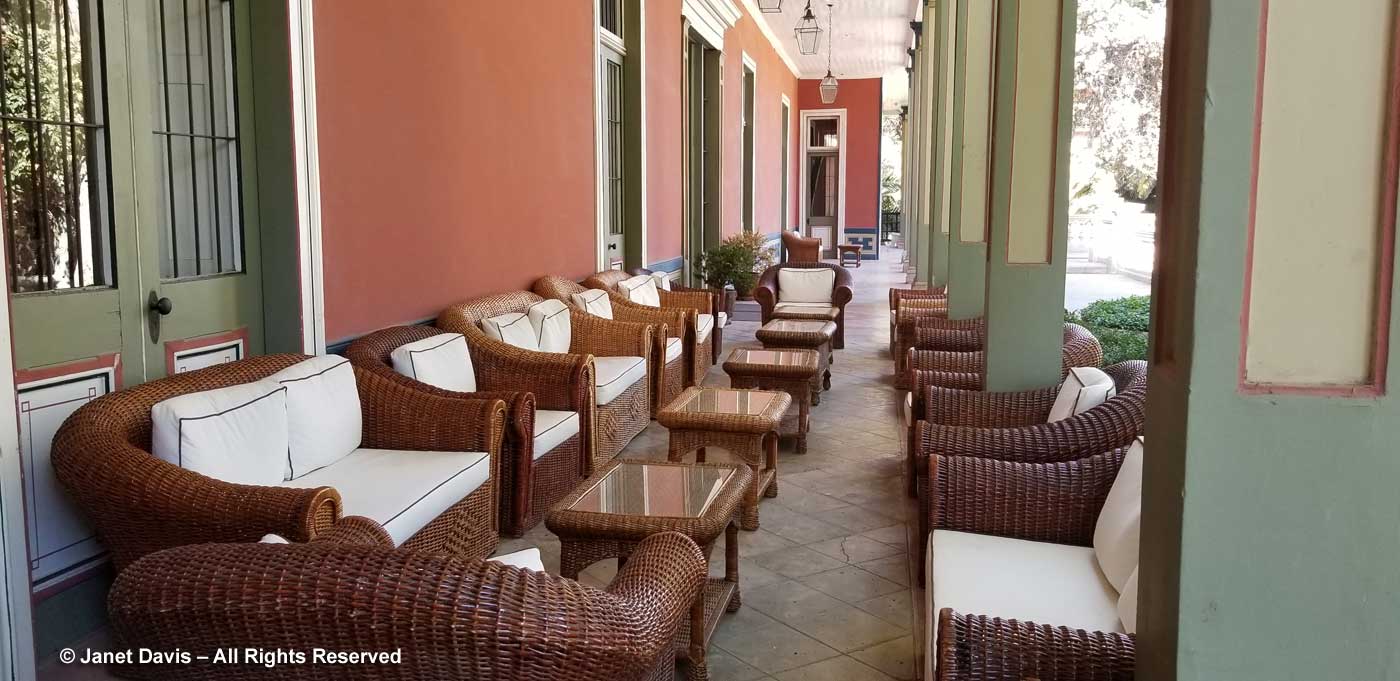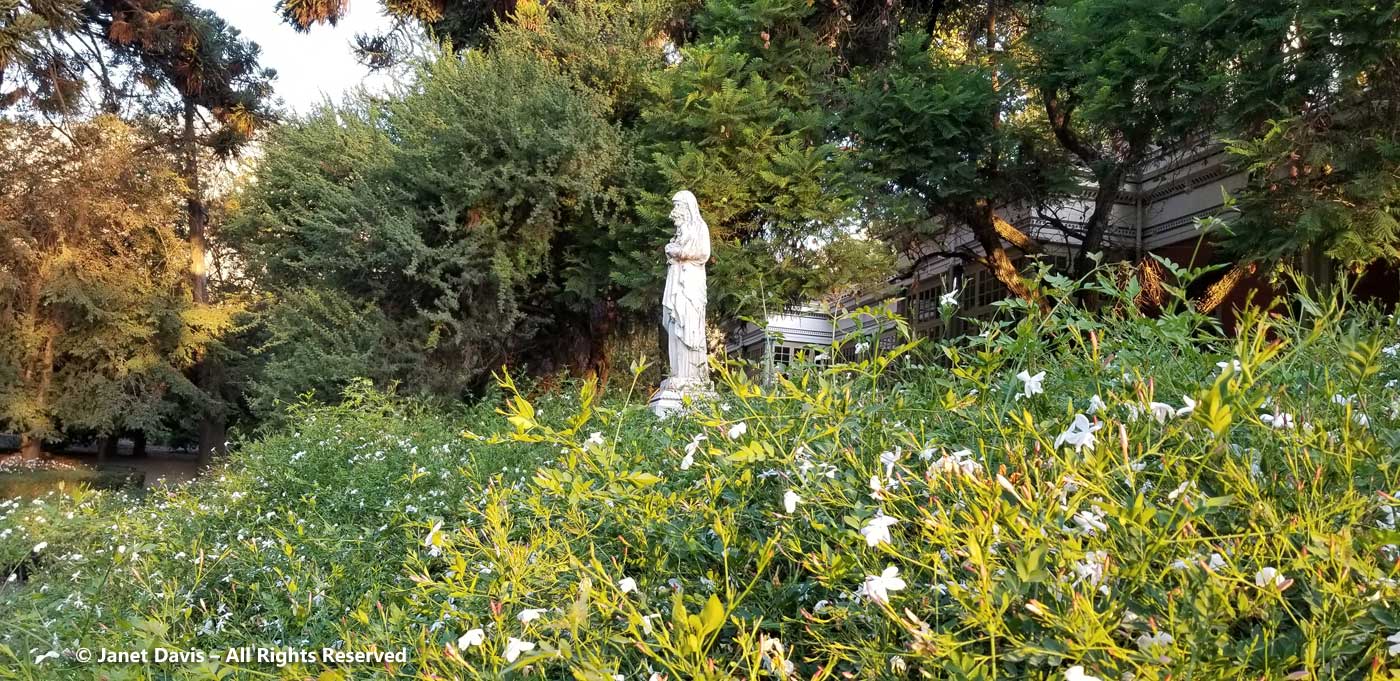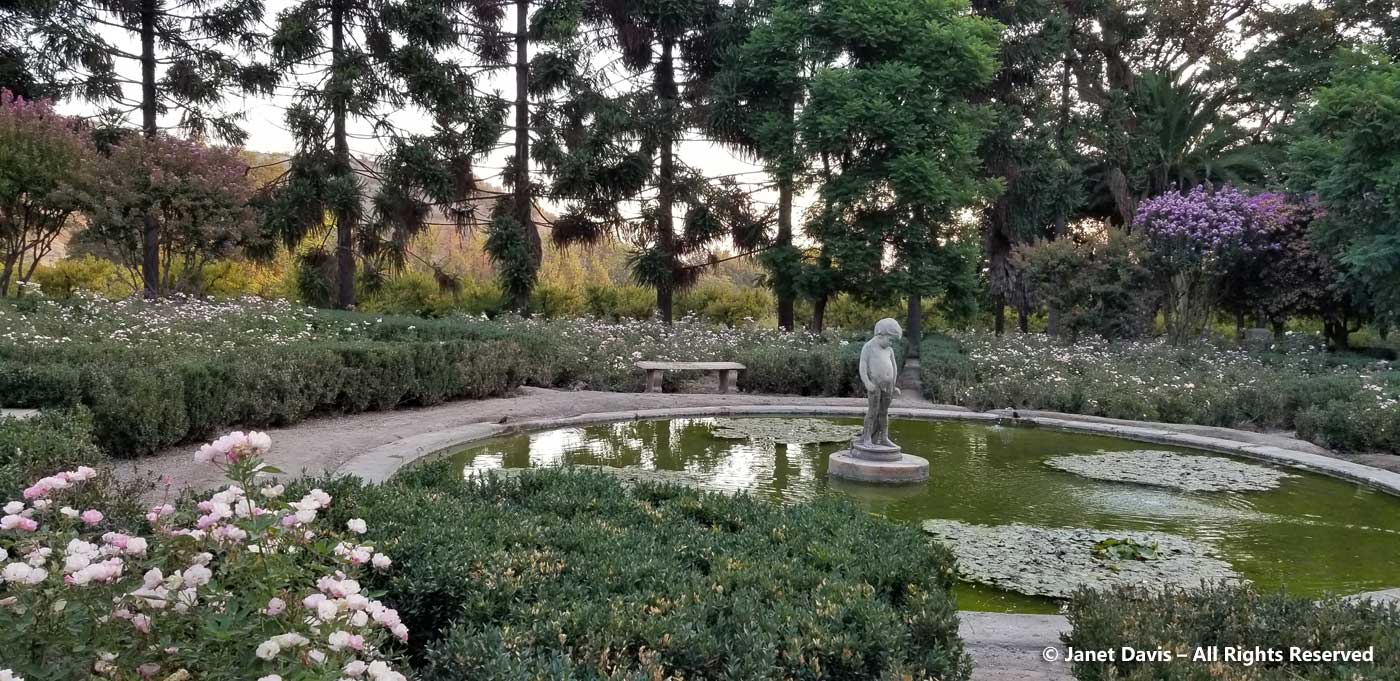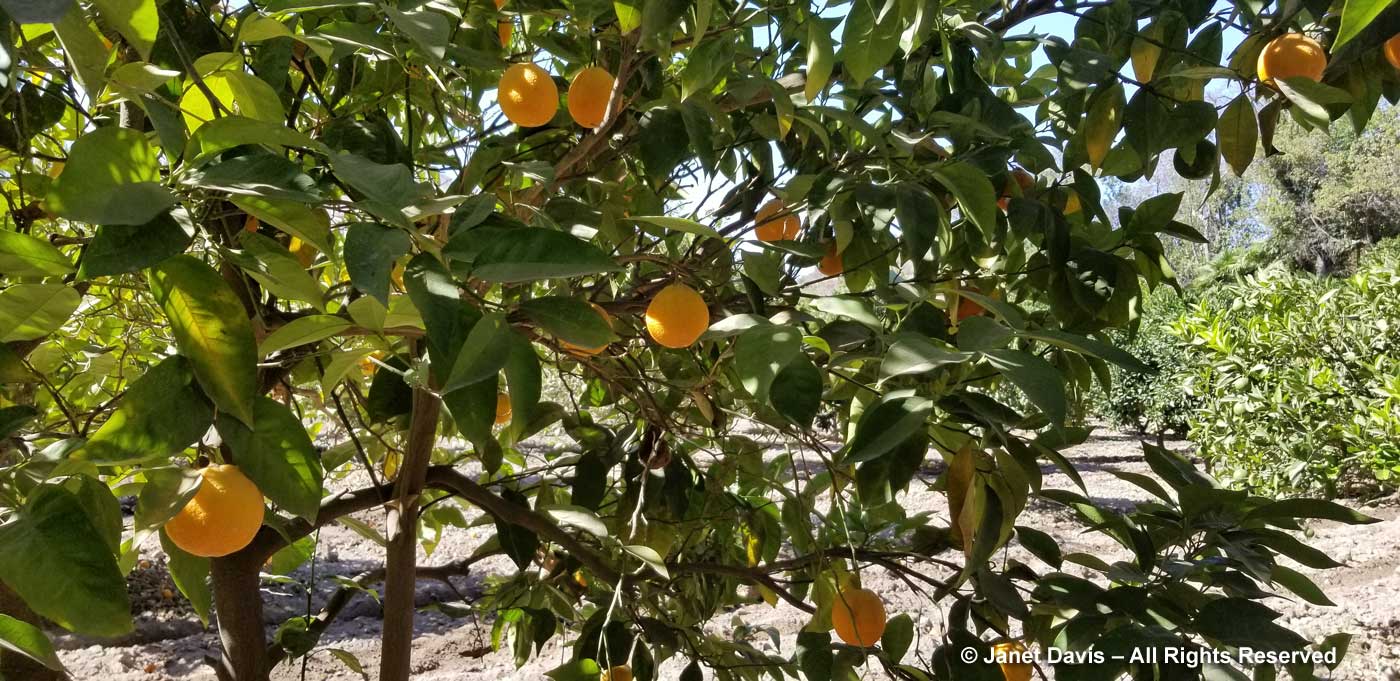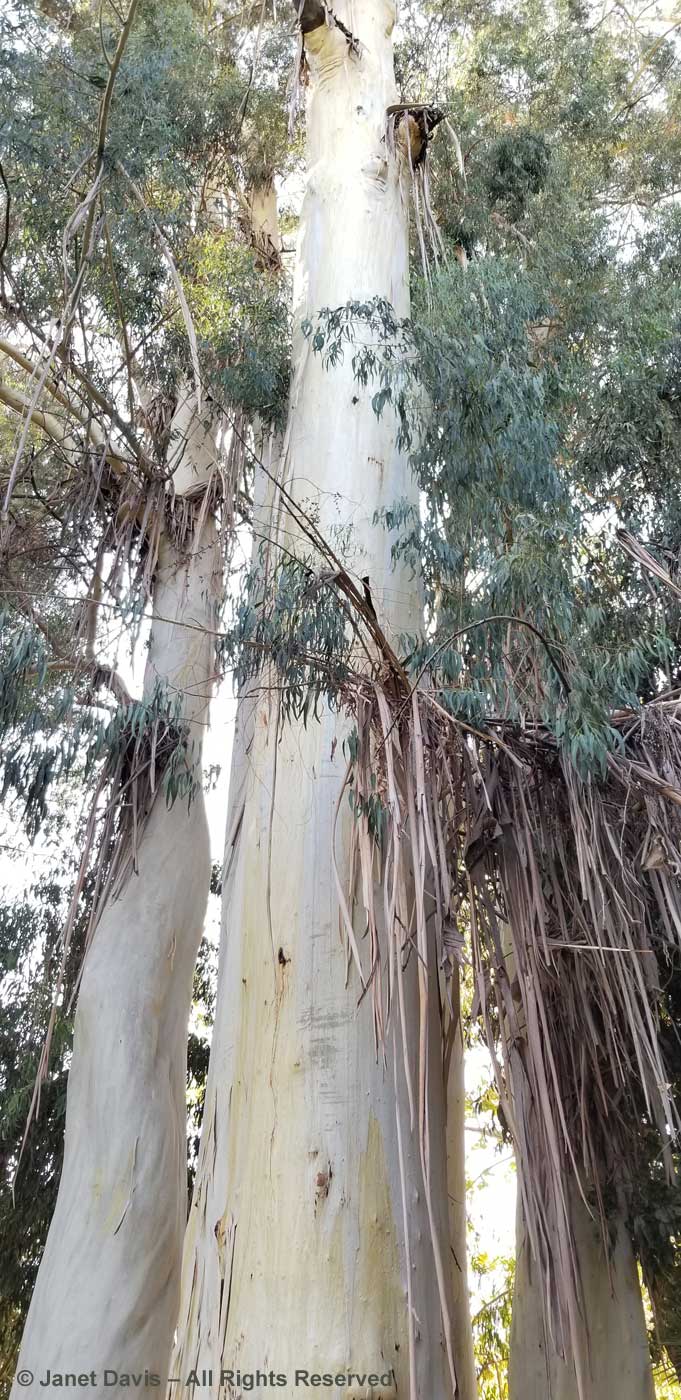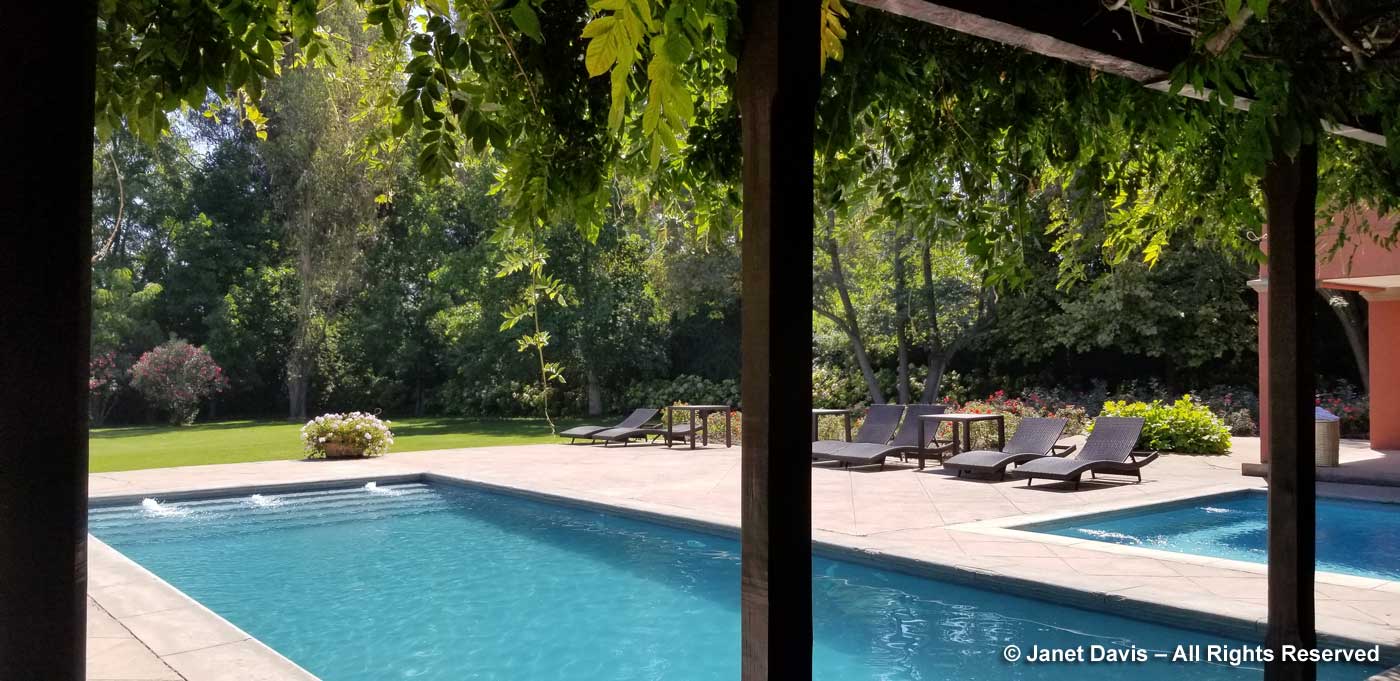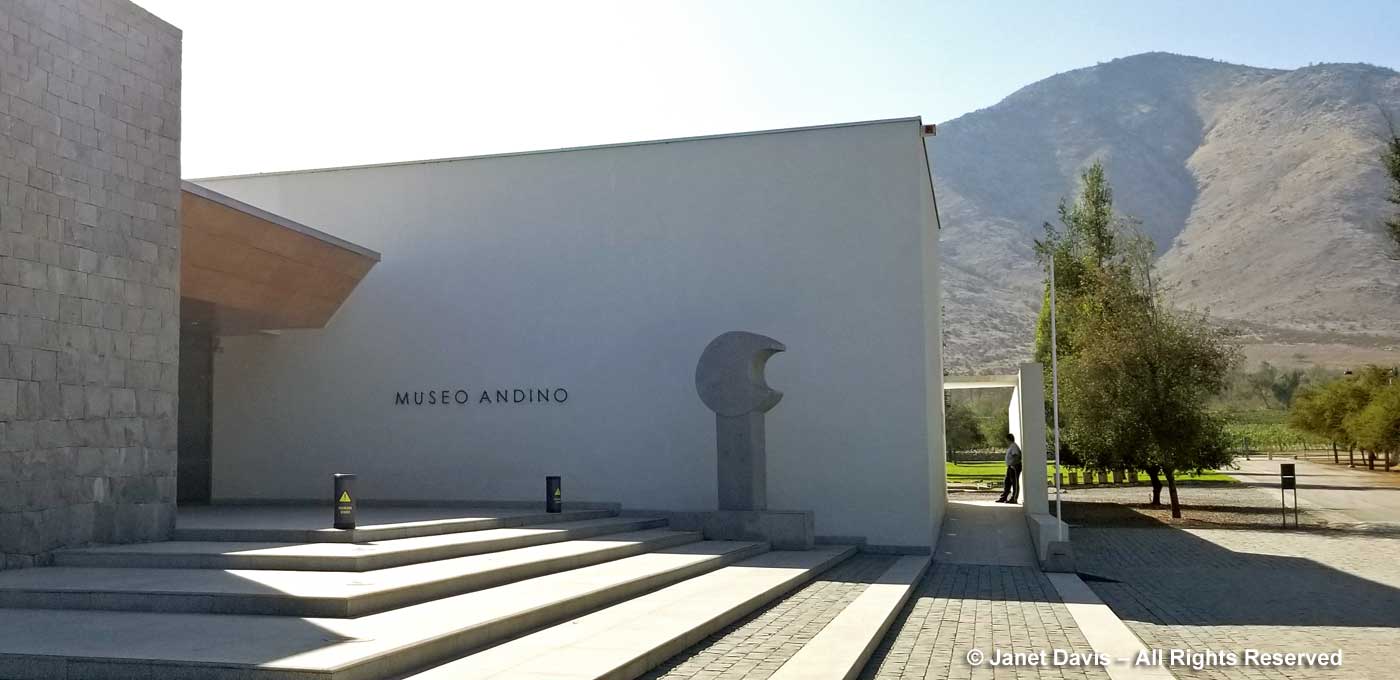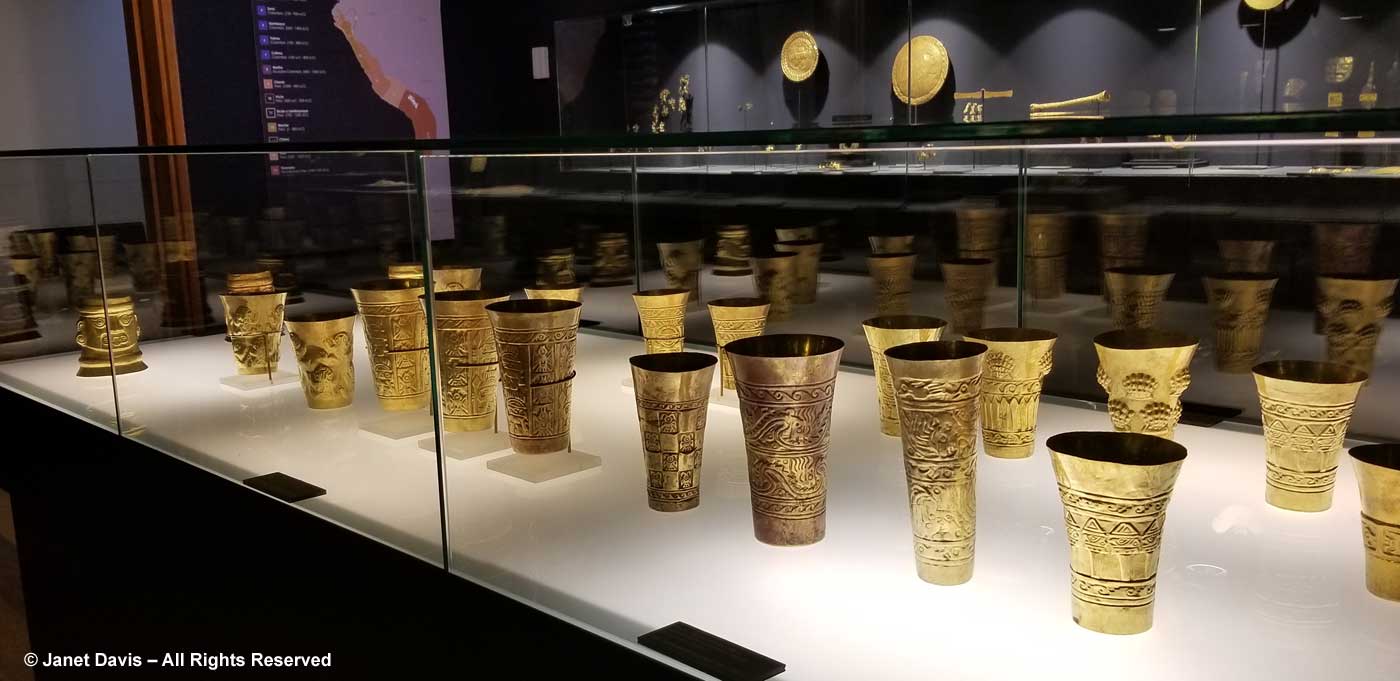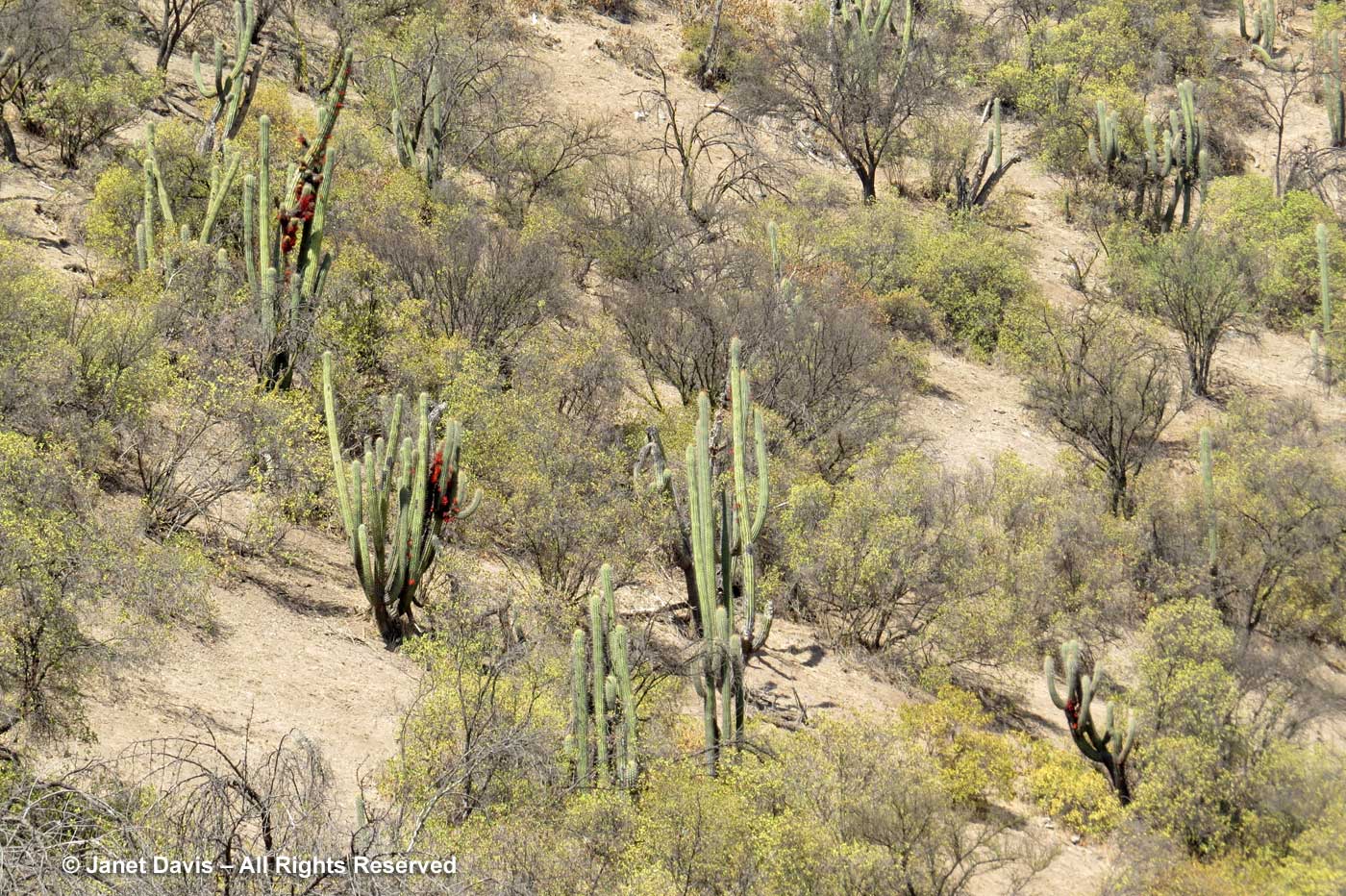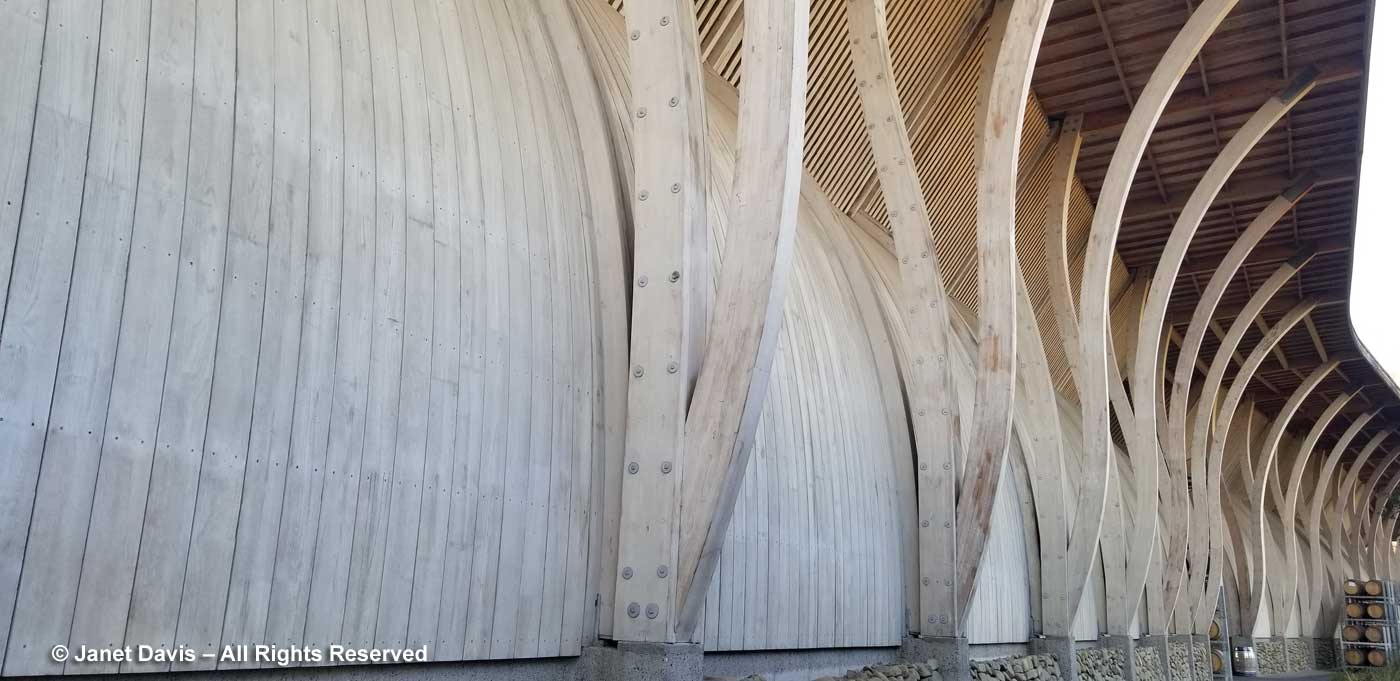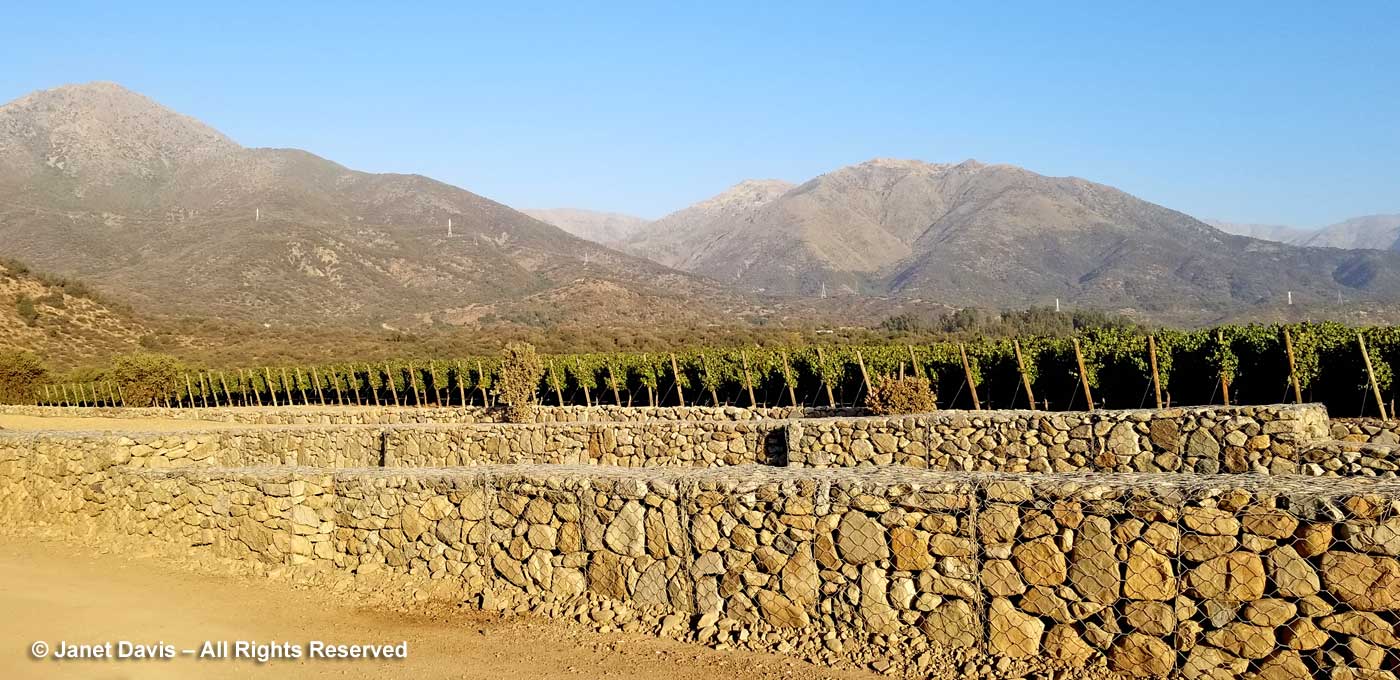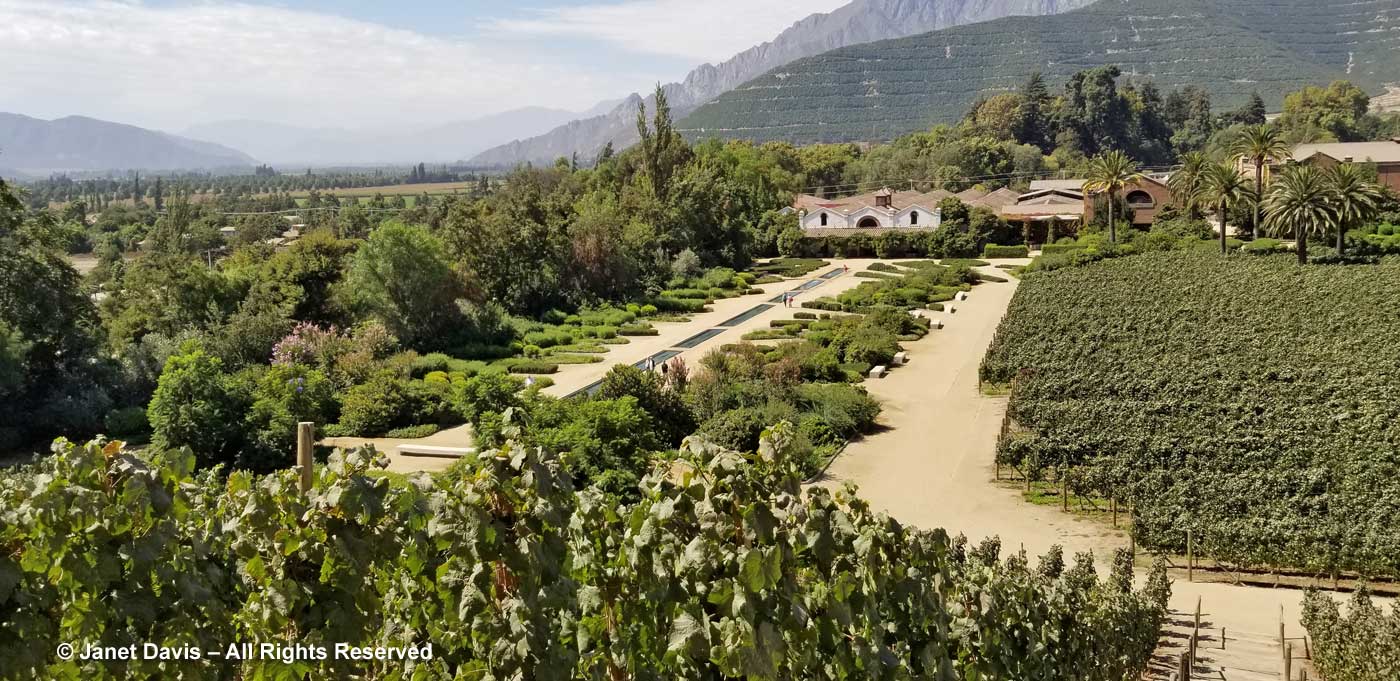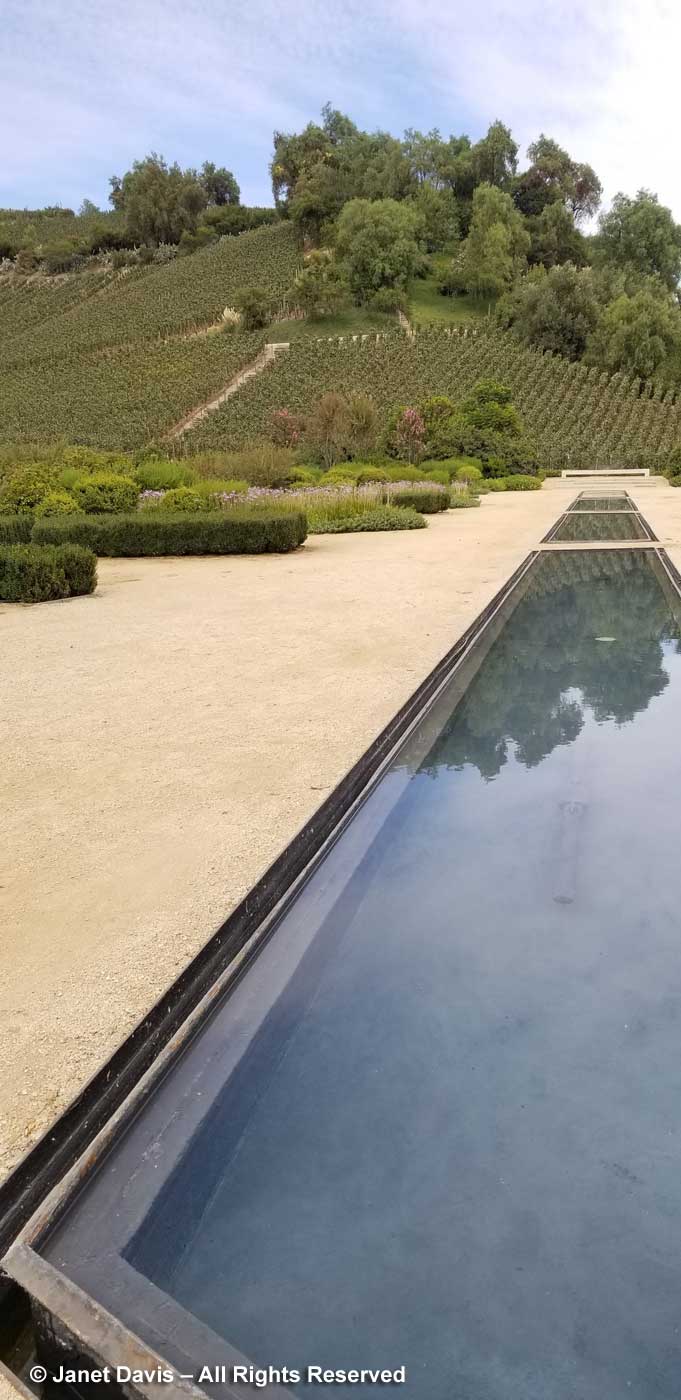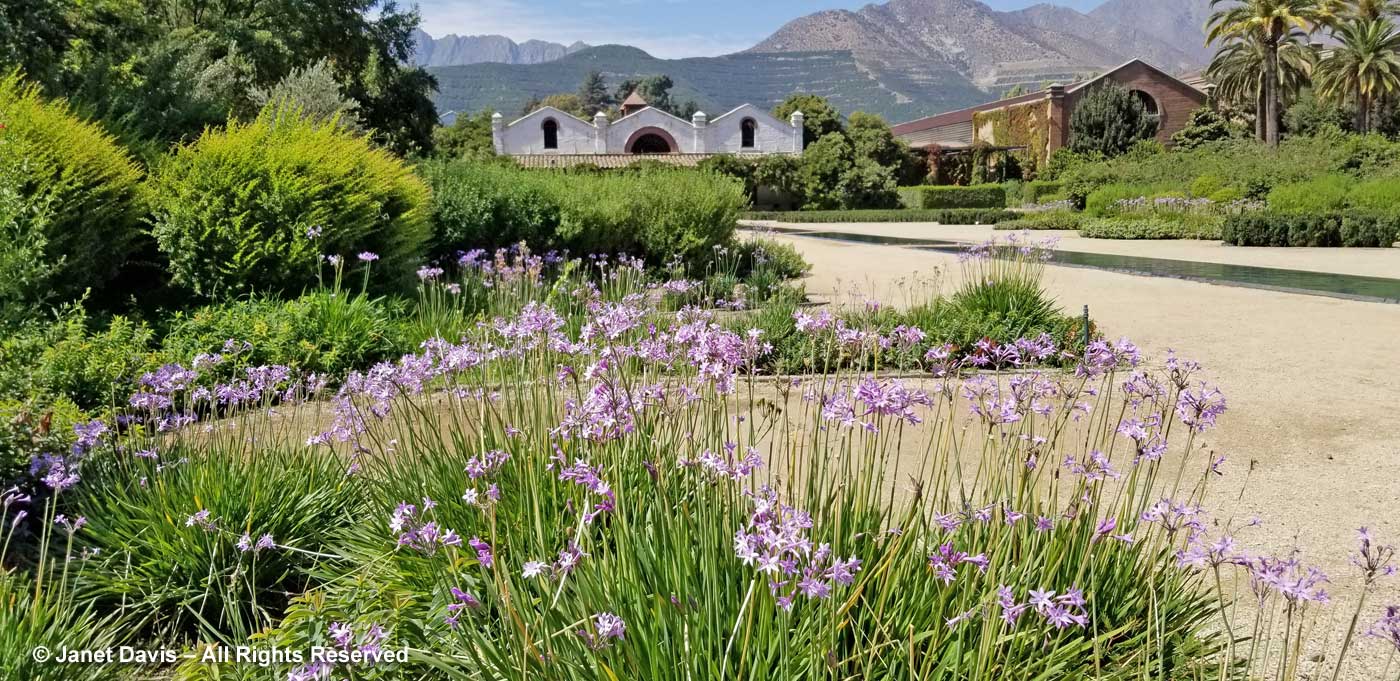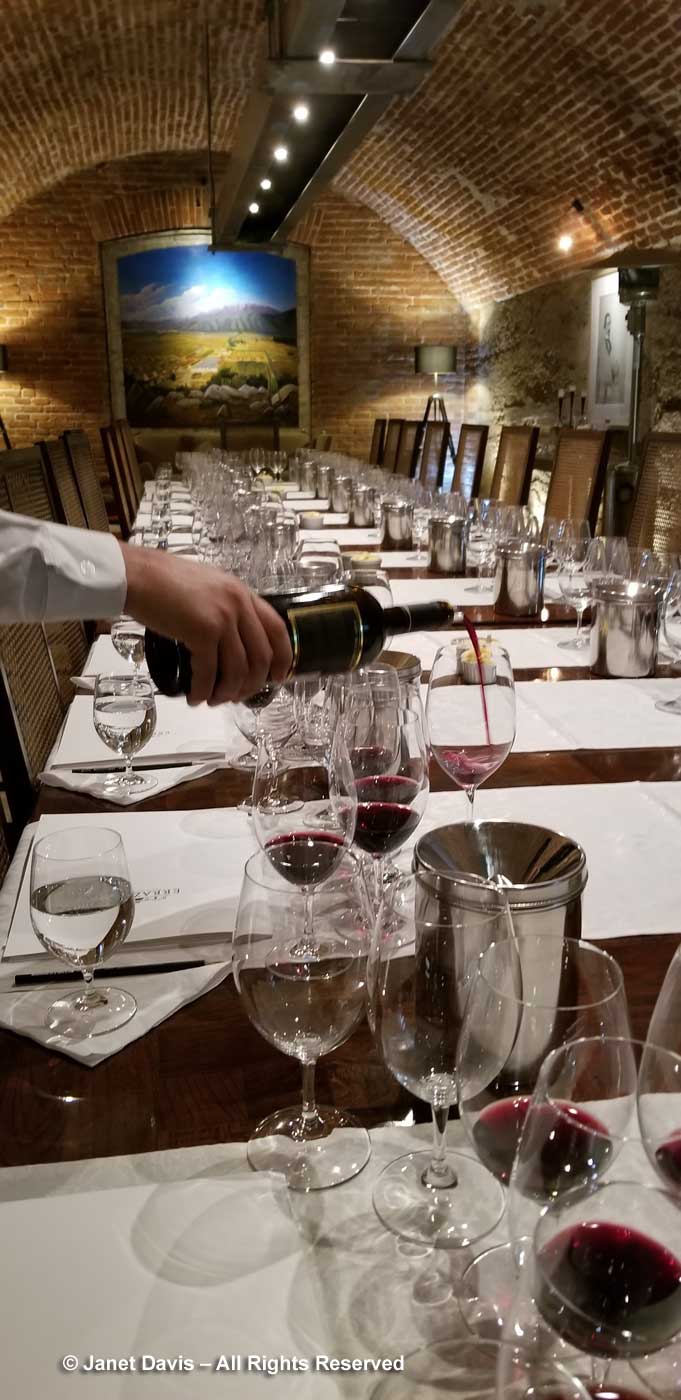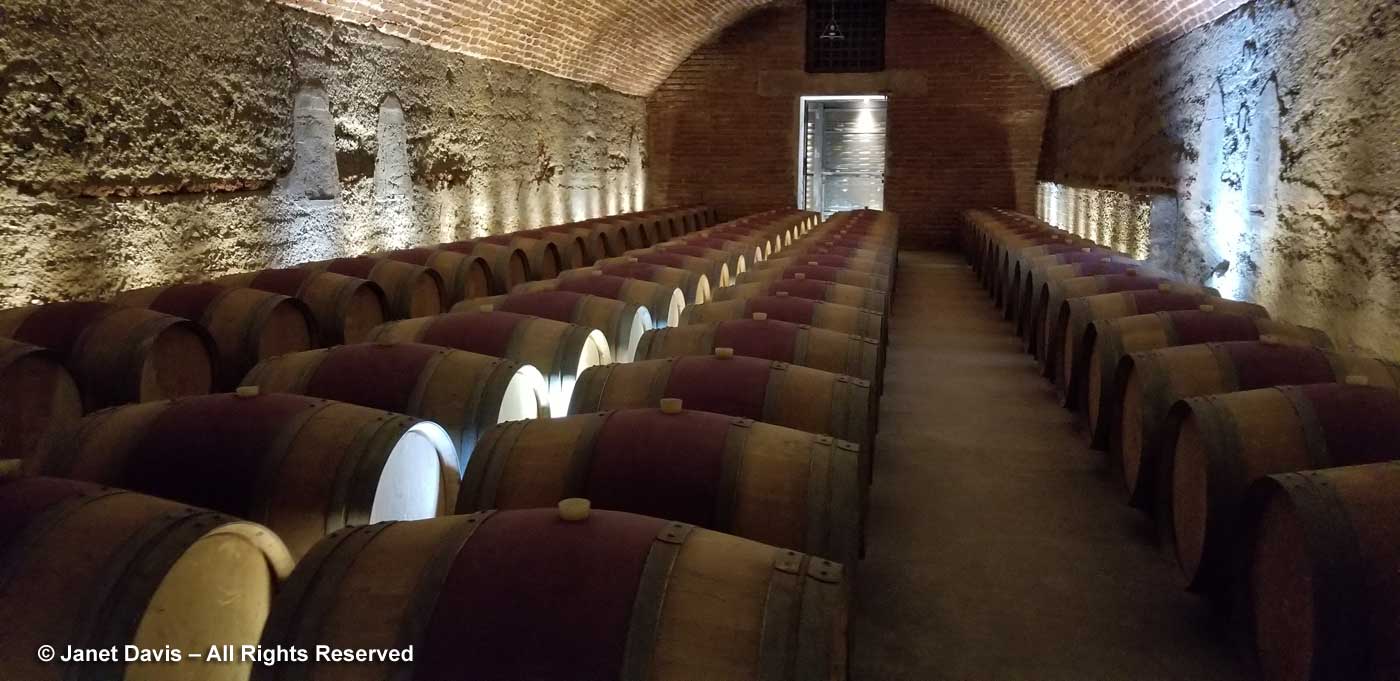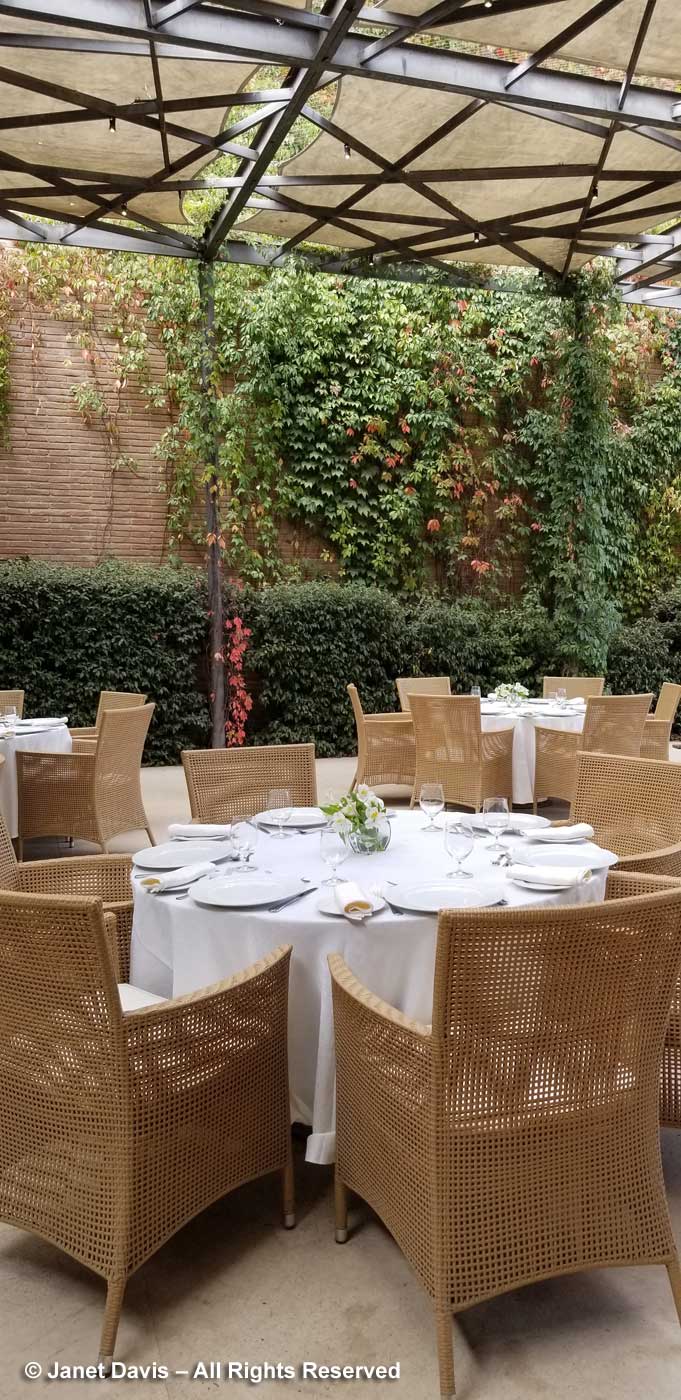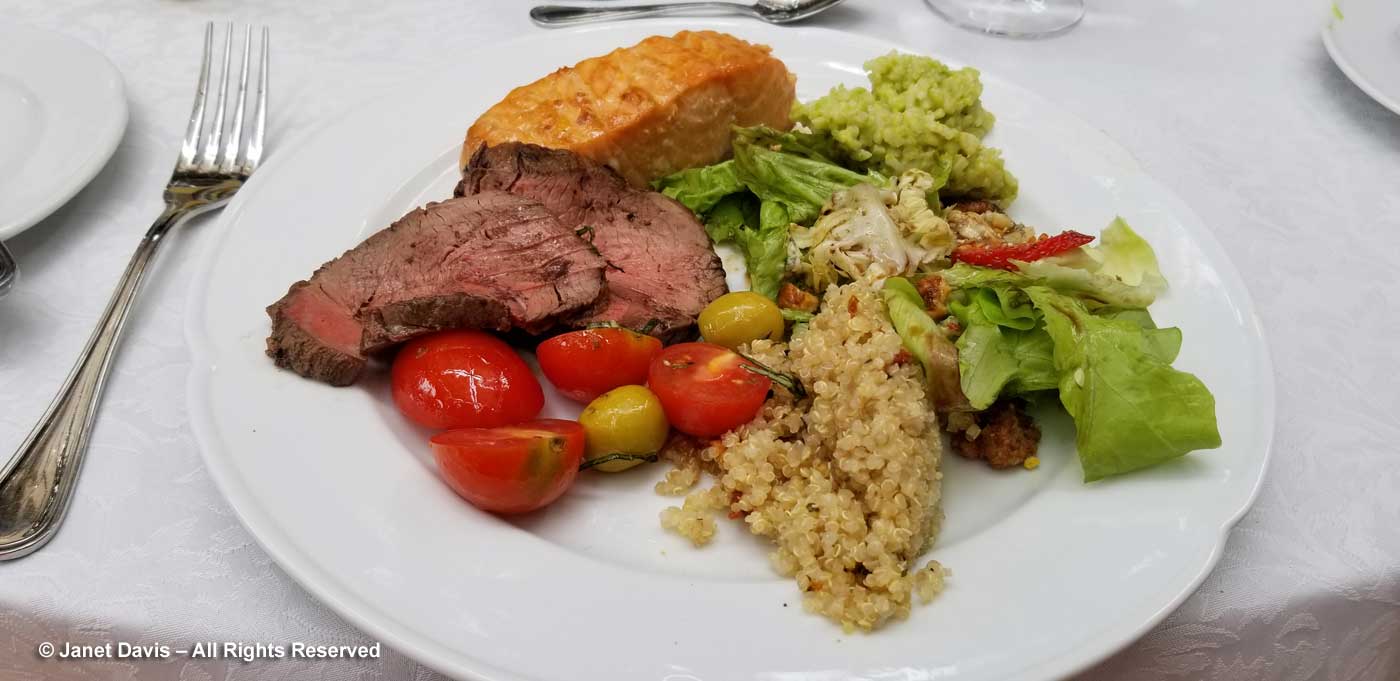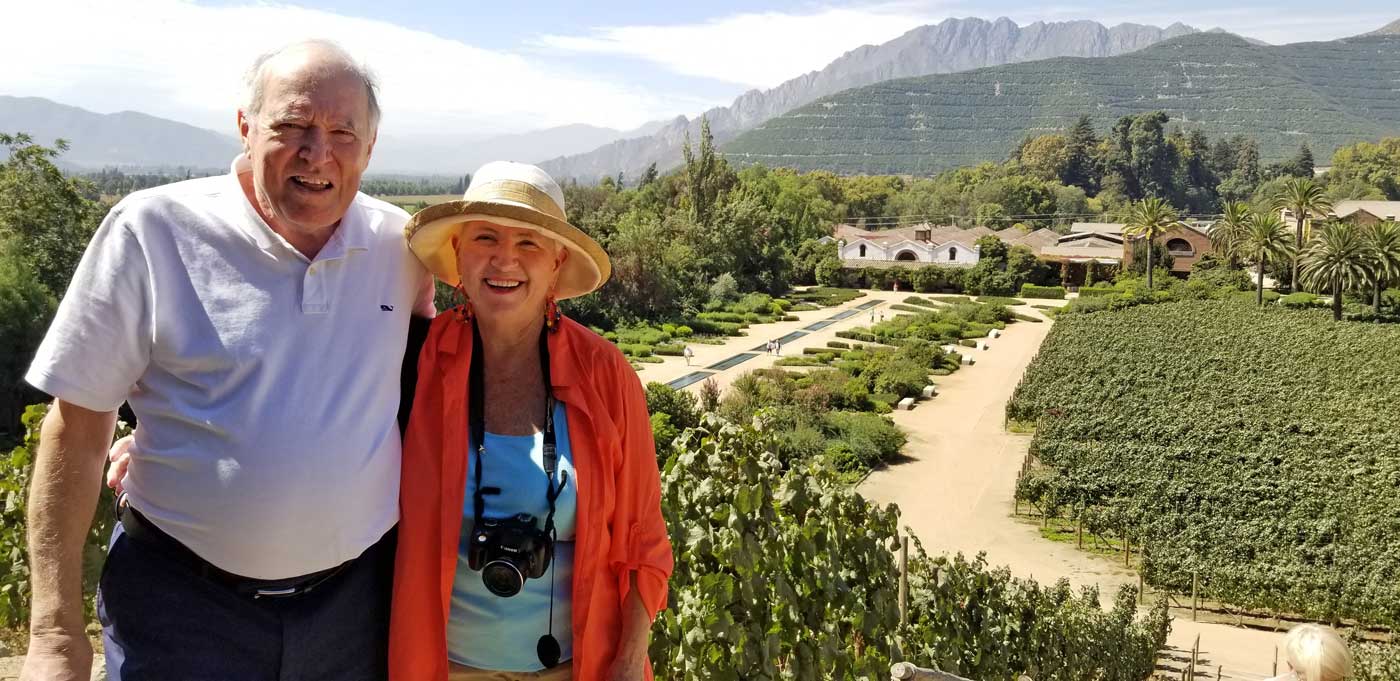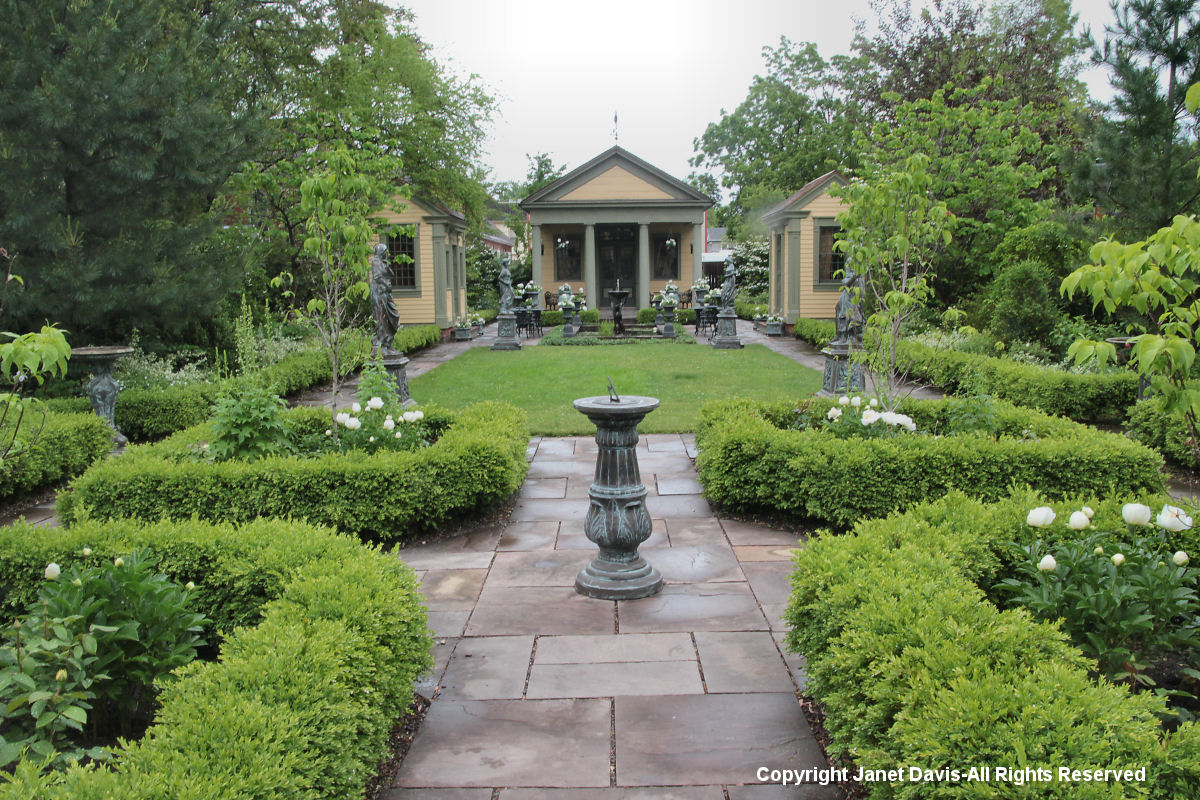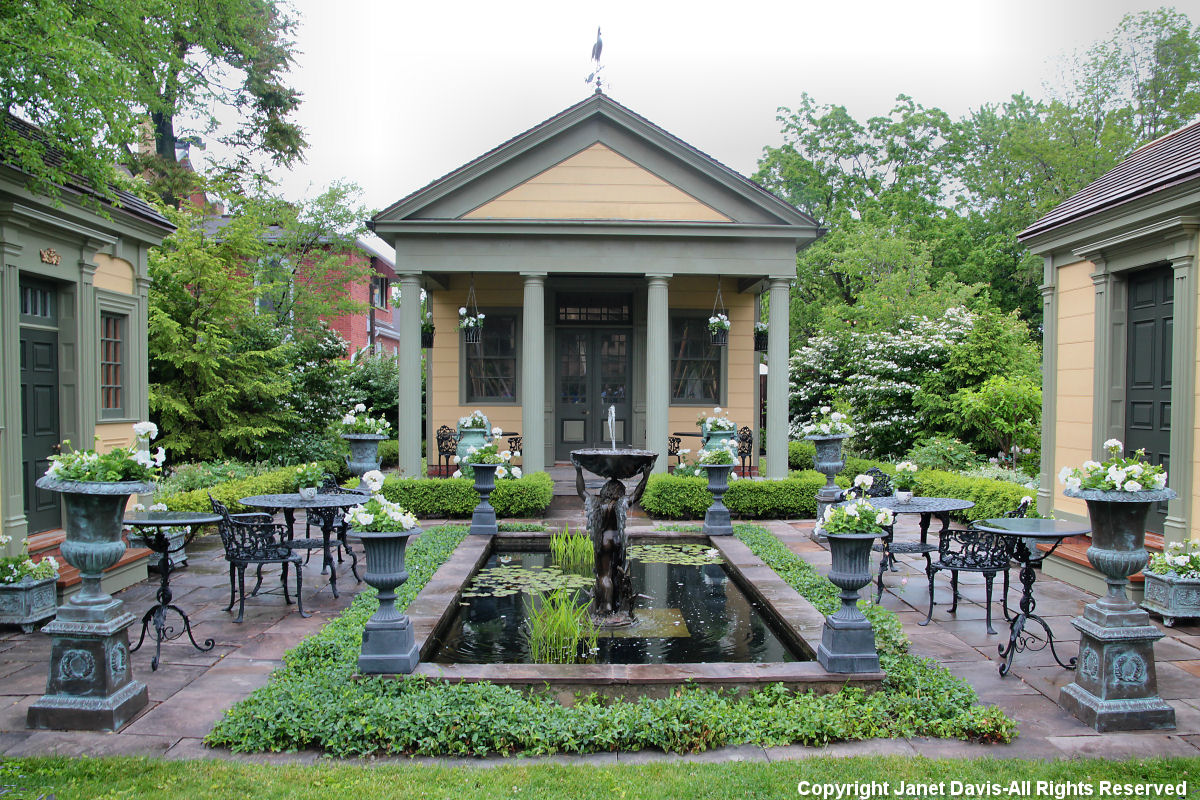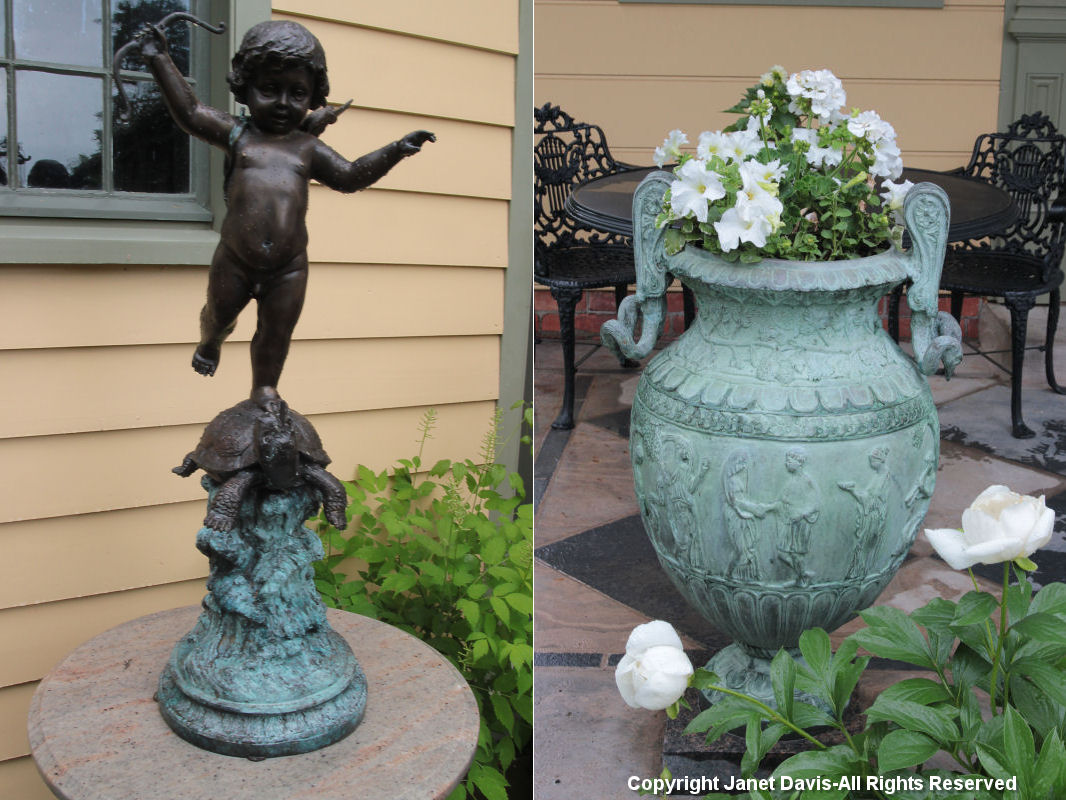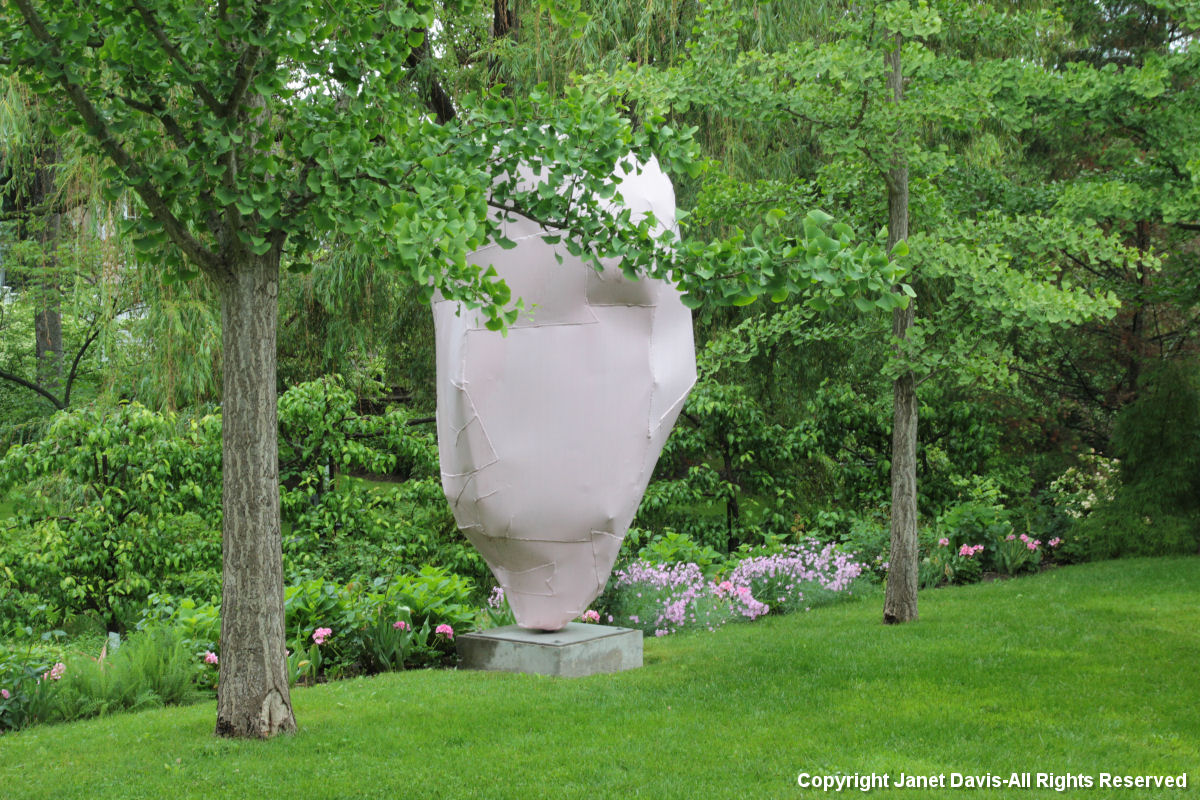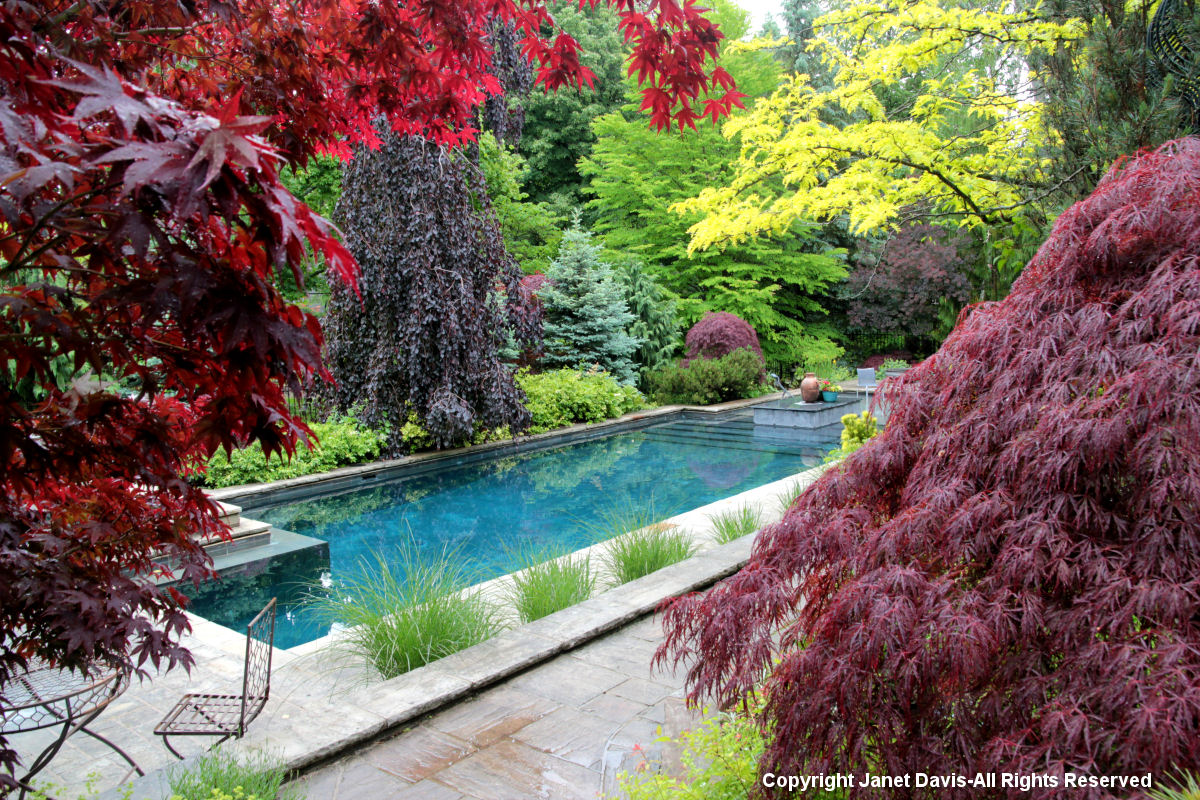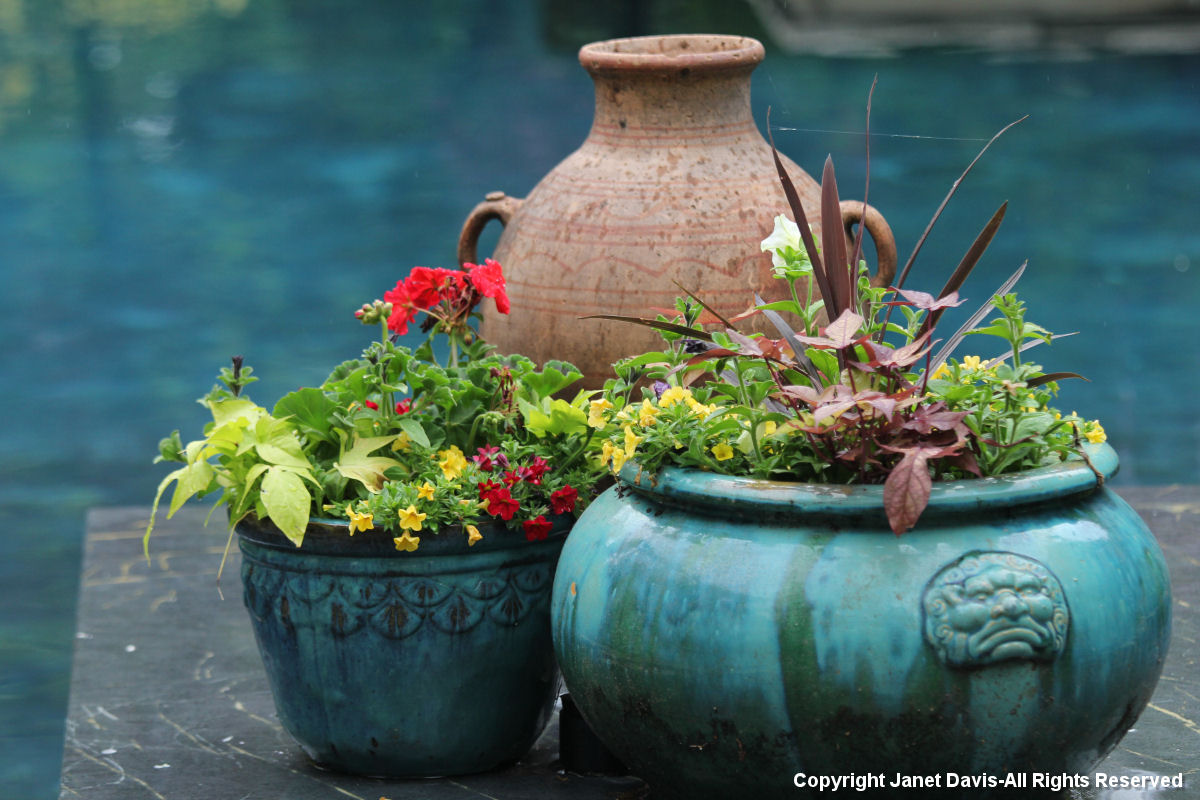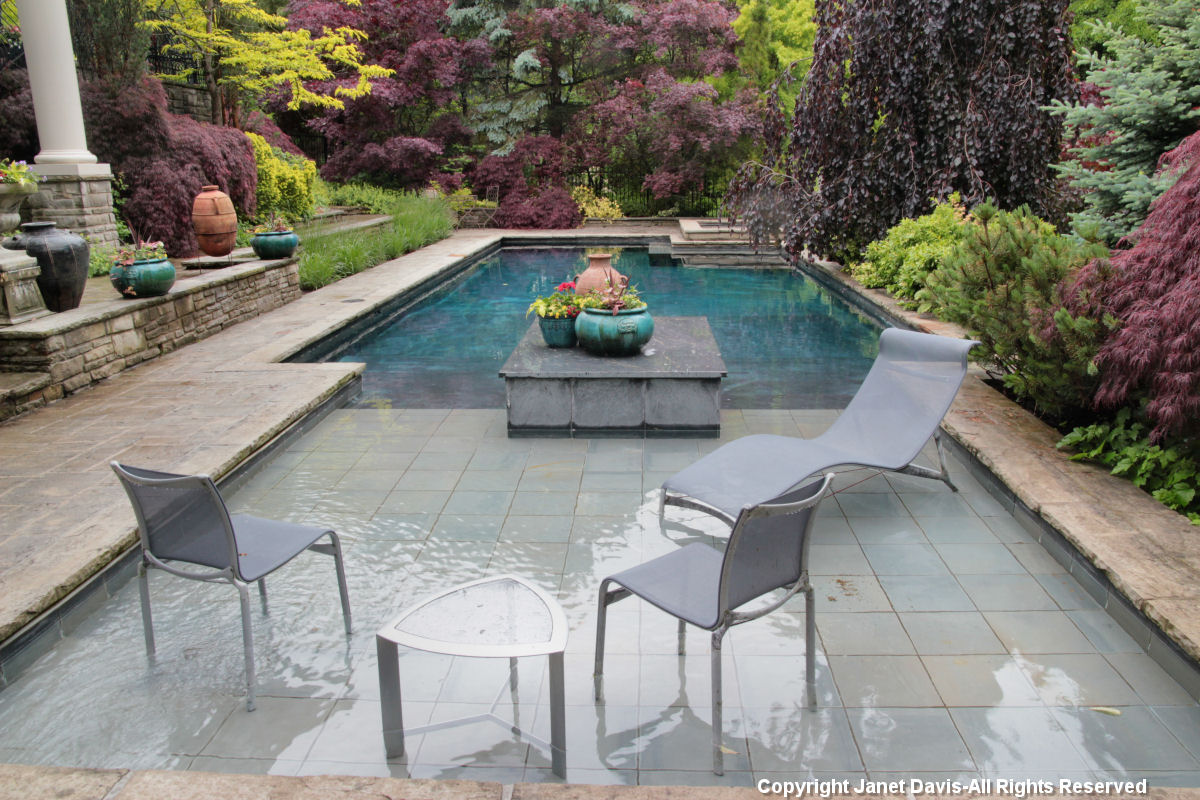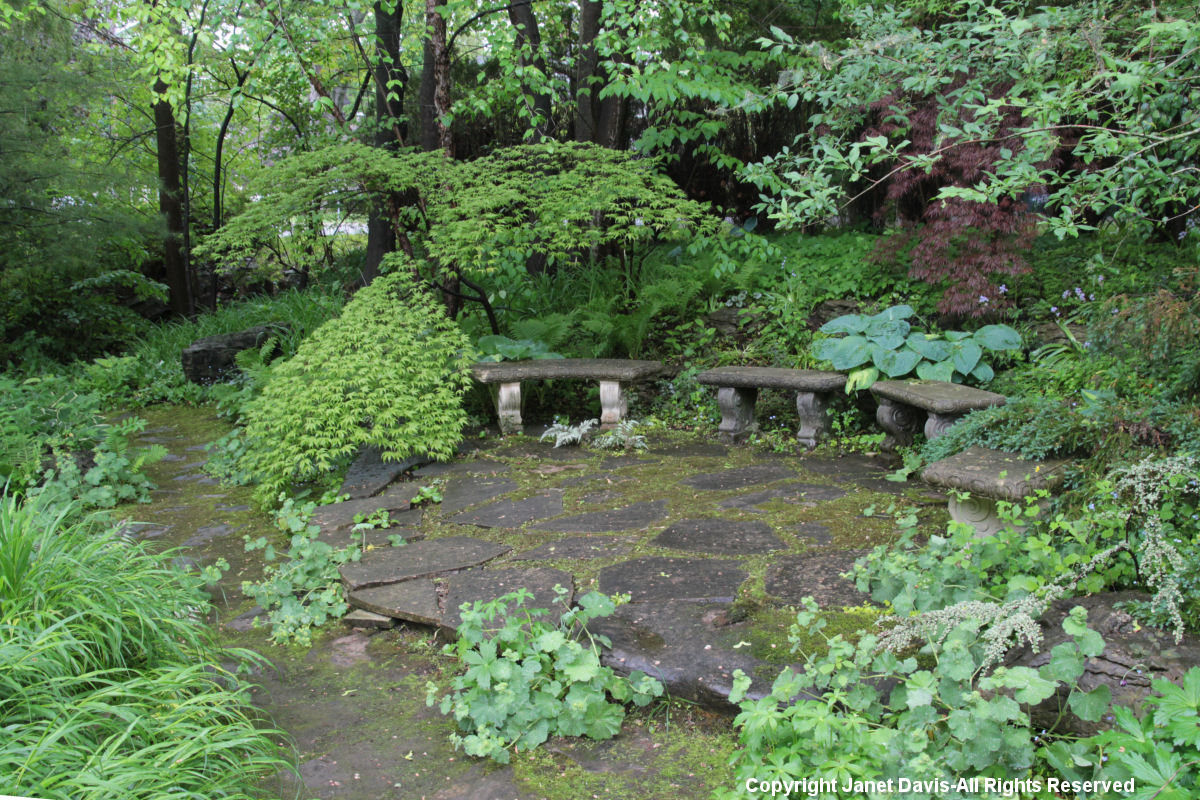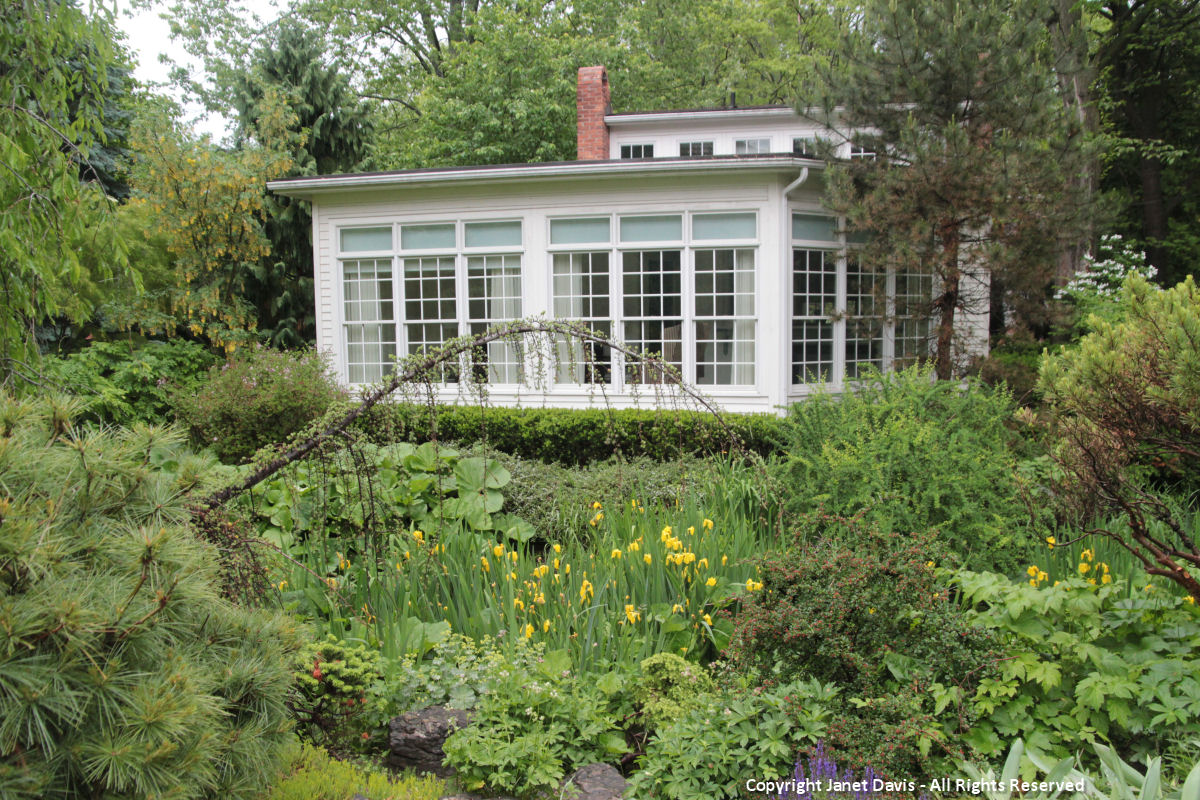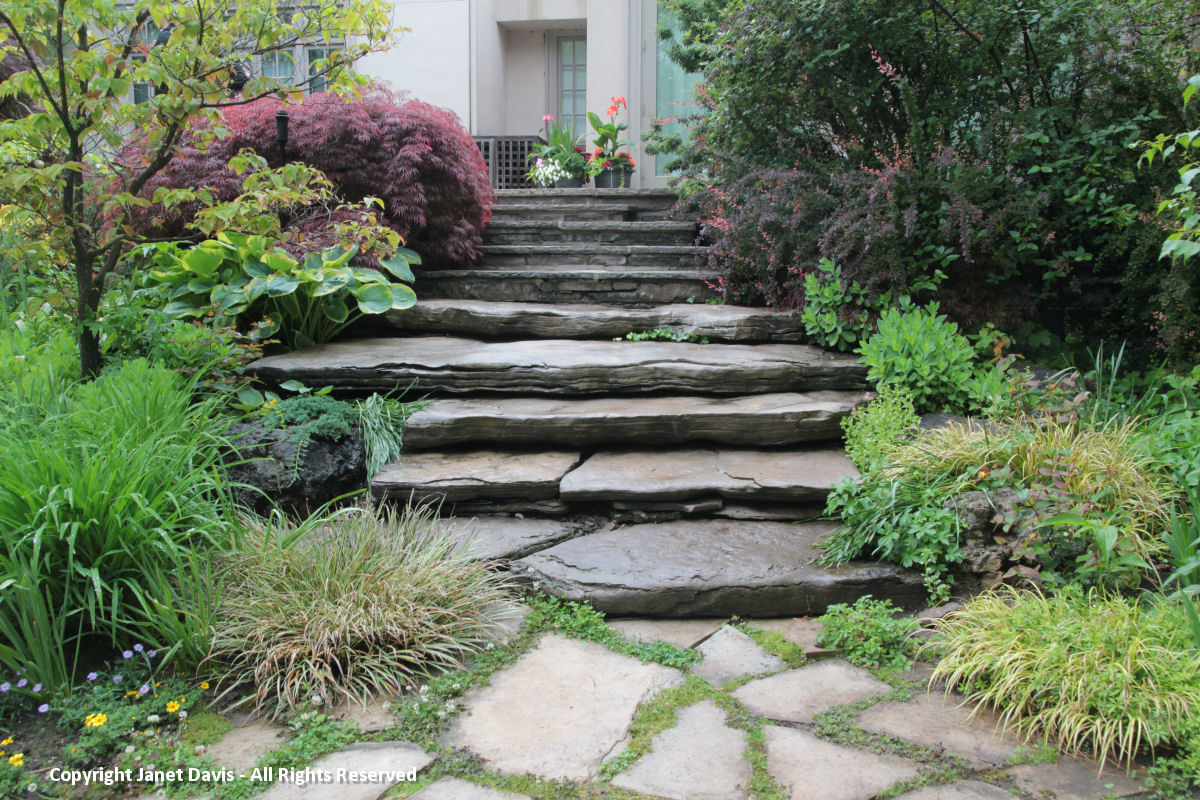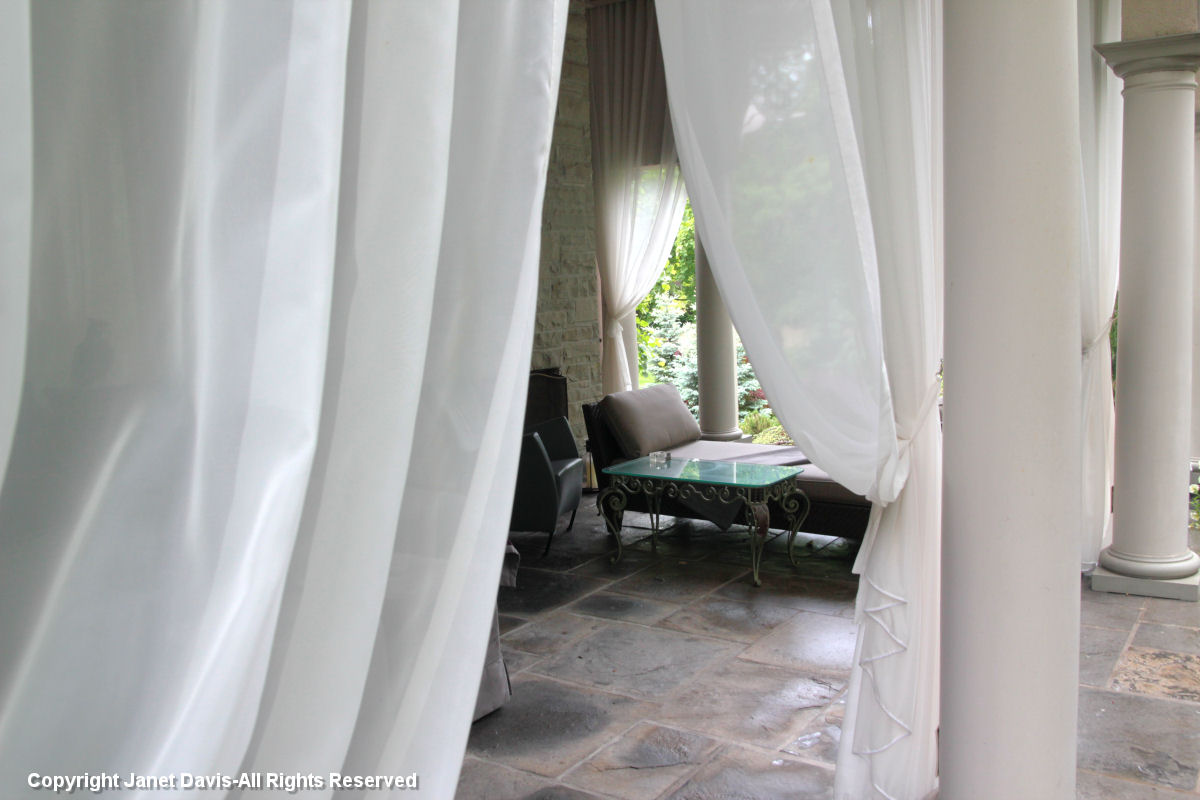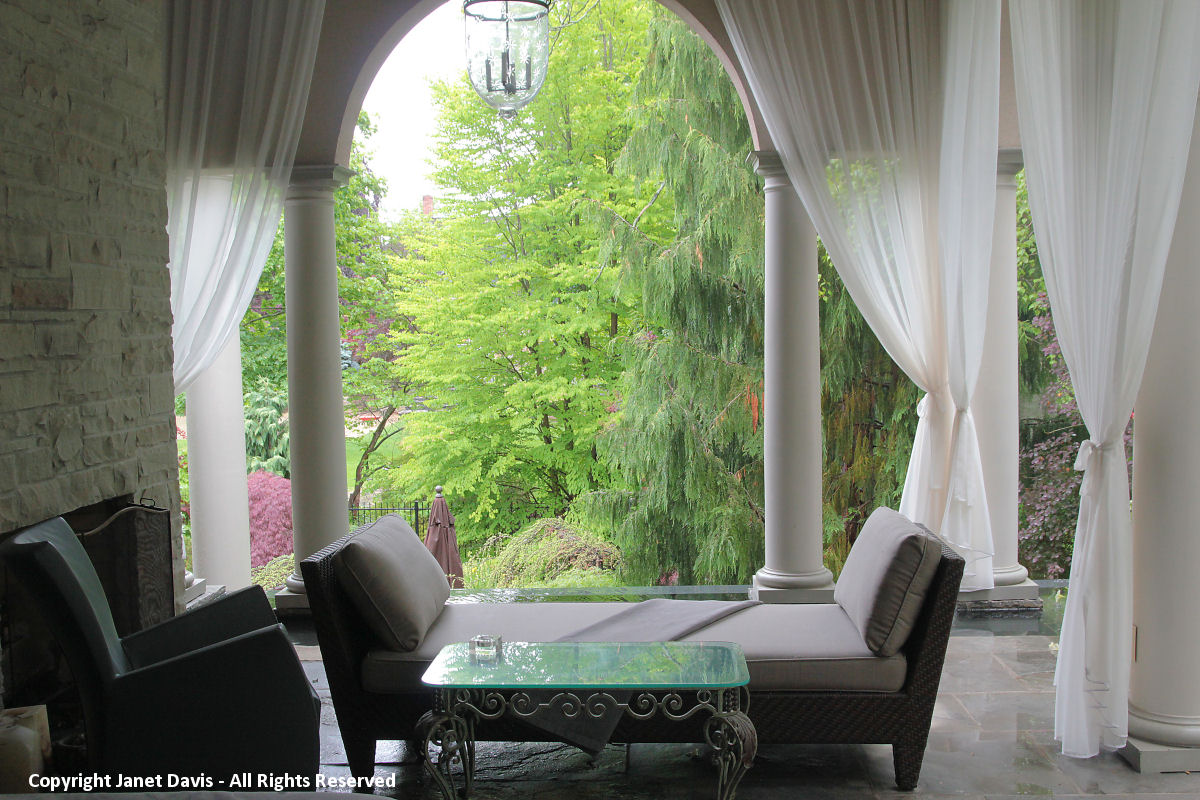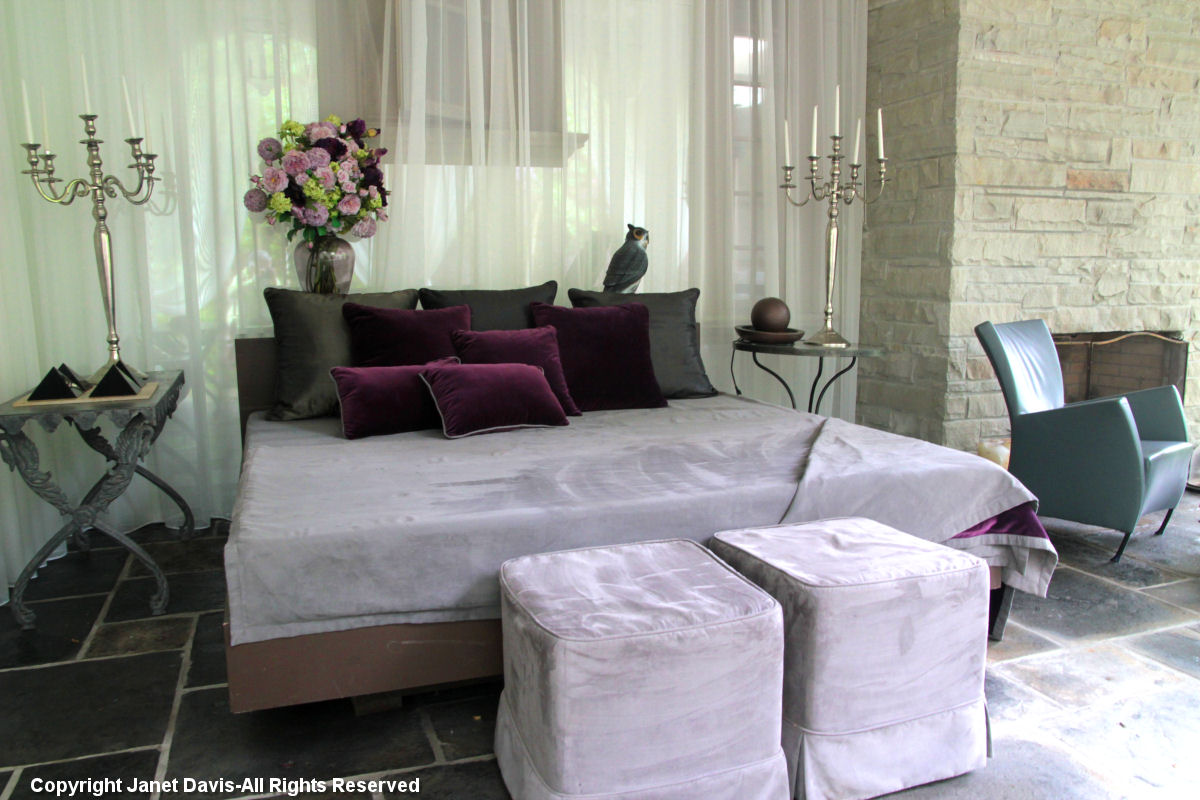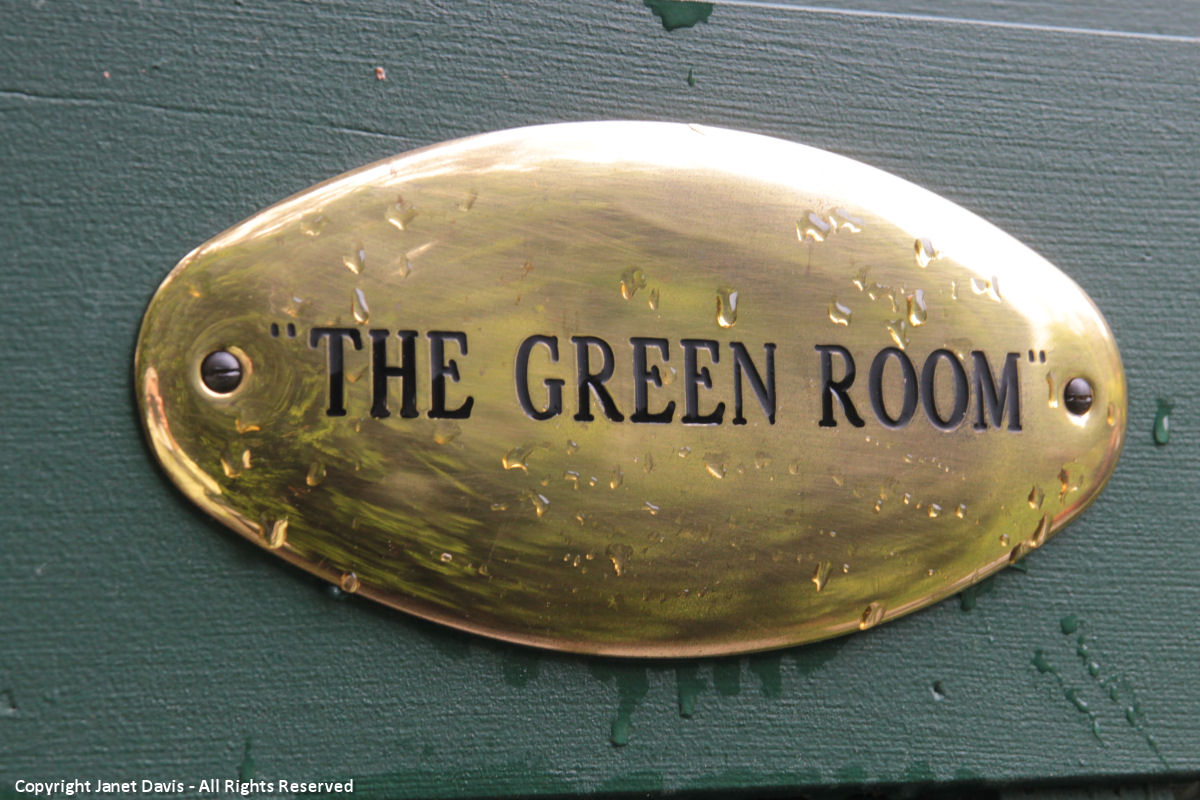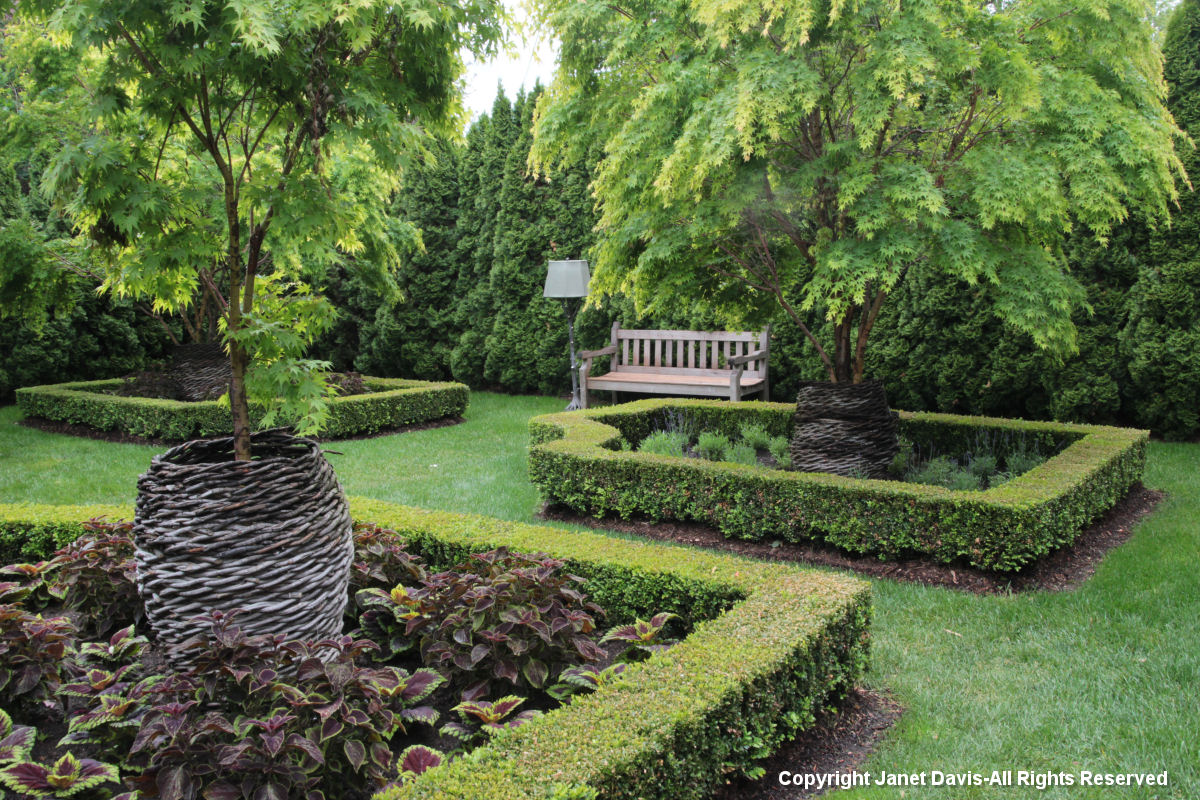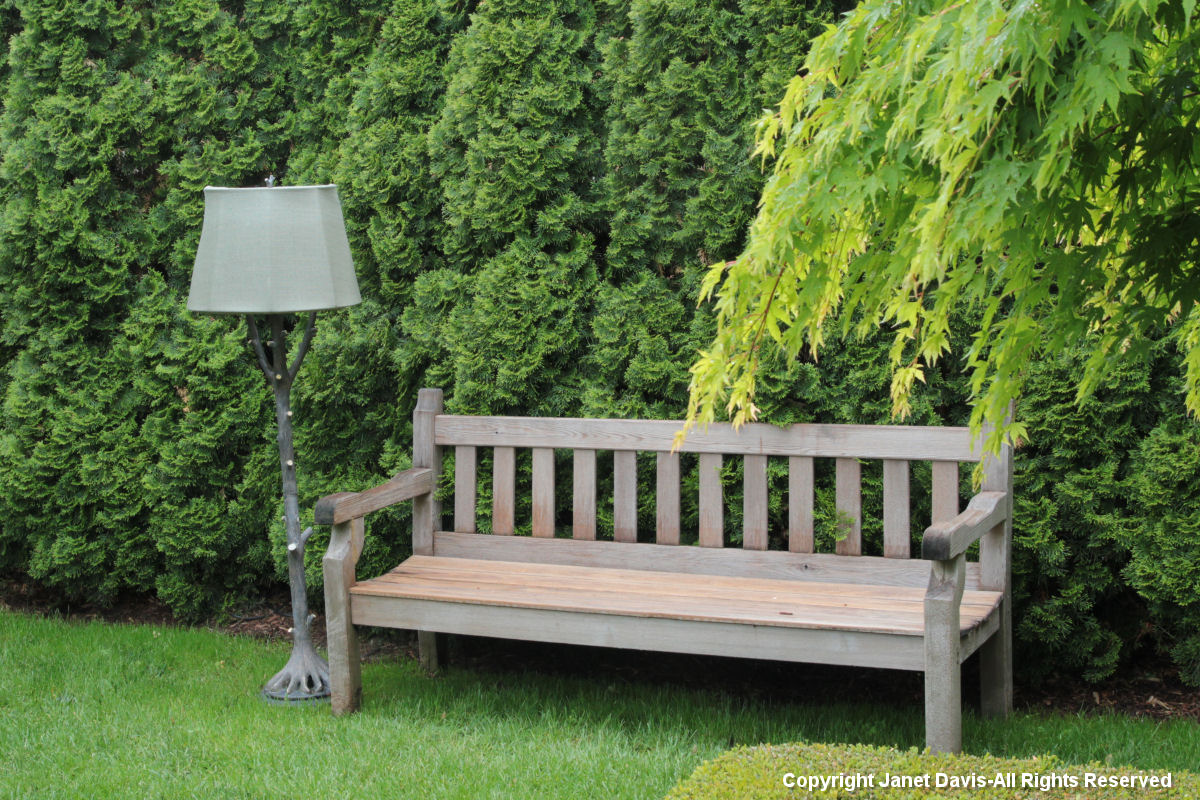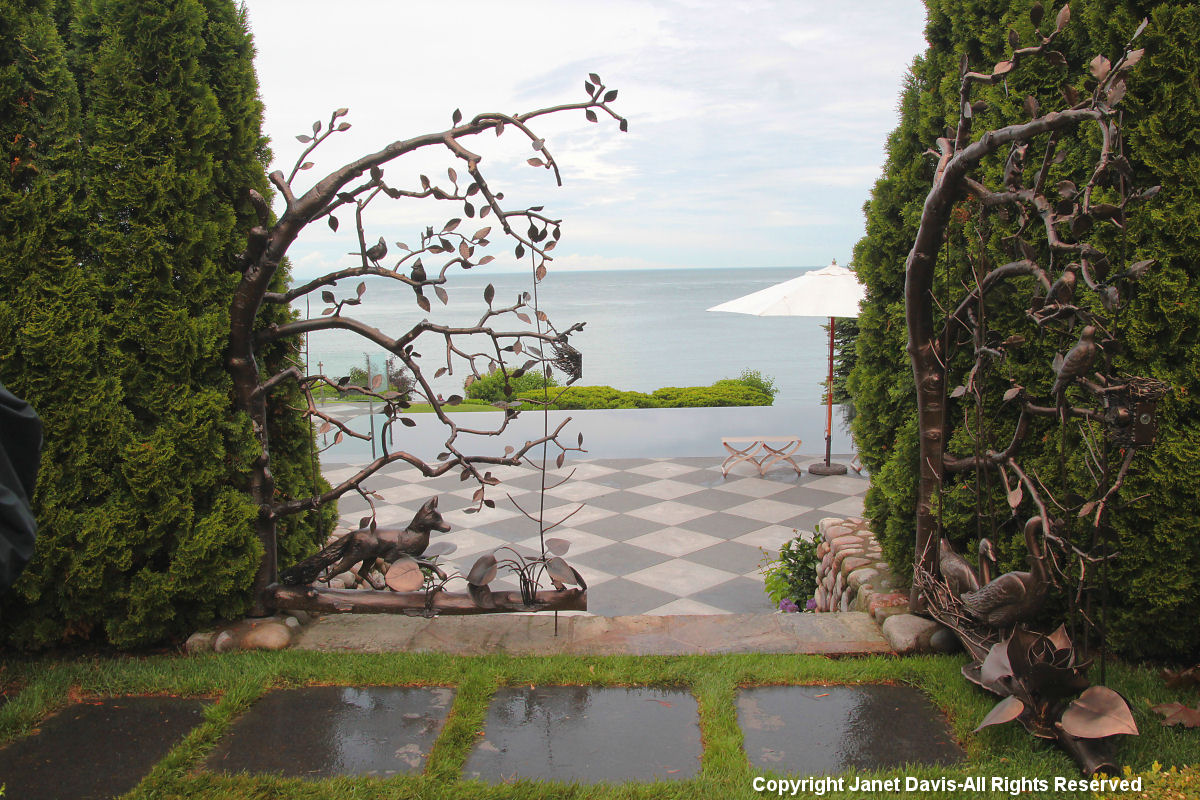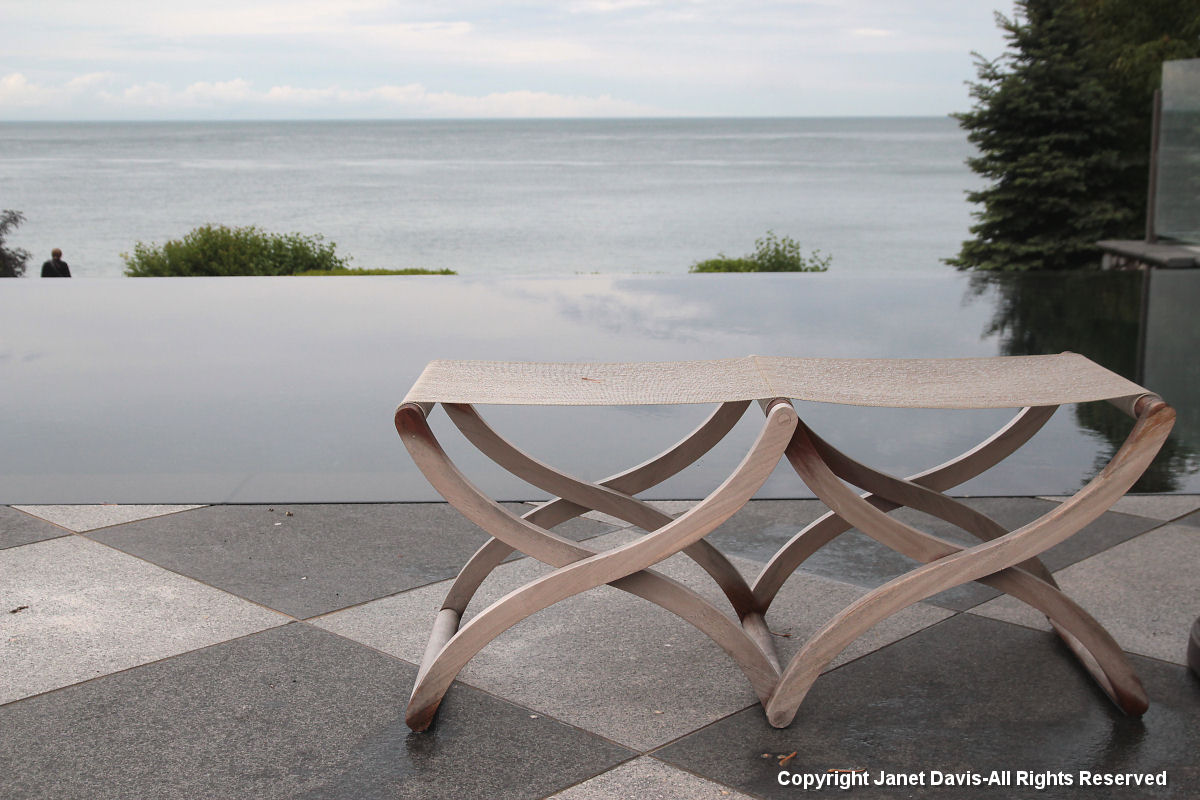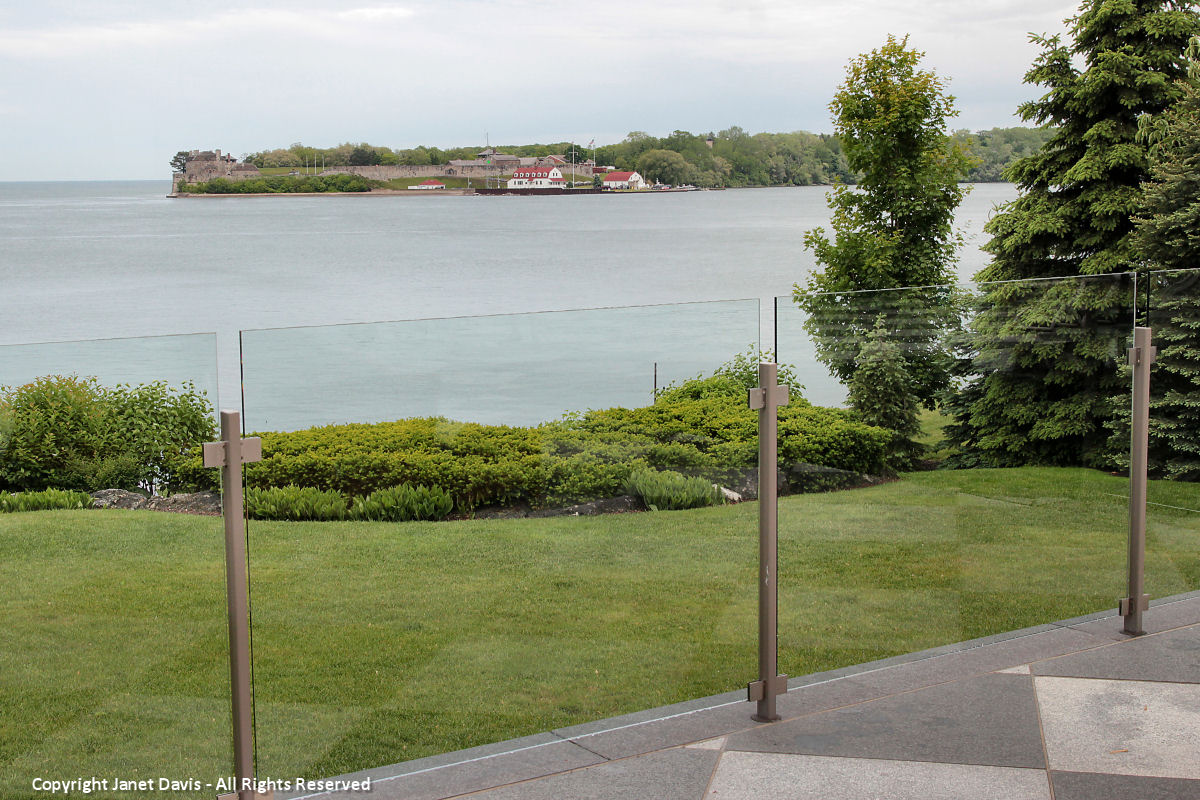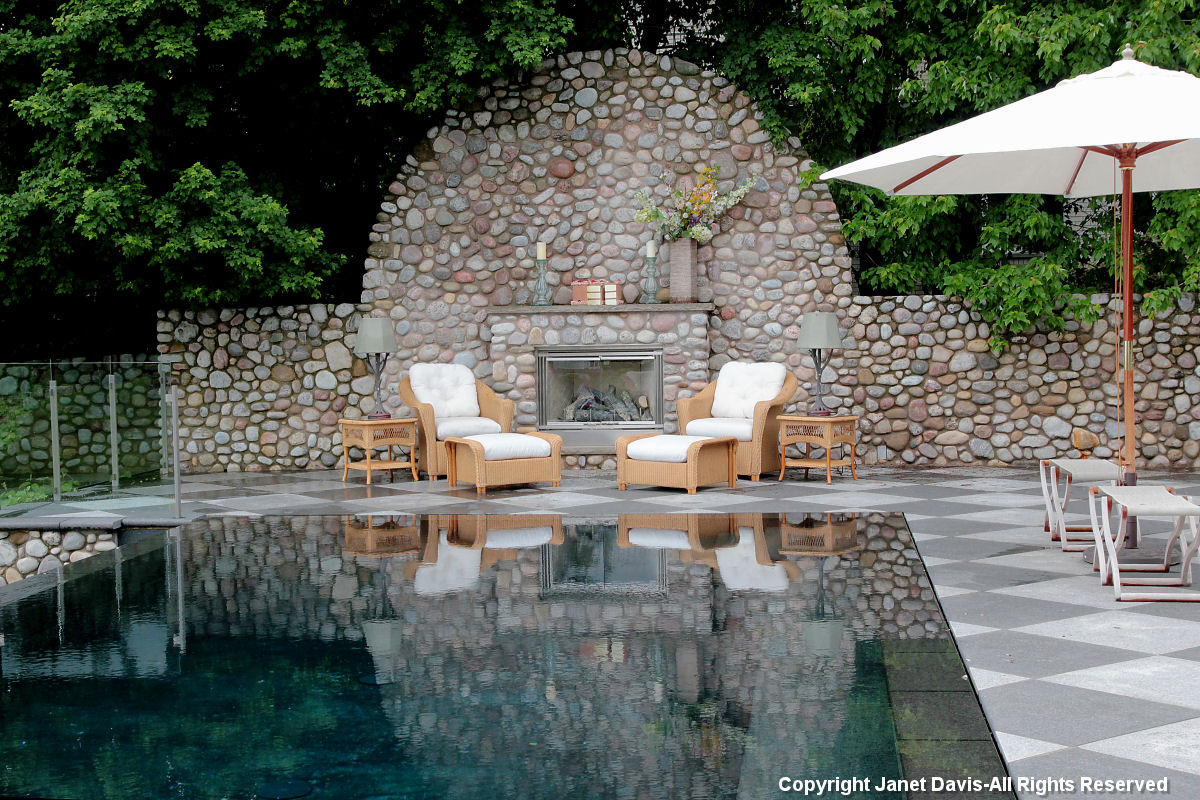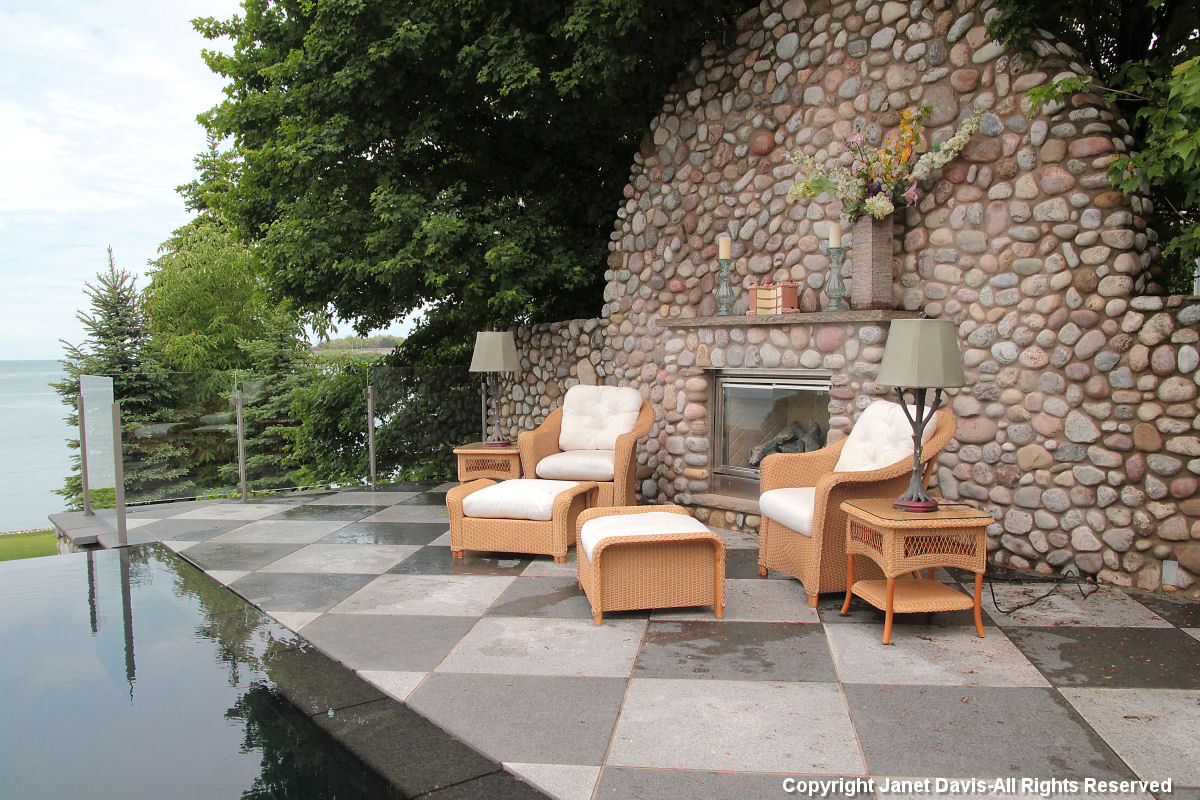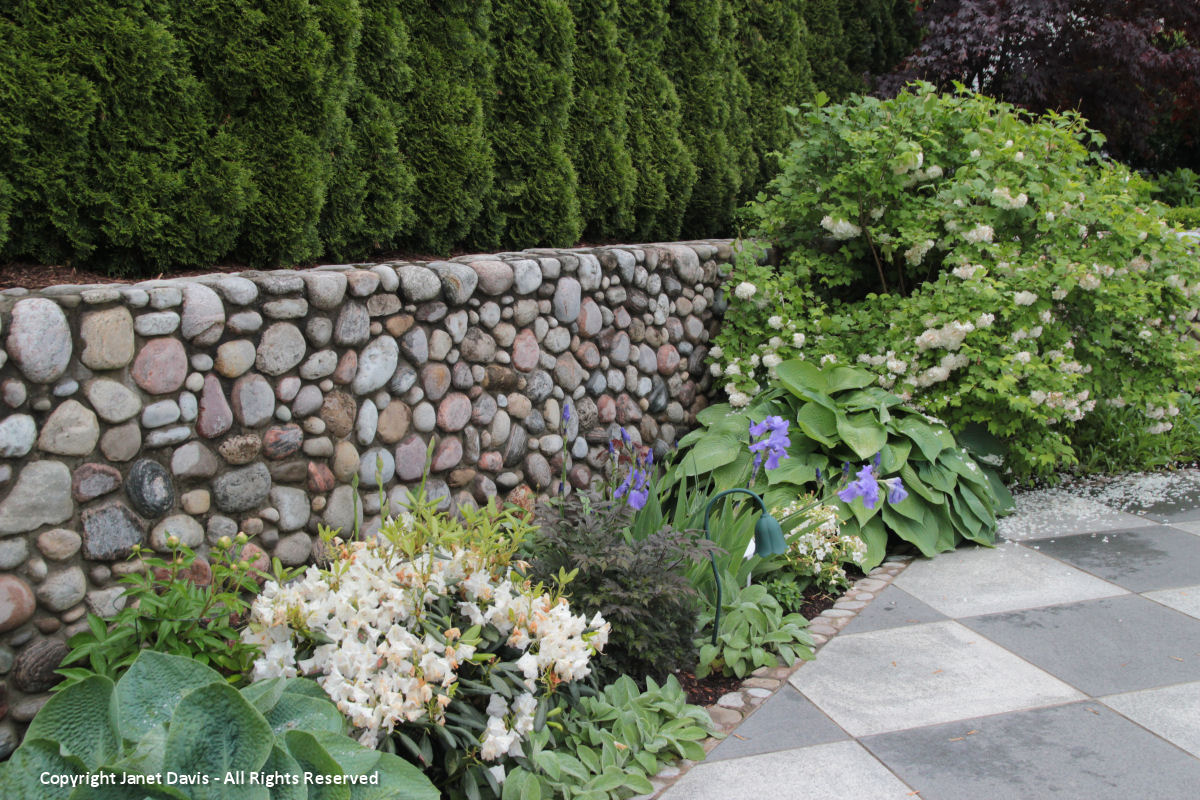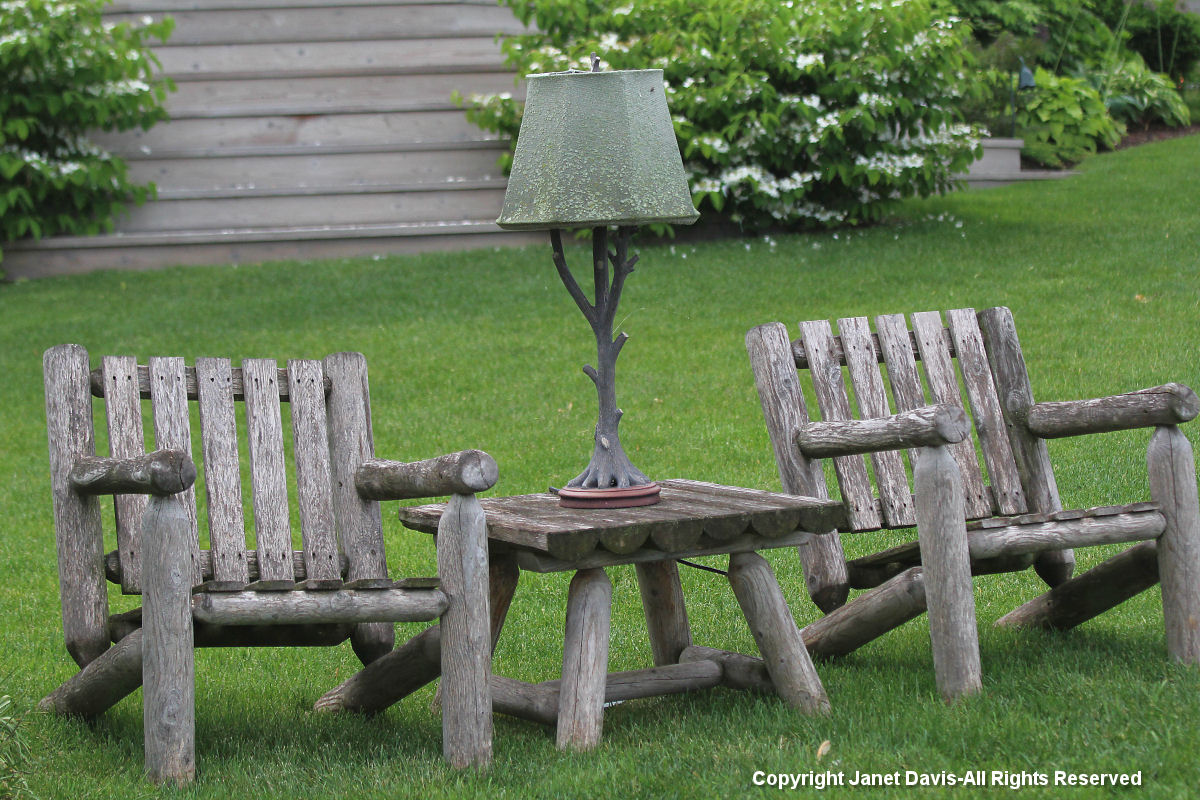We spent 3 weeks of March cruising the valleys of Chile and Argentina drinking wine. A lot of wine. Mostly sipping and occasionally spitting, of course, as one does on a wine tasting tour, but always enjoying wine with dinner and often wine with lunch. And I discovered not only that these countries are producing a lot of excellent wines in the verdant valleys at the base of the Andes, but that ‘garden’ and ‘nature’ often intersect with ‘vineyard’ in a way the piqued my personal interest. This tour with Toronto’s Steve Thurlow, after all, was a bit of a balancing equation after 3 weeks touring gardens in New Zealand in 2018, aka “Janet’s tour”. Now we were celebrating Doug’s passion, wine-collecting, while escaping a slug of nasty Canadian winter in the southern hemisphere. So…. what did we see that might interest my blog readers? Have a look below. (And I promise to get back to the last few New Zealand gardens very soon.)
Approaching Chile – We flew overnight, a 10-1/2 hour flight from Toronto, and as dawn broke over the Andes as we neared Santiago, I looked down at the most unusual cloud formation over the Pacific Ocean. Later, as we listened to various winemakers talk about the effect of marine fog and the cold Humboldt Current on grape growing, I realized that what I had seen was not cloud, but a blanket of marine fog. The Humboldt Current originates in waters north of the Antarctic circle and flows along the coast of Chile to northern Peru. It is named for Alexander von Humboldt, the 19th century Prussian naturalist who explored South America and recorded the temperatures of the current in his 1846 book Cosmos.
Santiago, Chile – We spent a few days in Chile’s capital and took a hop-on-hop-off bus to gain a fast understanding of this city. With a population of 7-million (2017 figures) across its 37 municipalities (conurbation) in a nation of 18-million people, it is the seventh largest city in Latin America. In the residential areas under San Cristobal hill, where I made the photo below after arriving in a cable car, it also has a lovely green canopy.
Although I saw a lot of Chilean wine palms on our trip, this view of Santiago is framed by a Canary Island date palm (Phoenix canariensis). With its central Chile location, Santiago has a semi-arid Mediterranean climate.
That night, I had my first pisco sour cocktail at the rooftop bar of the Magnolia Hotel, where we stayed. Here we see containers of society garlic (Tulbaghia violacea), which we would see used prolifically in many more Chilean gardens.
Veramonte, Casablanca Valley, Chile – After driving out of Santiago via a tunnel through the coastal mountains, we visited our first winery. In the gardens here, I saw old favourites, goldenrod (Solidago sp.) and Russian sage (Perovskia atriplicifolia). Like many vineyards, Veramonte subscribes to sustainable practices and encourages an ecological balance, which includes gardens…..
….. and ponds for birds that eat insects, and often…..
….. the inclusion of native Chilean plants like romerillo (Baccharis linearis), which we saw along the highways.
The mountains are never far away from Chilean vineyards, and often grapes are grown on steep slopes of the foothills.
There were also the brown bracts of artichokes…..
…. and of course, lots of luscious grapes, like these bunches of Syrah. If you go to Chile in March, you hit the middle of harvest time (the equivalent of our September), which begins with Sauvignon Blanc and ends with Carmenere.
Concón, Chile – After our lunch at Veramonte, we drove to the seashore near Concón, where our hotel for the next 3 nights, the Radisson Blu Acqua Hotel, featured crashing waves right below our window…..
…..and an amazing living wall over the parking lot.
Casas del Bosque, Casablanca Valley, Chile – This vineyard, which we visited the following morning, featured a pretty garden…..
….and a shrub/small tree we would see a lot in Chile, crape myrtle (Lagerstroemia indica).
Like New Zealand, we saw our fair share of agapanthus too.
Viña Emiliana, Casablanca Valley, Chile – Our luncheon tasting was at this organic, biodynamic vineyard which featured some principles like planting and pruning according to the moon phases, using interplantings of nitrogen-enriching legumes, etc. They had water gardens…..
…. and baby alpacas! That pretty plant in the photo below is Mexican sage (Salvia leucantha); we would see a lot of that in Chile and Argentina, too.
I bought my only wine here, a really lovely Rosé which I served last weekend for Easter dinner. (Plus I loved the wrapping!)
Viña Casa Marin, San Antonio Valley, Chile – It was a thrill to visit this winery and meet Maria Luz Marin, aka Marilu, Chile’s first female oenologist. There I am in green raising a glass of a very nice Sauvignon Blanc.
Valparaiso, Chile – An evening visit to Valparaiso saw us touring part of this historic city on foot, and using the 1893 Artillería ascensor or funicular railway to negotiate one of the many hillsides.
Valparaiso was the main port of Latin America for goods from Europe until the construction of the Panama Canal, after which its fortunes declined. It is still a major port and we looked out on the view of the harbour…
…. which was very busy with containers being loaded.
Walking up and down city streets, the decline is still evident through the city, though it is now enjoying a renaissance as a cultural centre. It is also a UNESCO heritage site.
Sweet little gardens adorned brightly painted houses.
Street art is a big thing in parts of Valparaiso. I loved this staircase leading to one of the more famous mural lanes. It says Tu no puedes comprar al sol – “You cannot buy the sun.”
This painting “Young Girl’ by France’s Mr Papillon for Hostel Voyage is famous in street art circles.
And how about these little pop bottle windowboxes?
Viña Chocalán, San Antonia Valley, Chile – We enjoyed our morning tasting at the Malvilla vineyard of the Toro family winery Chocalán…
…..one of two vineyards owned by the Toros, who began 60 years ago as wine bottle producers.
We sipped whites and rosés in the shade of a grape-laden pergola…….
…. followed by a winery tour with Aida Toro, who encouraged us to taste the Sauvignon Blanc grapes. While ripe wine grapes usually taste sweet and delicious, it’s the complex development of tannins and other factors that separate the wine from the grape.
We had a second Chocalan tasting indoors, in a room with a wonderful view of the mountains.
We finished with a lovely lunch at a long family table out in the vineyards where we enjoyed a delicious barbecue and more wine.
Cono Sur Vineyards and Winery, Colchagua Valley, Chile – This big operation, owned by Concha Y Toro, was our first winery in the Colchagua Valley. It was a hit with our group, not just for the lovely 19th century guest house that serves as the reception area…….
….. but for the bicycles they offered to let guests cycle out to the distant vineyards, just as the grape pickers still do today.
Two decades ago, Cono Sur (named for the ‘southern cone’ of Chile) switched to sustainable agriculture practices, featuring integrated vineyard management and carbon footprint reduction. They use sheep to curtail weeds and geese to eat a beetle that harms spring grapes. The geese are kept caged at night at night in spring against foxes and later in the season because they love the taste of ripe grapes.
Cono Sur also uses native species as companion plants to introduce an ecological balance to the vineyard, much like the natural hedgerows of British farm fields. Shown here are salvia roja (Salvia microphylla) and the Chilean pepper tree (Schinus molle). Nearby was sweet-scented lemon verbena (Aloysia virgata).
We were fortunate to see some of the manual and mechanical wine-sorting at Cono Sur during our visit. Leaves, rachis (the main bunch stem) and individual grape stems are composted outdoors over the Chilean winter and the compost is then used to feed the grapevines.
Here’s a look at some of the Cono Sur winery harvest action, and the tasting remarks of one of the winery’s winemakers, Carol Koch.
Yes, we tasted each one of these wines…..
…..followed by a delicious lunch featuring an unusual, beautiful and delicious avocado-frosted savoury torte.
Viña Ventisquero, Colchagua Valley, Chile – We were told to wear comfortable shoes for our late afternoon visit to this hillside winery……
….. and as I walked up the switchback dirt road in my sparkly flip-flops, I kicked myself for leaving the hiking shoes at the hotel.
Note that many of the vines here are single staked, rather than trained laterally. This is common on steep hillsides.
Ventisquero means an exposed, windy place on the mountains and this lovely vineyard aerie gave us a spectacular view of the surrounding valley.
Thanks to tour member Kathy who captured me photographing the vineyard.
Our evening ended with a stunning sunset. 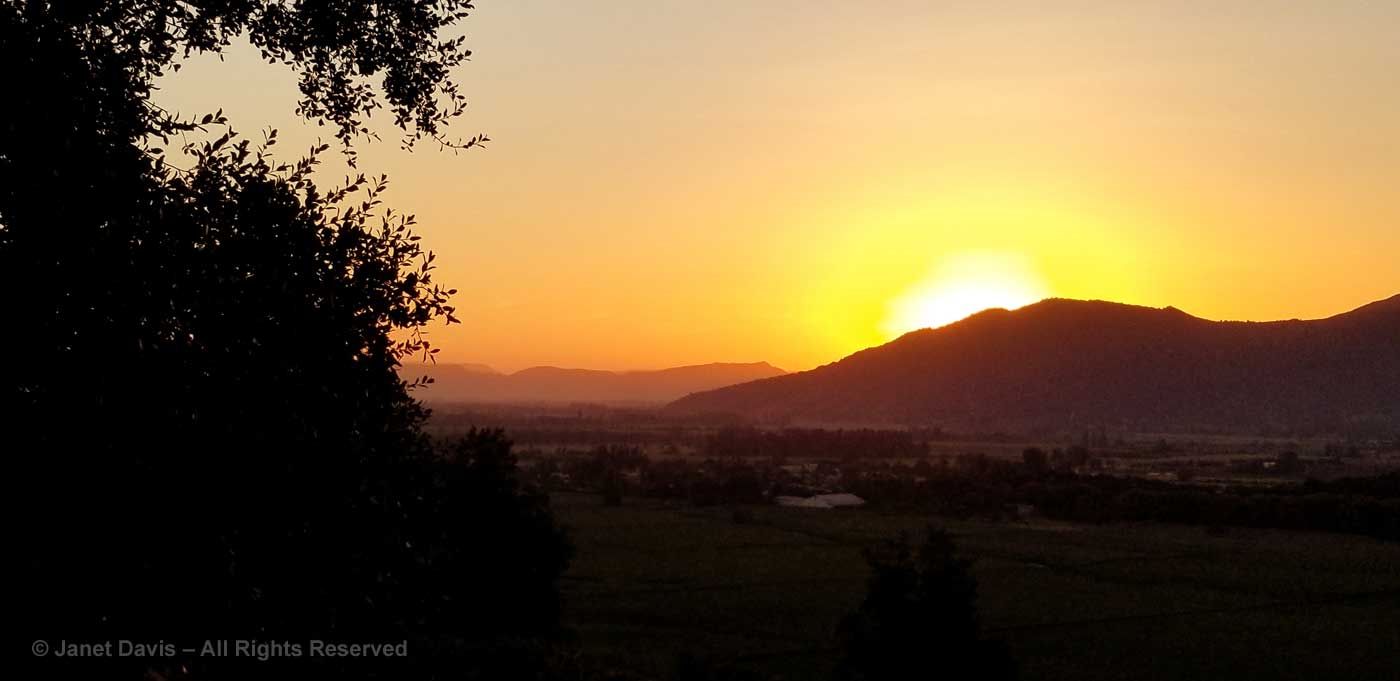
Viña MontGras, Colchagua Valley, Chile – This winery stop was such fun because their own guide, Marcelo, was a born entertainer. He quizzed us constantly.
Out in the vineyard, he taught us the shapes of the various varietal leaves.
In the winery, he gave us a ‘tasting’ quiz (including ungainly photo of the blogger, below) and asked us to guess. It was easy: ‘Sauvignon Blanc’.
Chile suffered a devastating earthquake in 2010. (In fact, Chile is the site of the most powerful earthquake ever recorded, the May 22, 1960 Valdivia 9.5 Mw earthquake, which left 2 million people homeless.) At our lunch after our tasting in the courtyard, our attention was drawn to the earthquake-mitigating beam joints in MontGras’s building construction. 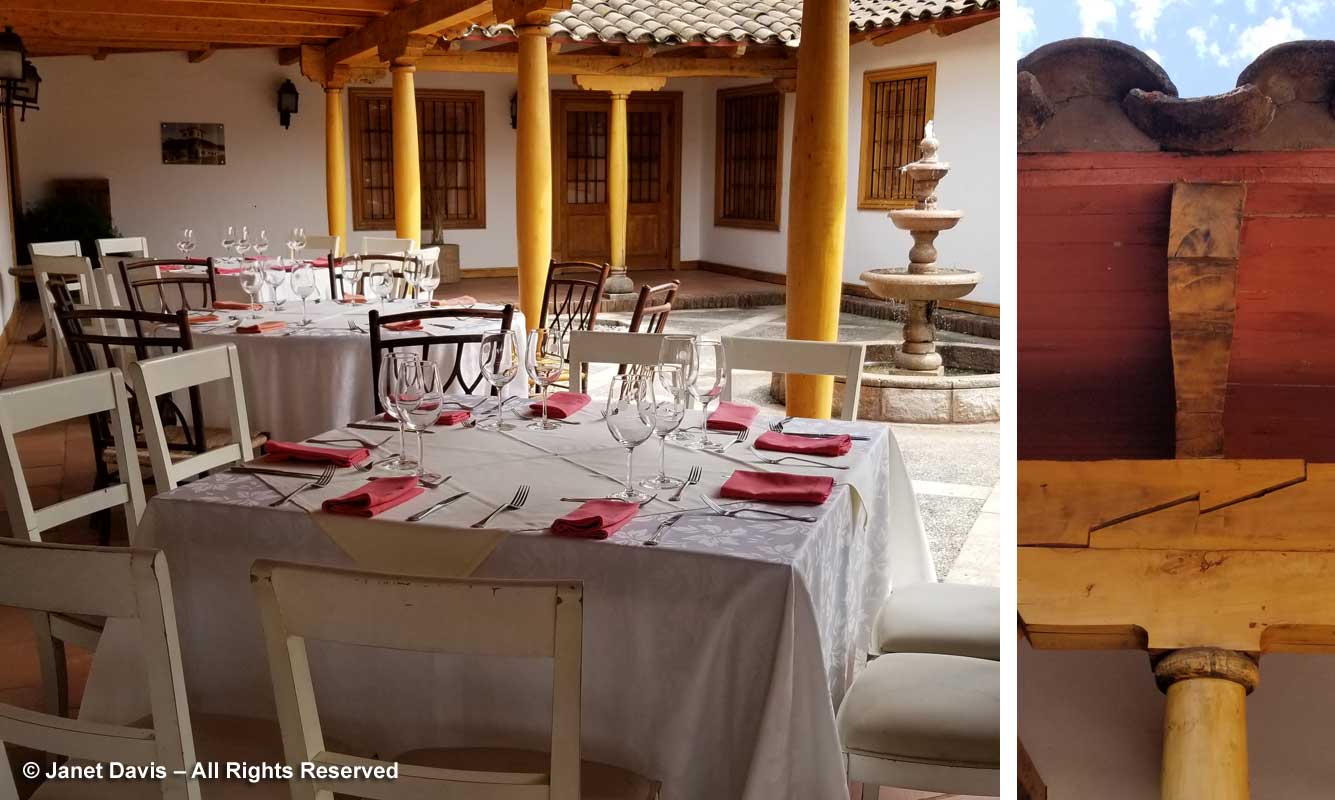
Viña Montes, Colchagua Valley, Chile – Our last visit in the Colchagua Valley was to Aurelio Montes’s elegant winery.
We walked across a large ornamental pool that is used to circulate water in the winery, including a fountain in the reception area, according to Feng Shui principles.
And if you like that, you might enjoy listening to the Gregorian Chant that Montes plays constaly for the wines aging in the barrel rooms.
Montes features a multi-floor gravity flow for its winemaking, eliminating the need for pumps. You can see the orange-wrapped chutes leading to the fermentation tanks in their modern facility. Following our tour, we were bused up the hillside to an al fresco barbecue dinner.
Viña Santa Ema, Maipo Valley, Chile – Architecture was front and centre at this family vineyard…..
….. where our wine tasting included some very nice nibbles before a lunch.
Casa Real Hotel – Santa Rita, Maipo Valley, Chile – By the time we got to this venerable old hotel owned by Santa Rita wines – including its historic, 40-hectare estate garden – I was a bit wiped out. Given that we were spending two nights at this luxurious 16-room hotel, and this was our guest room….
…. including a delightful sitting room, I decided to play hooky from the next day’s tour stop, Santa Carolina wines and just hang out and investigate the property.
This is the front of the hotel, and though it was almost out of bloom, the bougainvillea draped over the cypress is reputed to be the biggest in Chile. Viña Santa Rita was founded in 1880 by the businessman Don Domingo Fernández Concha. As well as establishing his adjacent vineyards, he hired the German architect Teodoro Burchard to design this building, his summer home….
….as well as the adjoining neo-Gothic chapel….
…. especially for his daughter’s wedding.
I loved this loggia.
We toured the estate before and after our wine tasting – the smell of jasmine was intoxicating.
The garden was designed for Don Domingo Fernández Concha in 1882-85 by the French-born landscape designer Guillermo Renner (1843-1924), who was also the Director of Gardens of Santiago and the Municipal Plant Breeder and is considered to be the “father of landscaping in Chile”. It mixes elements of Italian, French and English styles.
In a spacious pond, we found a pair of black-necked songs who seemed to be singing plaintively for their supper.
Amidst the abundant orchards and citrus groves…..
…. and arboretum-like plantings of trees from around the world, like these ghost gums (Eucalyptus)….
….. was a very modern swimming pool.
A surprising feature of the Casa Real estate was a beautiful, modern museum, Musee Andino, featuring an amazing collection of pre-Columbian artifacts…
…. including pottery, textiles, sculpture, tools and a roomful of gold antiquities.
On my walk outside the estate, I looked longingly beyond a fence onto a nearby hillside where the native flora included the Chilean cactus Echinopsis chilensis. That splash of scarlet on the side of some of the cacti is not flowers but a parasitic cactus mistletoe (Tristerix aphylla). Oh how I would have loved to climb that hill!
Viña Perez Cruz, Maipo Valley, Chile – With the Casa Real as our base, we visited this nearby winery/almond plantation with the most spectacular architecture, designed by José Cruz Ovalle, who used curved laminated wood to create optimal air movement within the building….
…. and built Inca-inspired pirca stone walls everywhere!
Viña Errázuriz, Aconcagua Valley, Chile – My favourite winery was also our last one in Chile. Beautiful Errázuriz took the honours for landscape design with dramatic entrance gardens and reflecting pools leading to the original 1870 bodega and winery constructed by founder Don Maximiano Errázuriz over 15 years. The Errázuriz name is very familiar to Chileans, since four men in the family ultimately became president of the nation. The terraced hillside of the Aconcagua Valley behind is actually the base of one of the foothills of the Andes, which we would cross the next morning.
Scalloped garden beds flanked the vineyards and drew the eye towards the modern Don Maximiano Iconic Winery, built in 2010 and designed to look like a ship sailing through a sea of vines.
I loved the way the line of reflecting pools seems to extend up into the linear grape plantings. Bubblers come on intermittently to keep these pools clear.
We saw South African native society garlic (Tulbaghia violacea) in many gardens in Chile.
Designed by architect Samuel Claro out of bleached concrete, the Don Maximiano Iconic Winery was built to bring Errazuriz wines into the 21st century, using cutting edge winemaking technologies, environmental sustainability and solar and geothermal energy. It is used exclusively for Errazuriz’s high-end red labels.
Grasses and low shrubs frame the view of the vineyards from the entrance.
Inside, the process of fermentation and aging features gravity movement of fruit and liquids from the top floor to the tanks and barrels on the two floors below. All three floors can be seen in the image below.
For our Errazuriz wine-tasting, we moved to the old winery where bricks were mortared together almost a century-and-a-half ago with a mixture of egg whites and sand. The cellar rooms alone took 5 years to complete.
Casks in the old cellar are made of raulí beech (Nothofagus alpina), a native Chilean tree.
After the tasting, we moved to the outdoor restaurant where we were treated to delicious appetizers….
….. and a lovely lunch.
It seemed like a fitting place to say goodbye to Chile with a vacation snapshot of Doug and me. (And this is officially my longest blog ever…..)
Next up on the tour: Through the Andes into Argentina.


